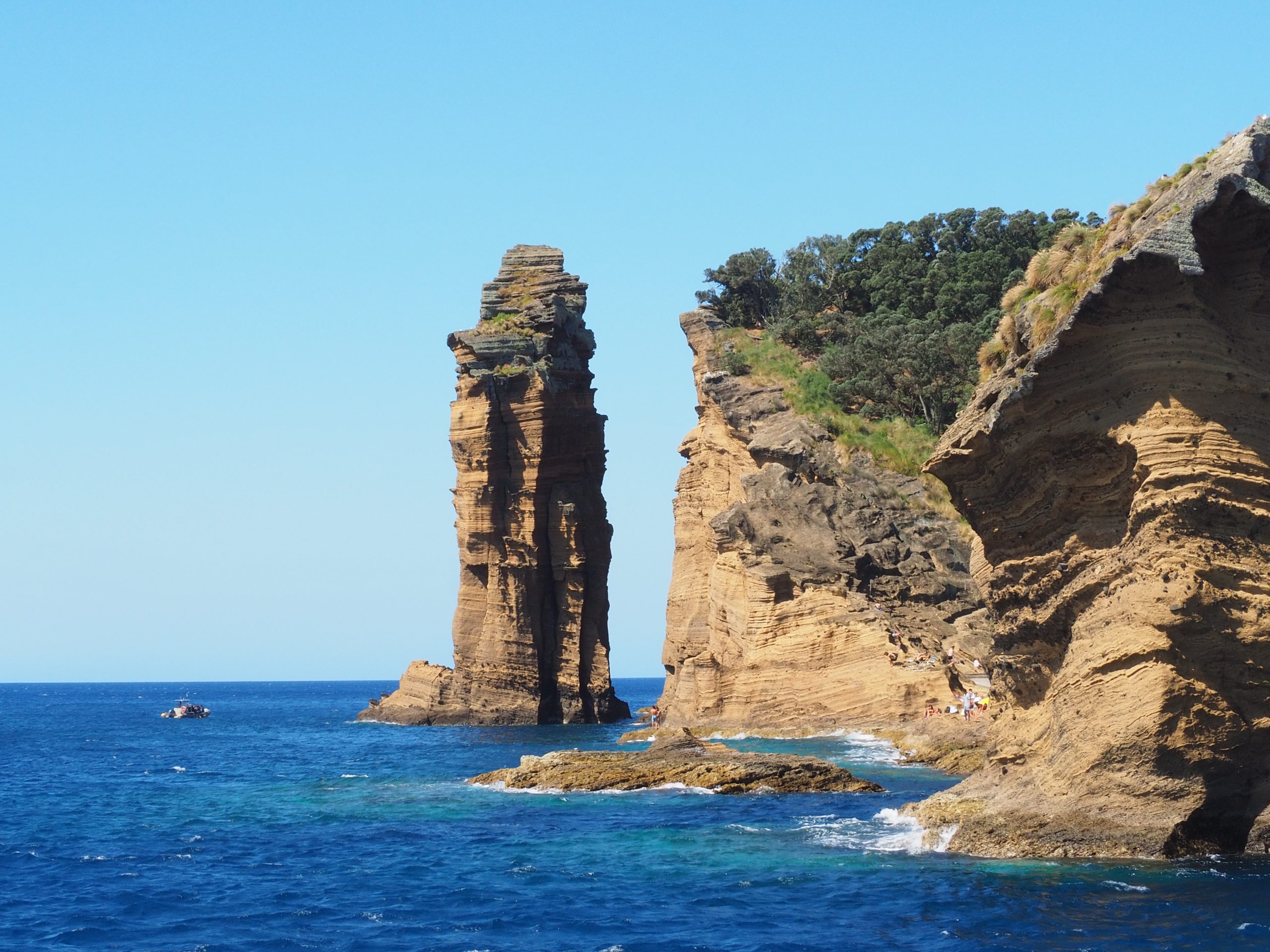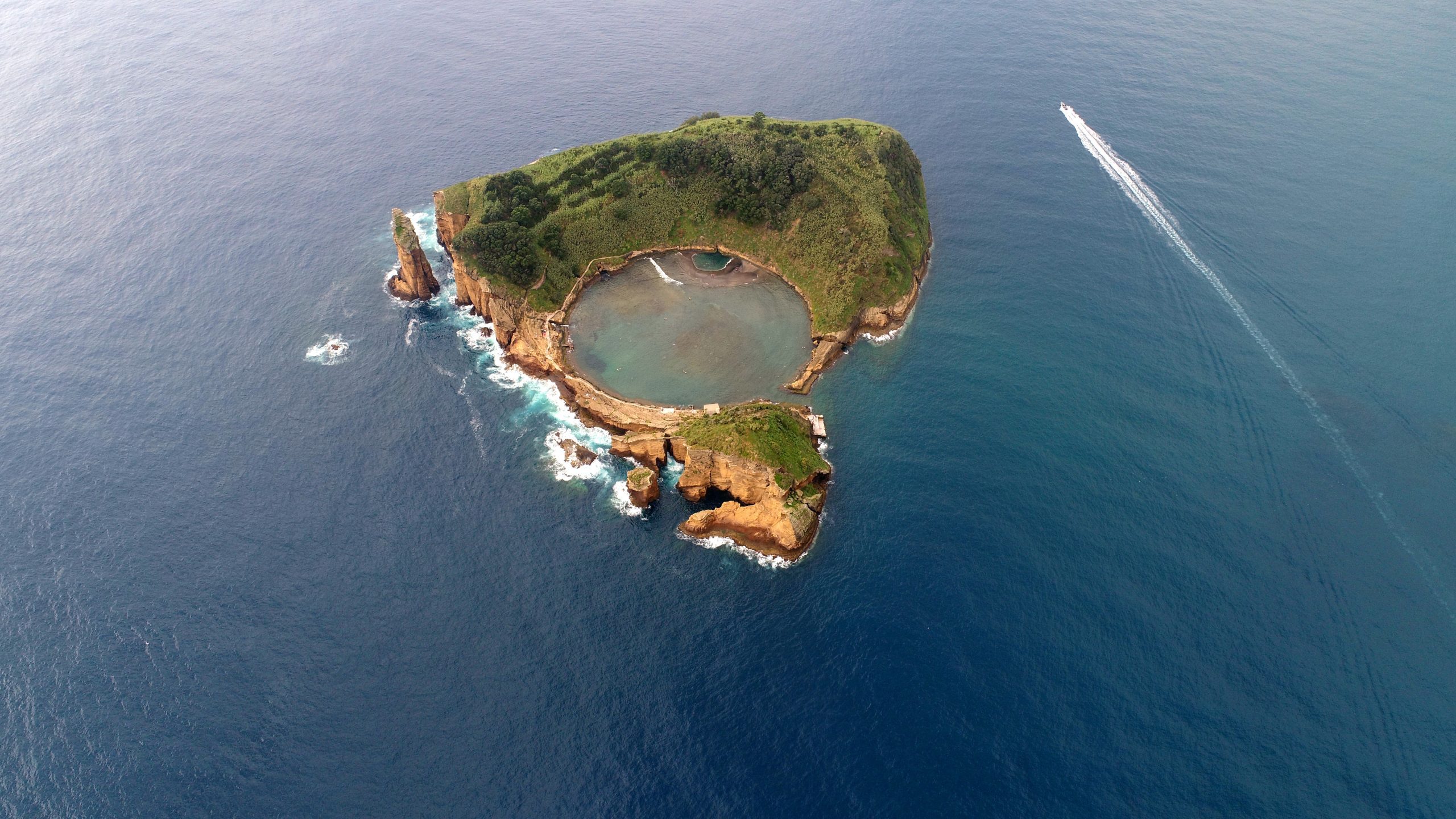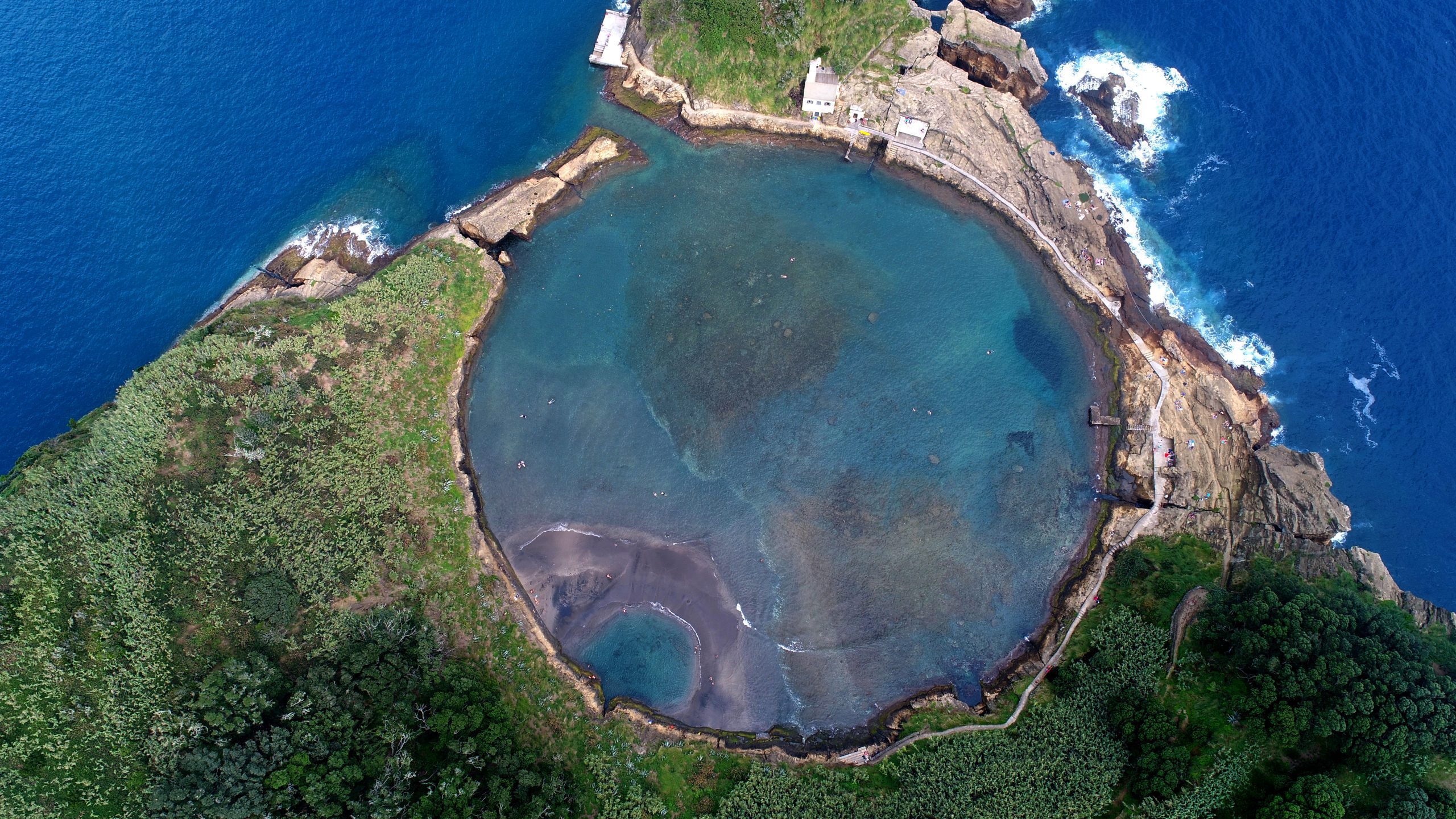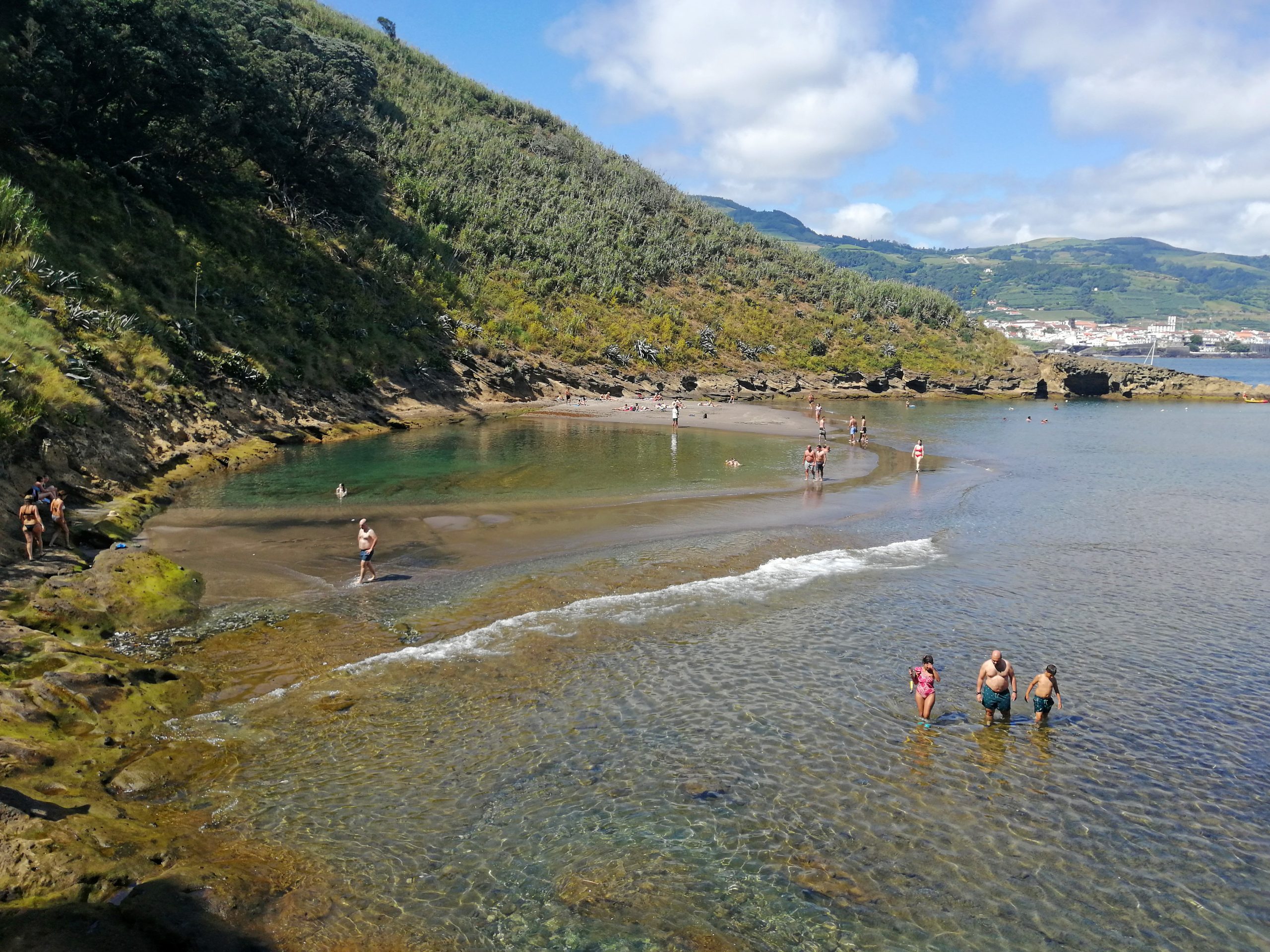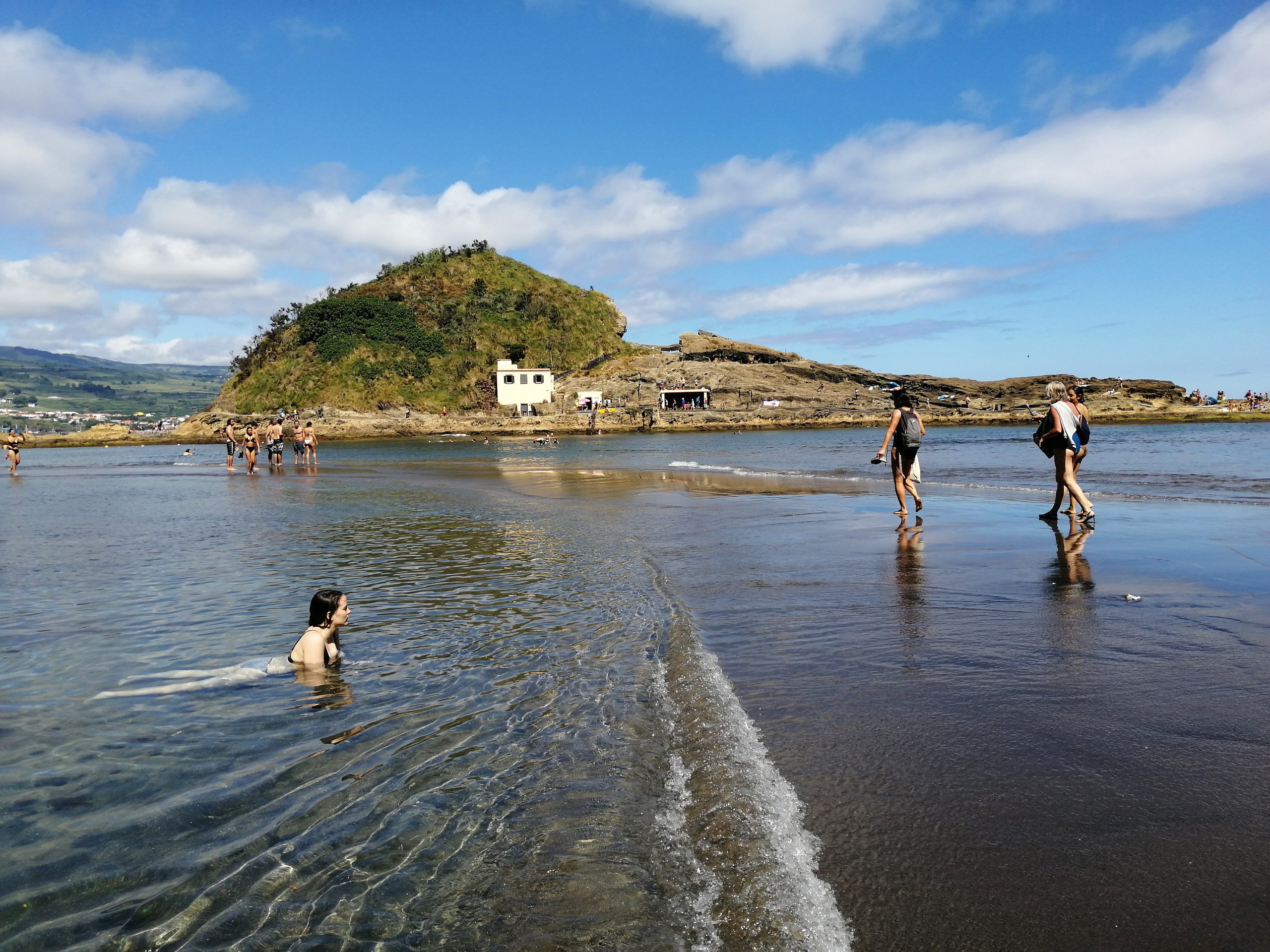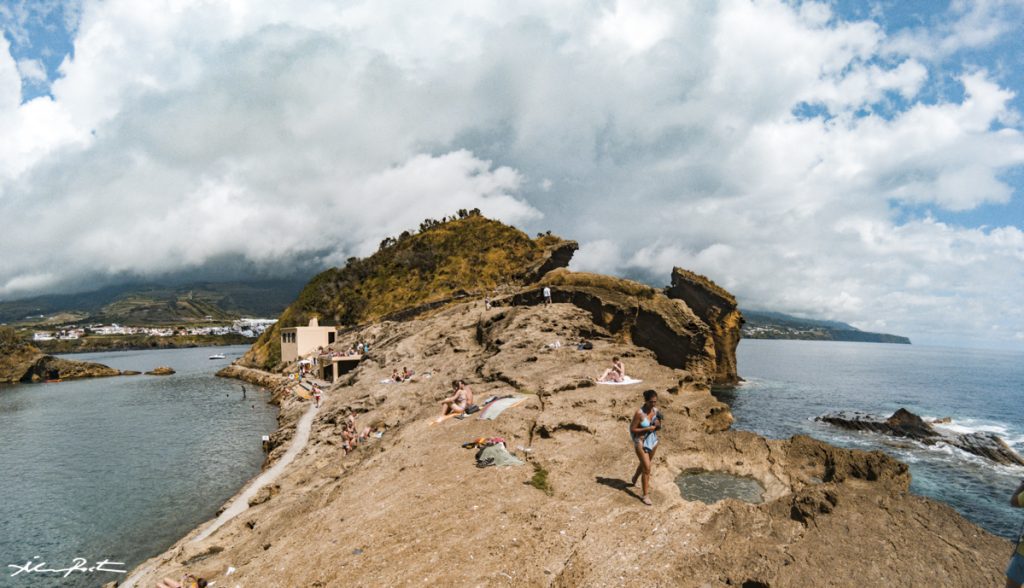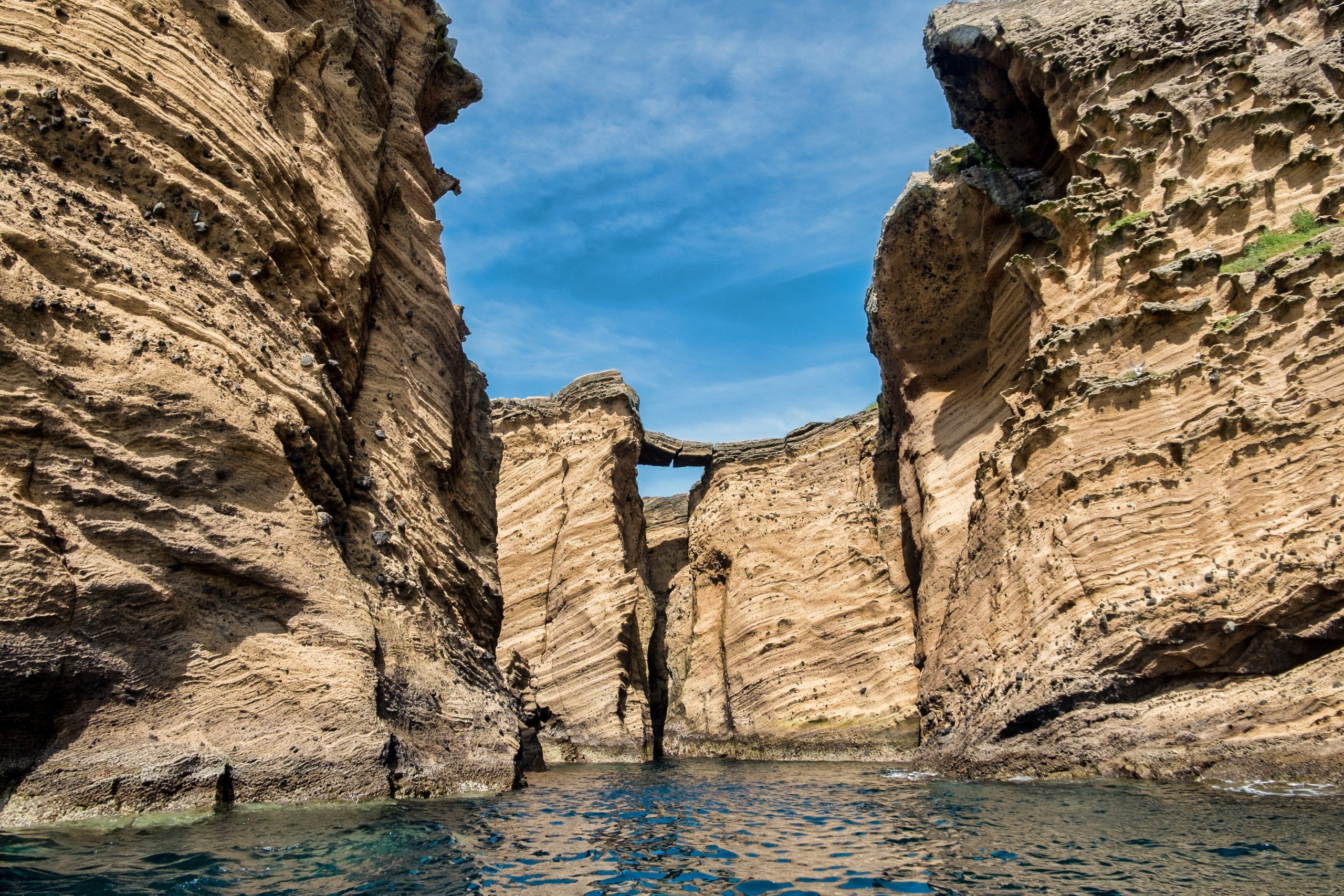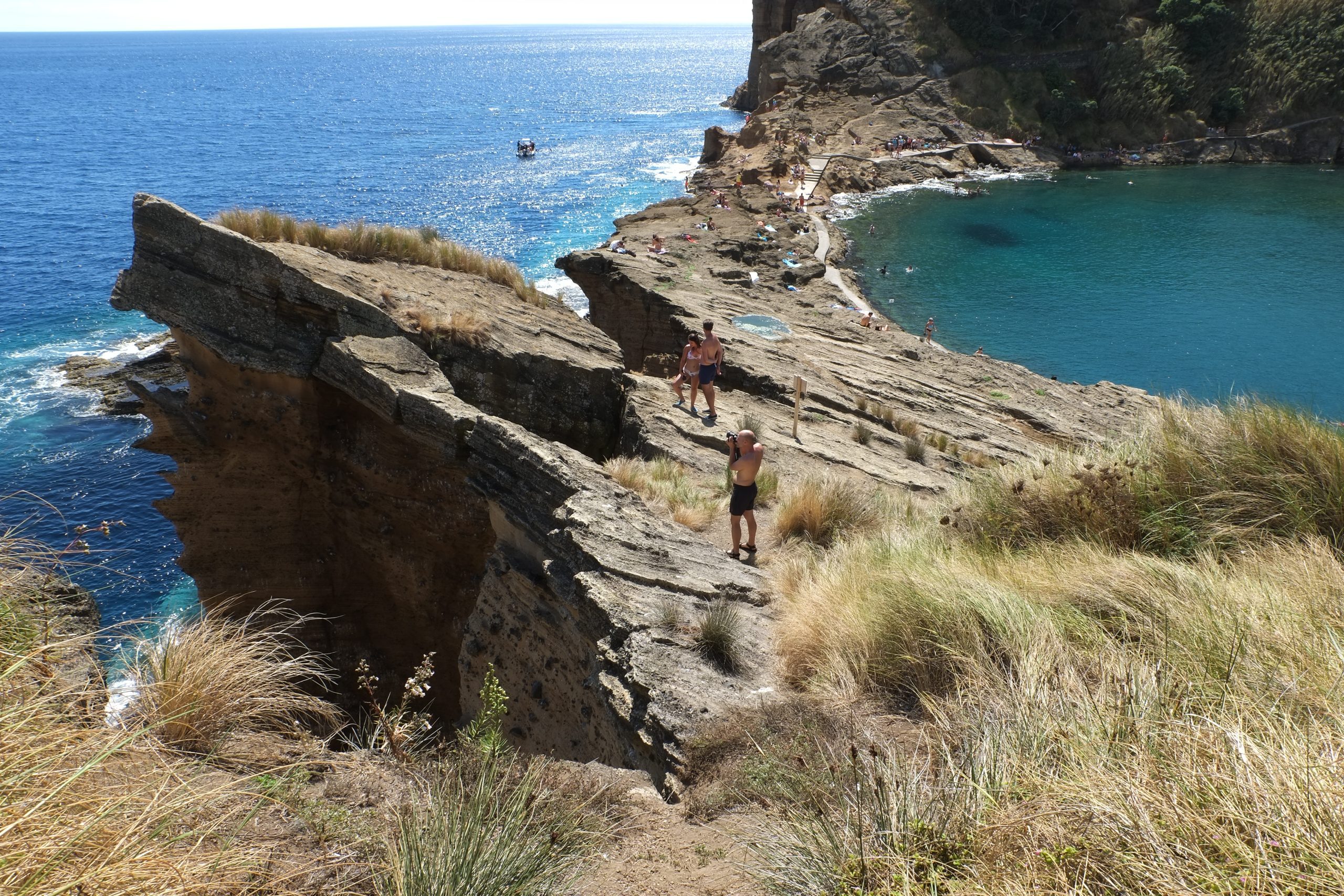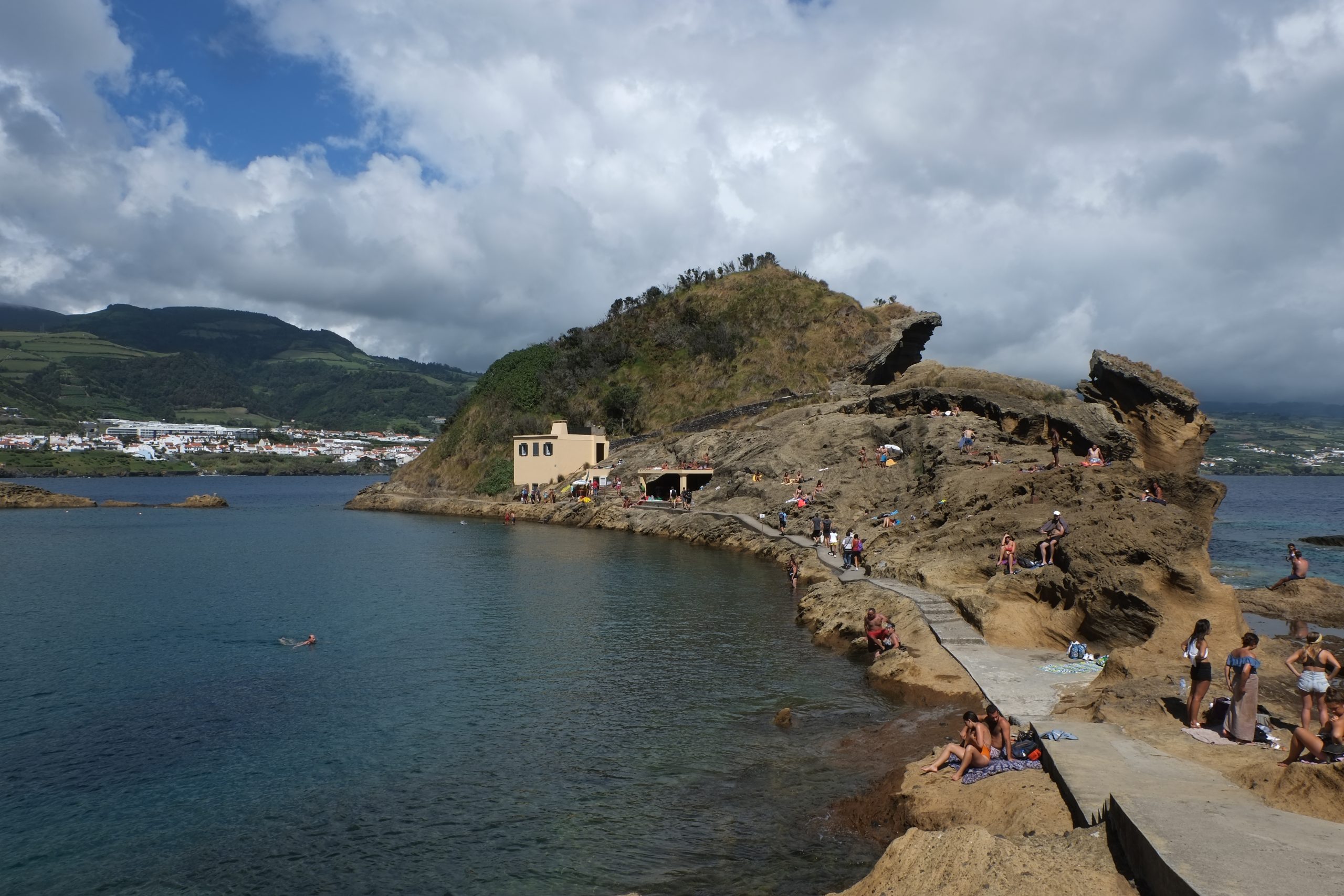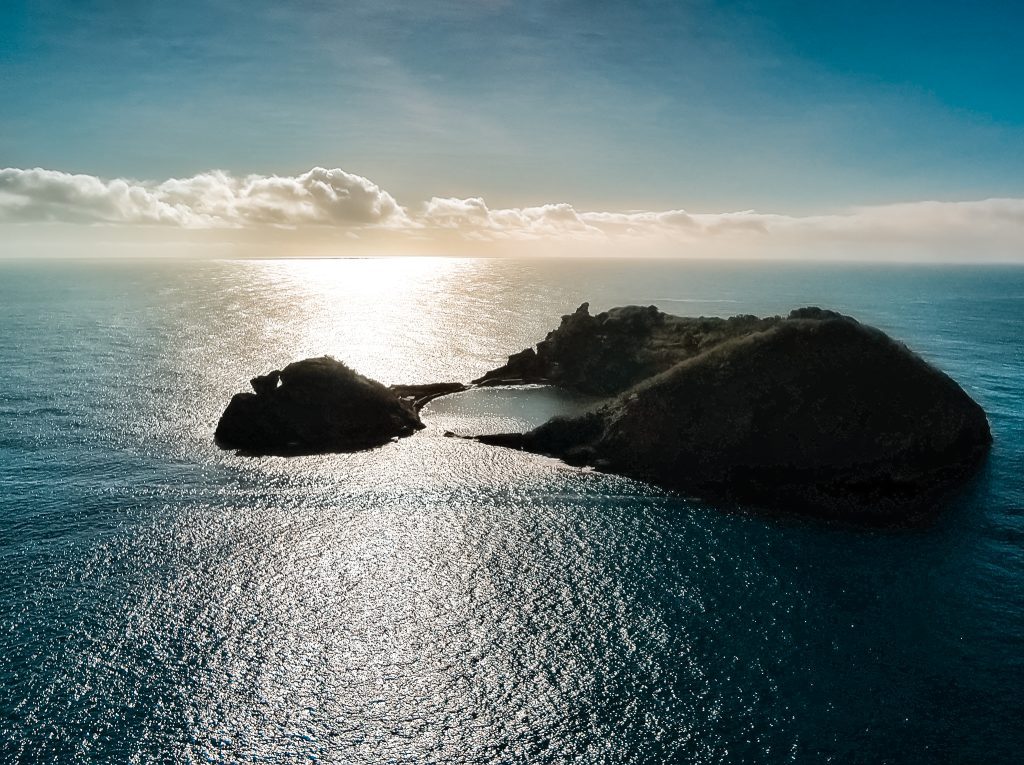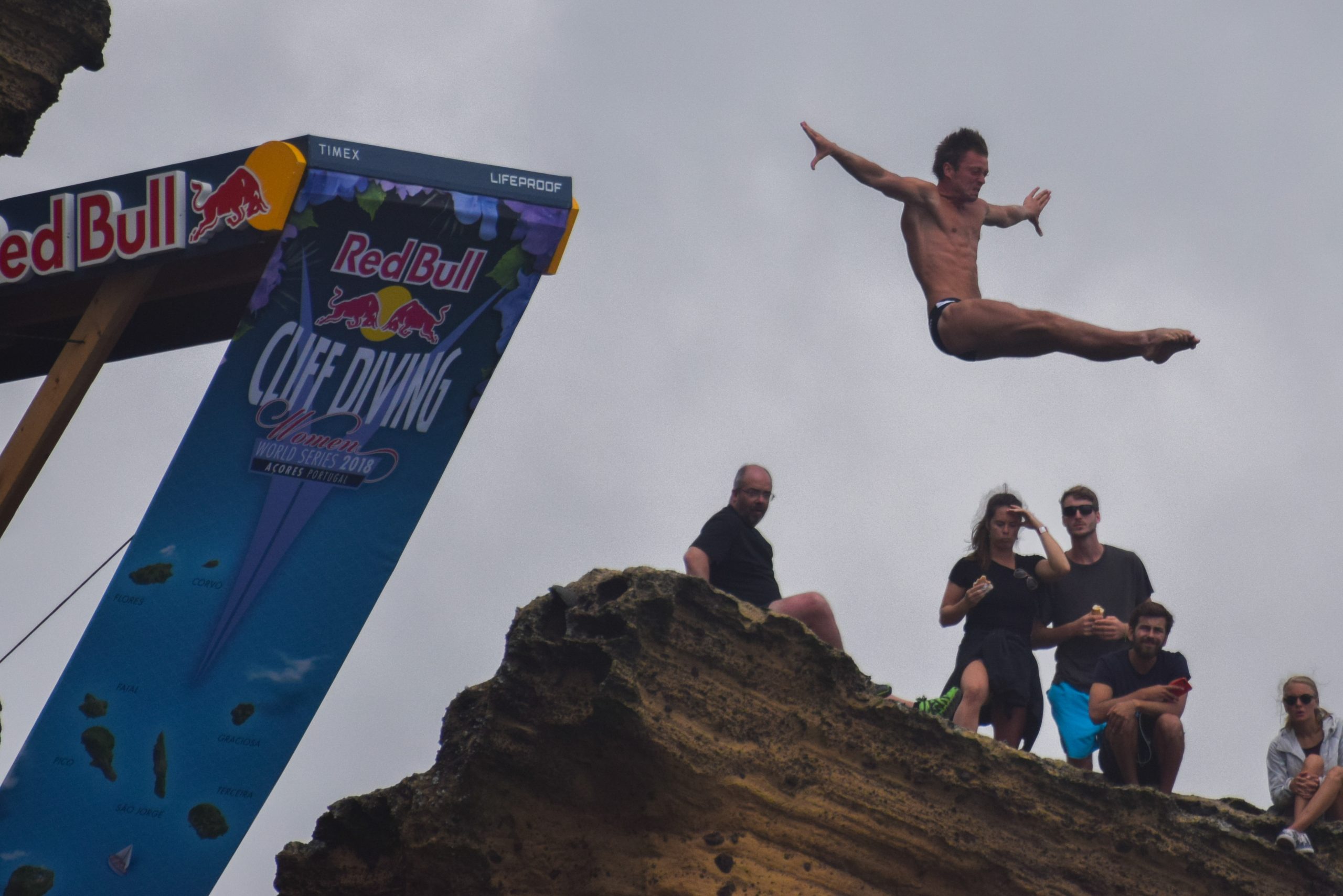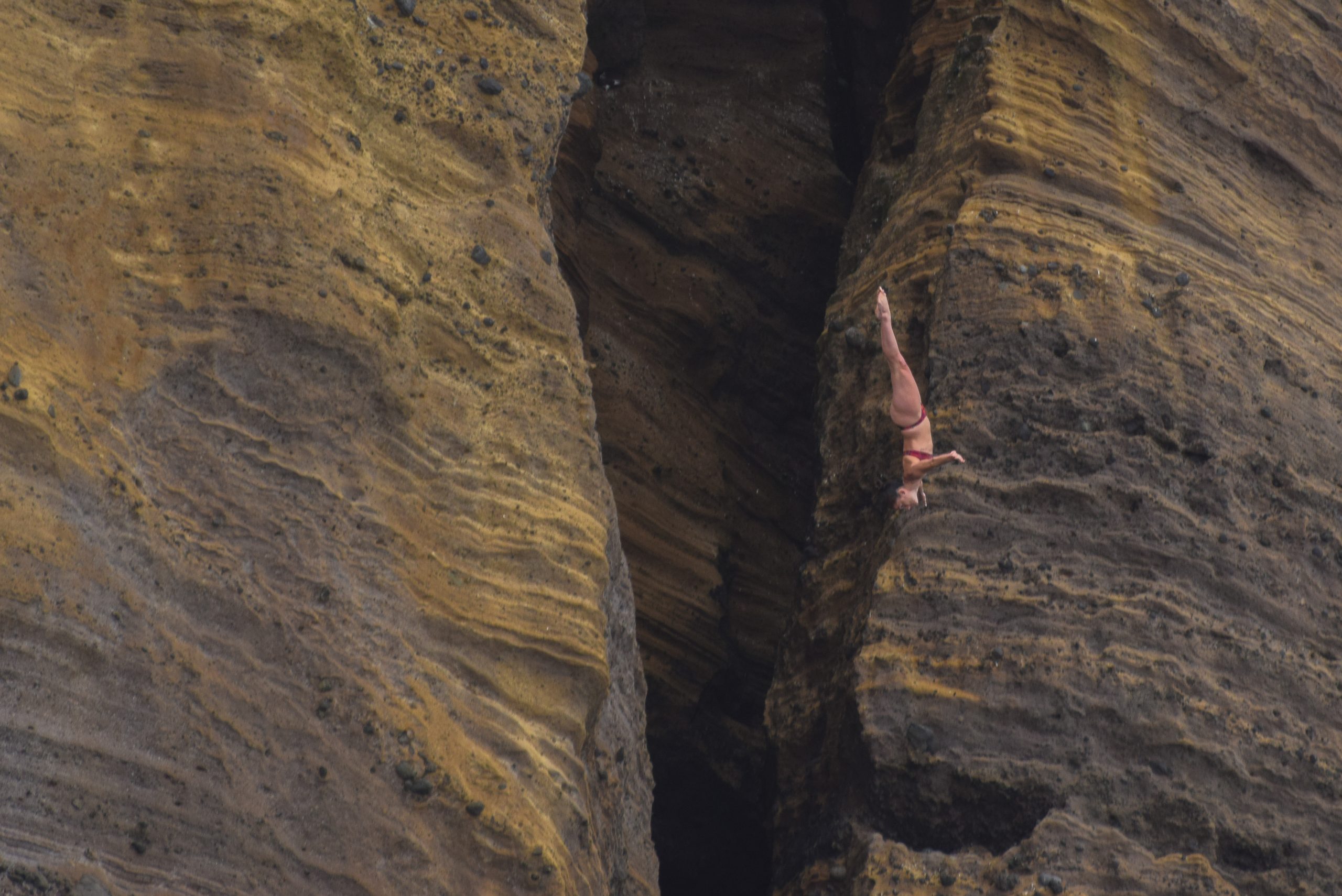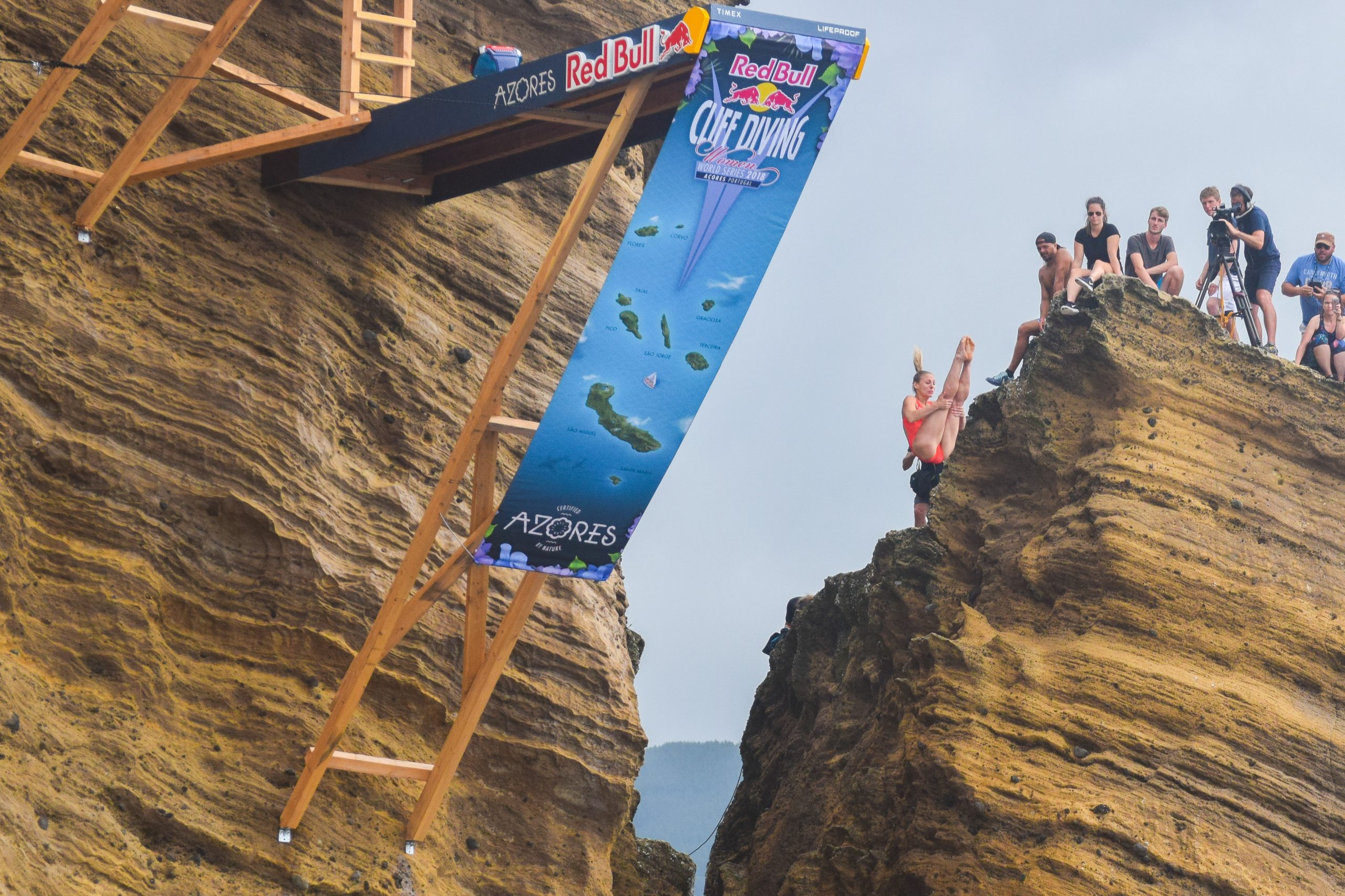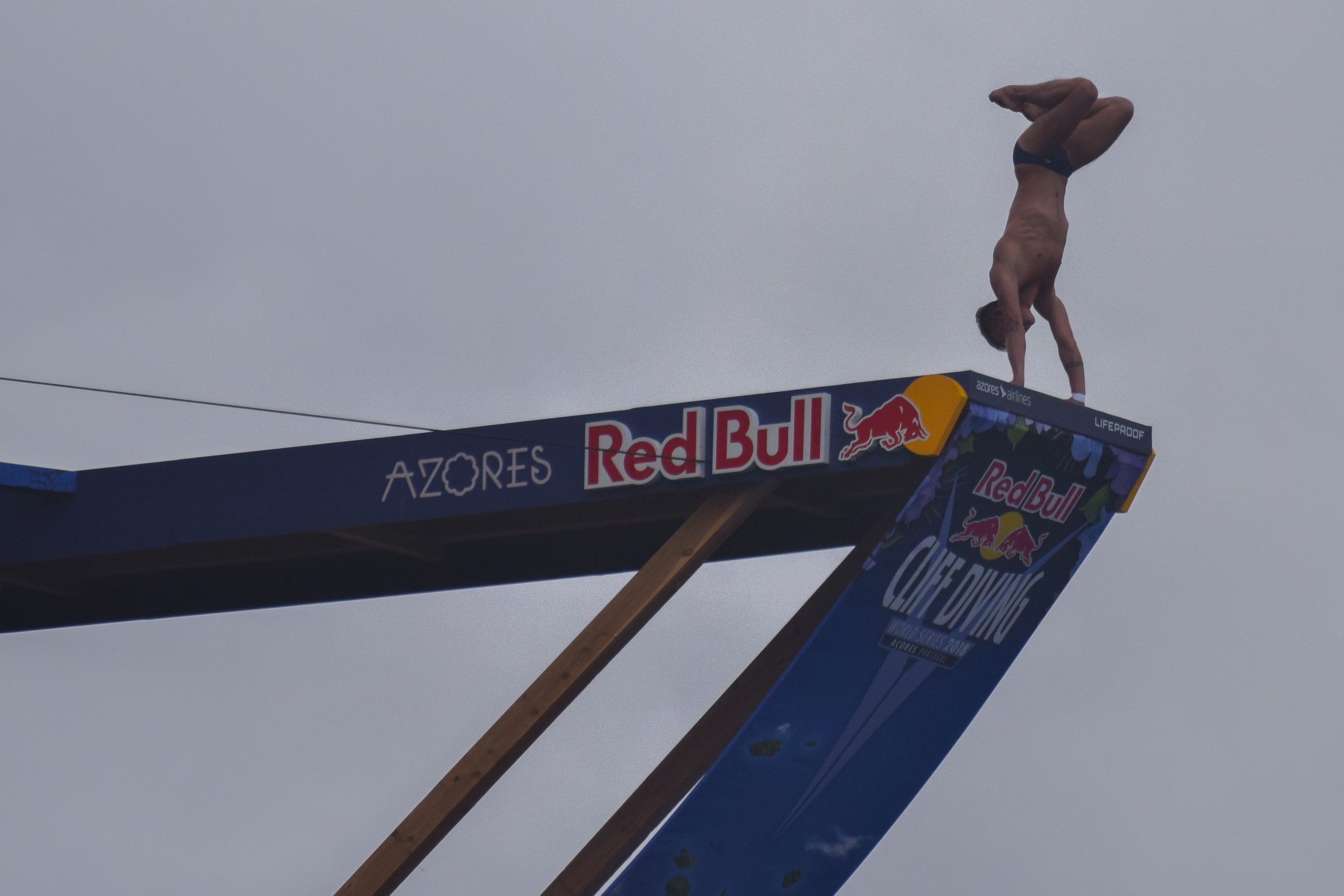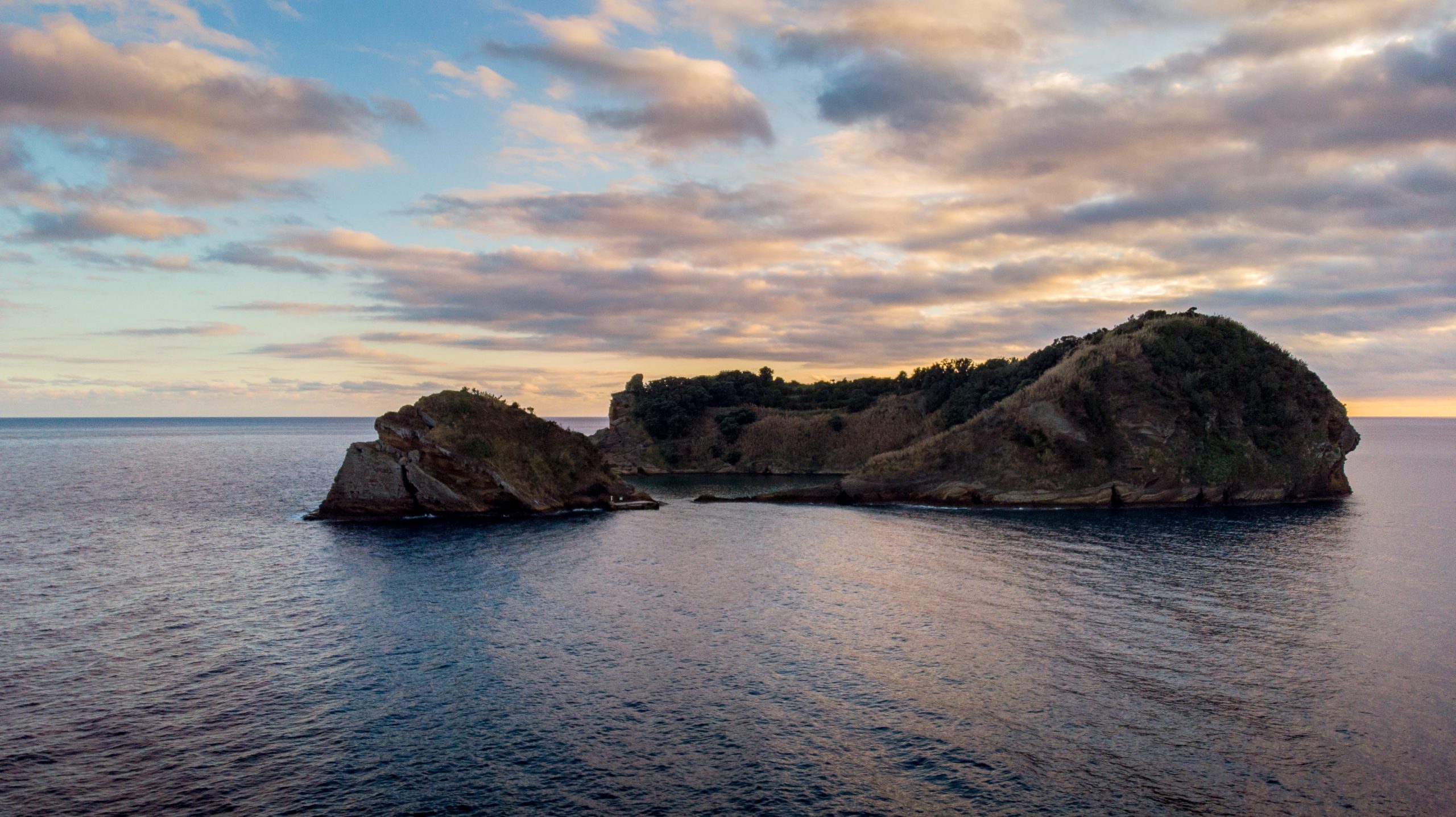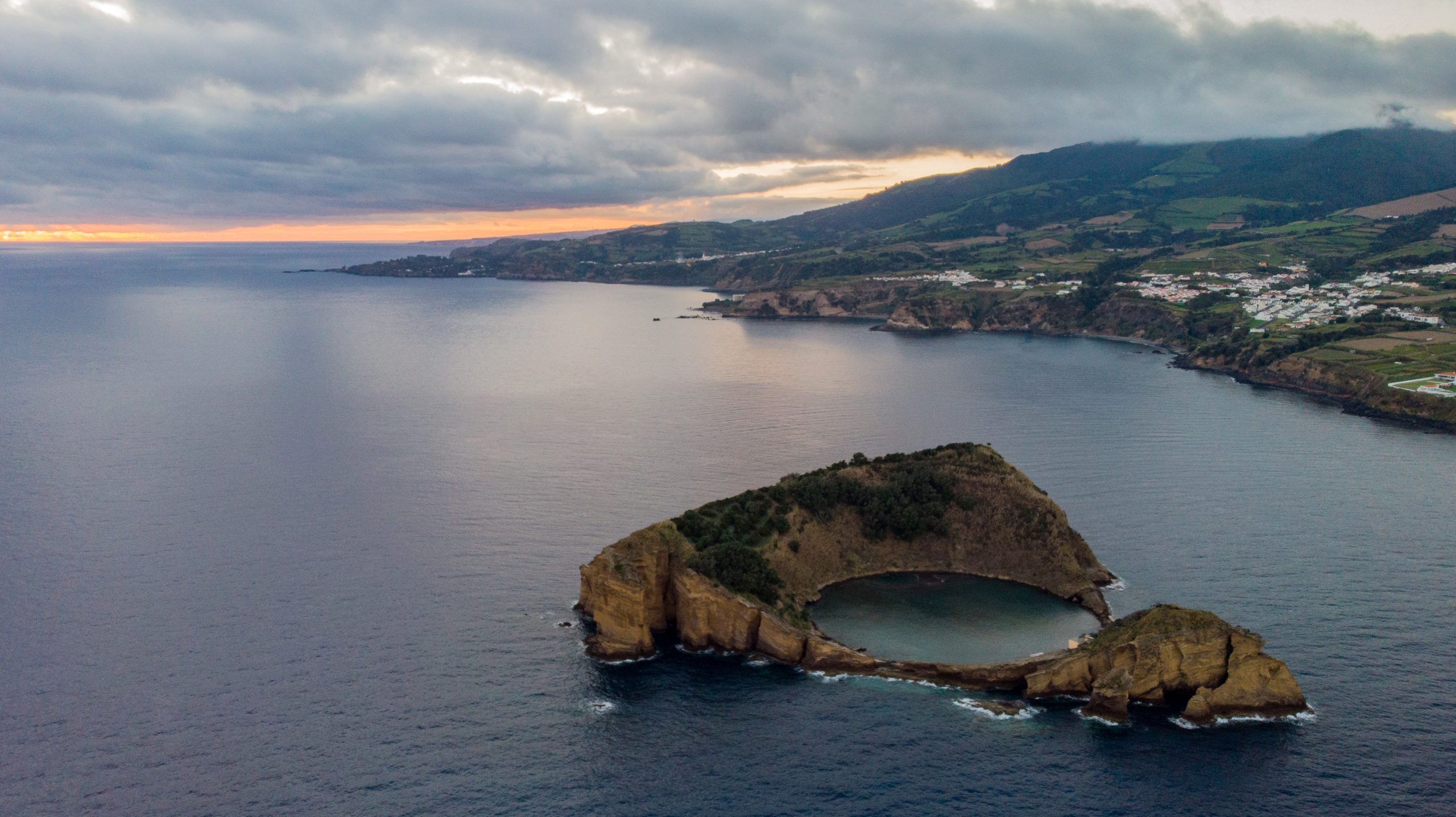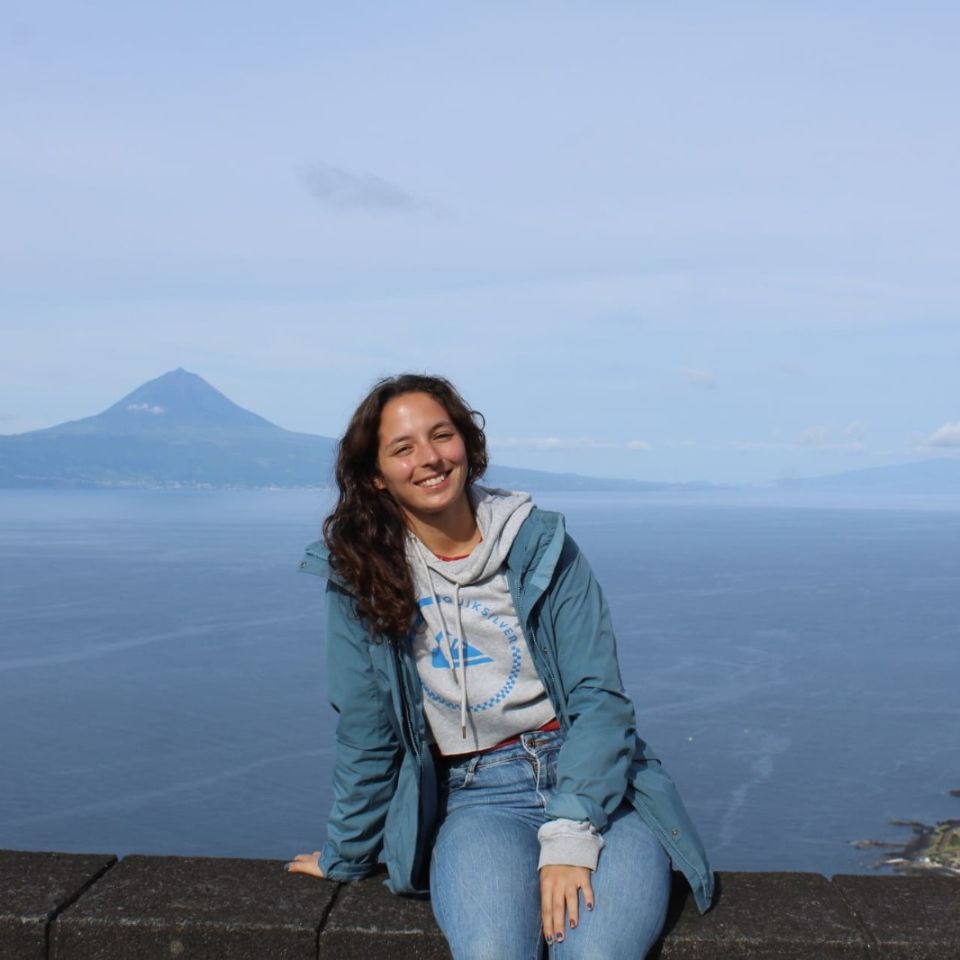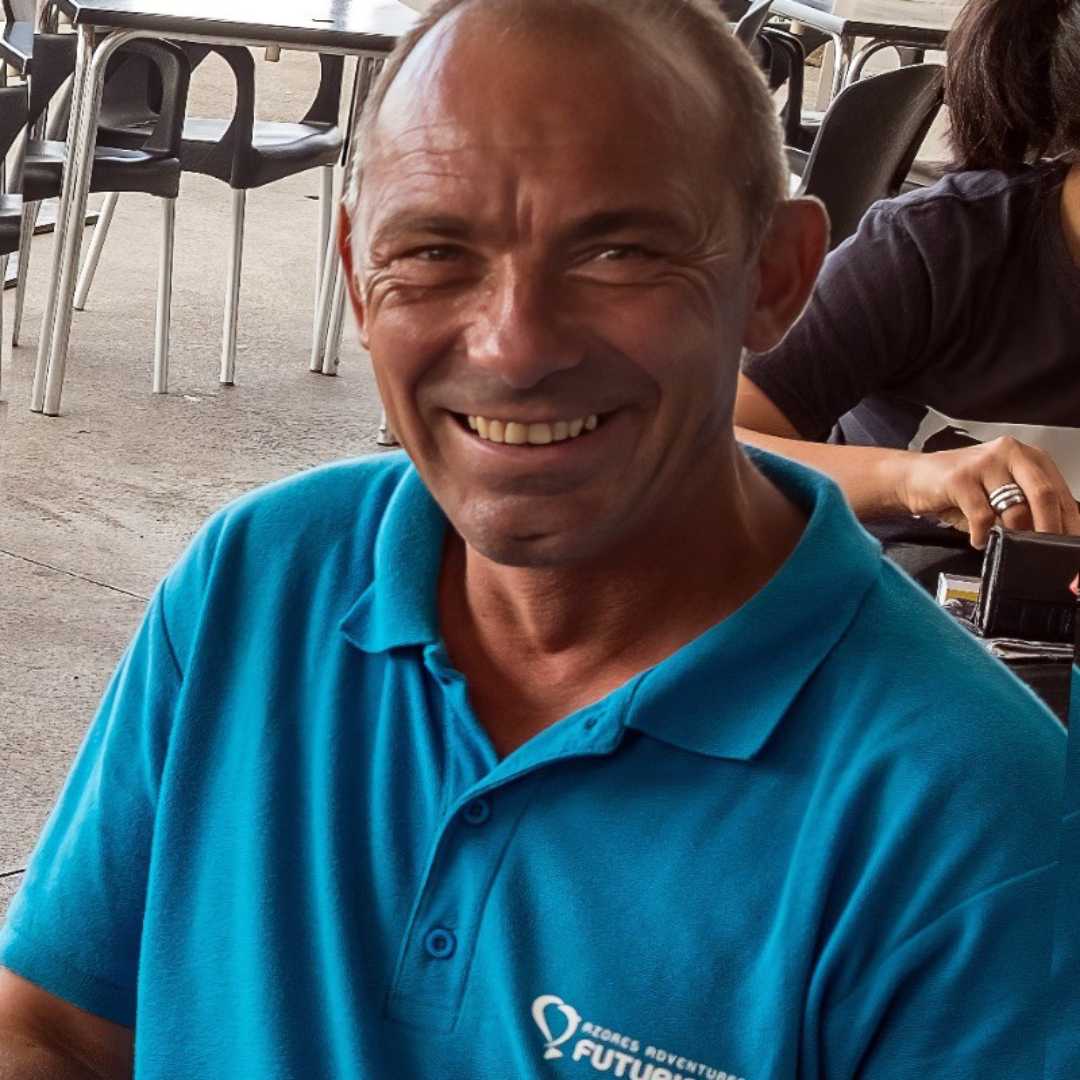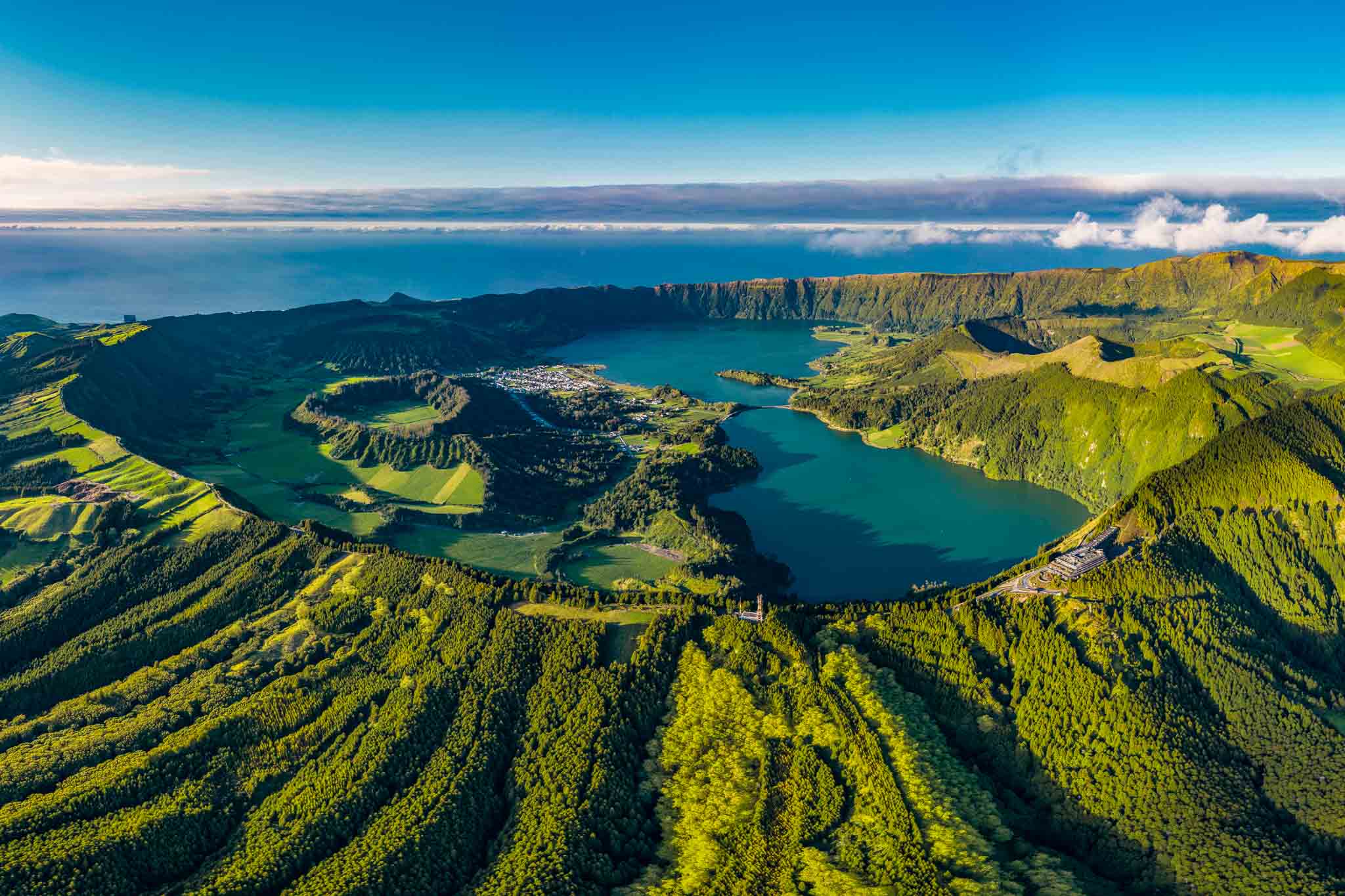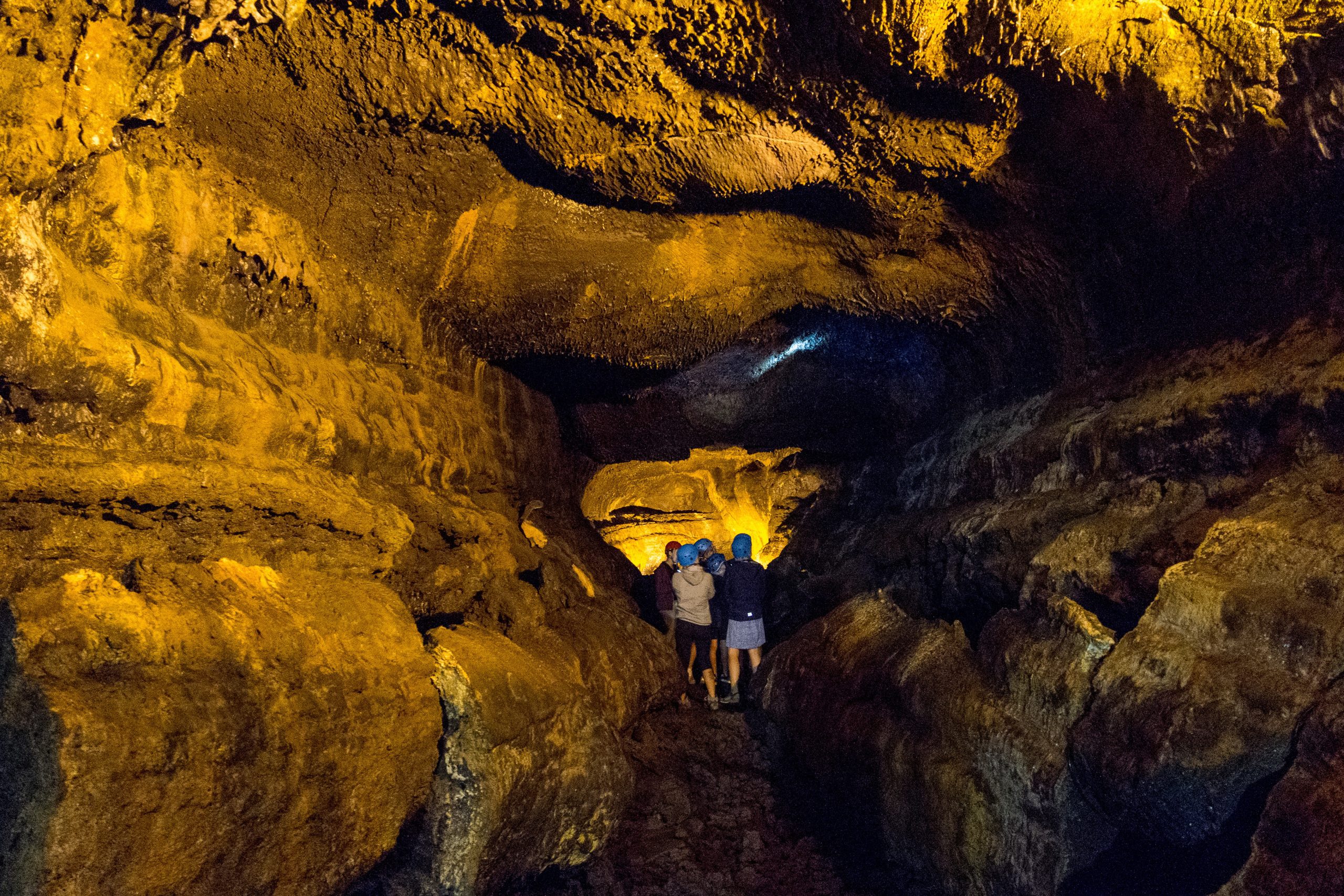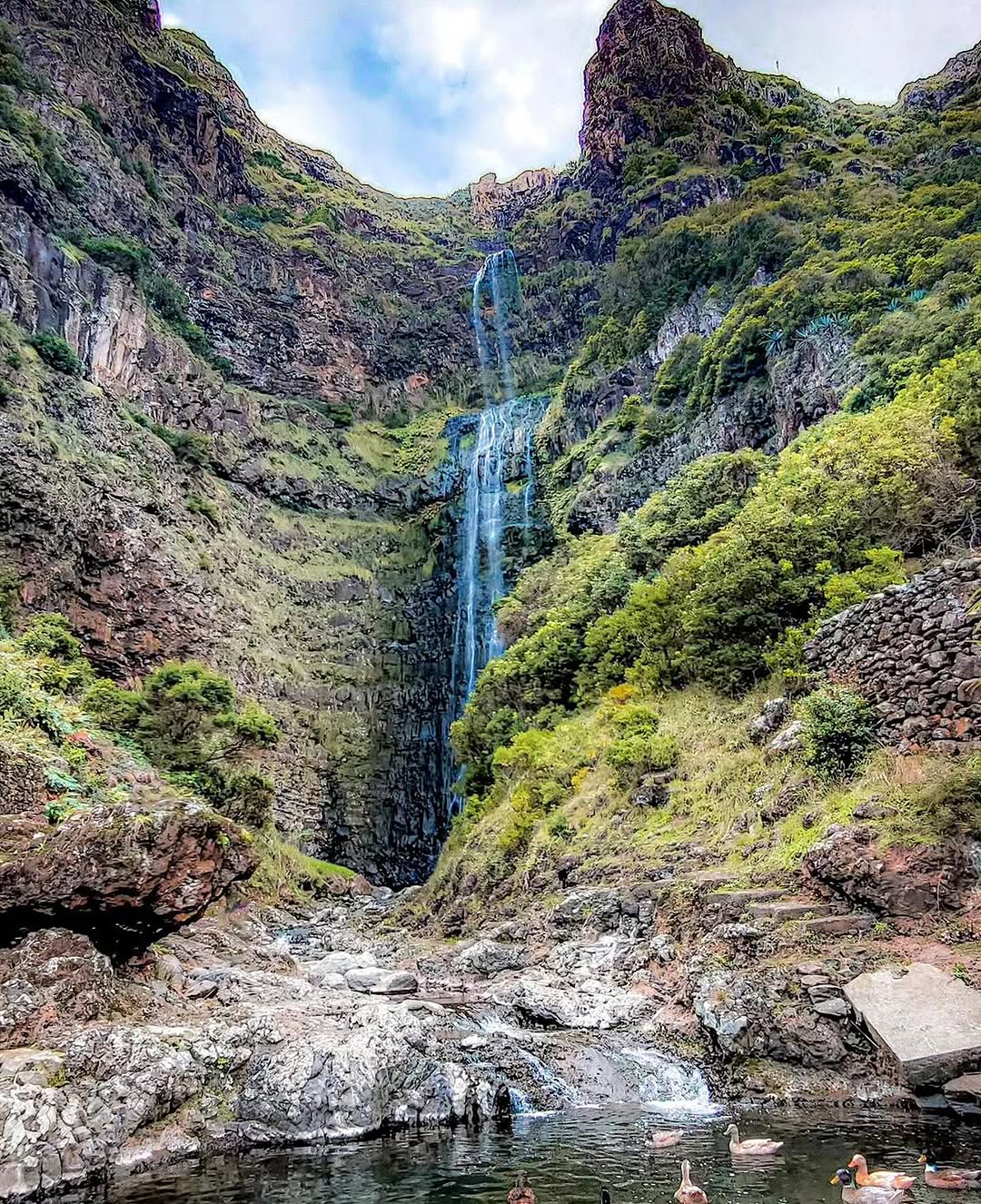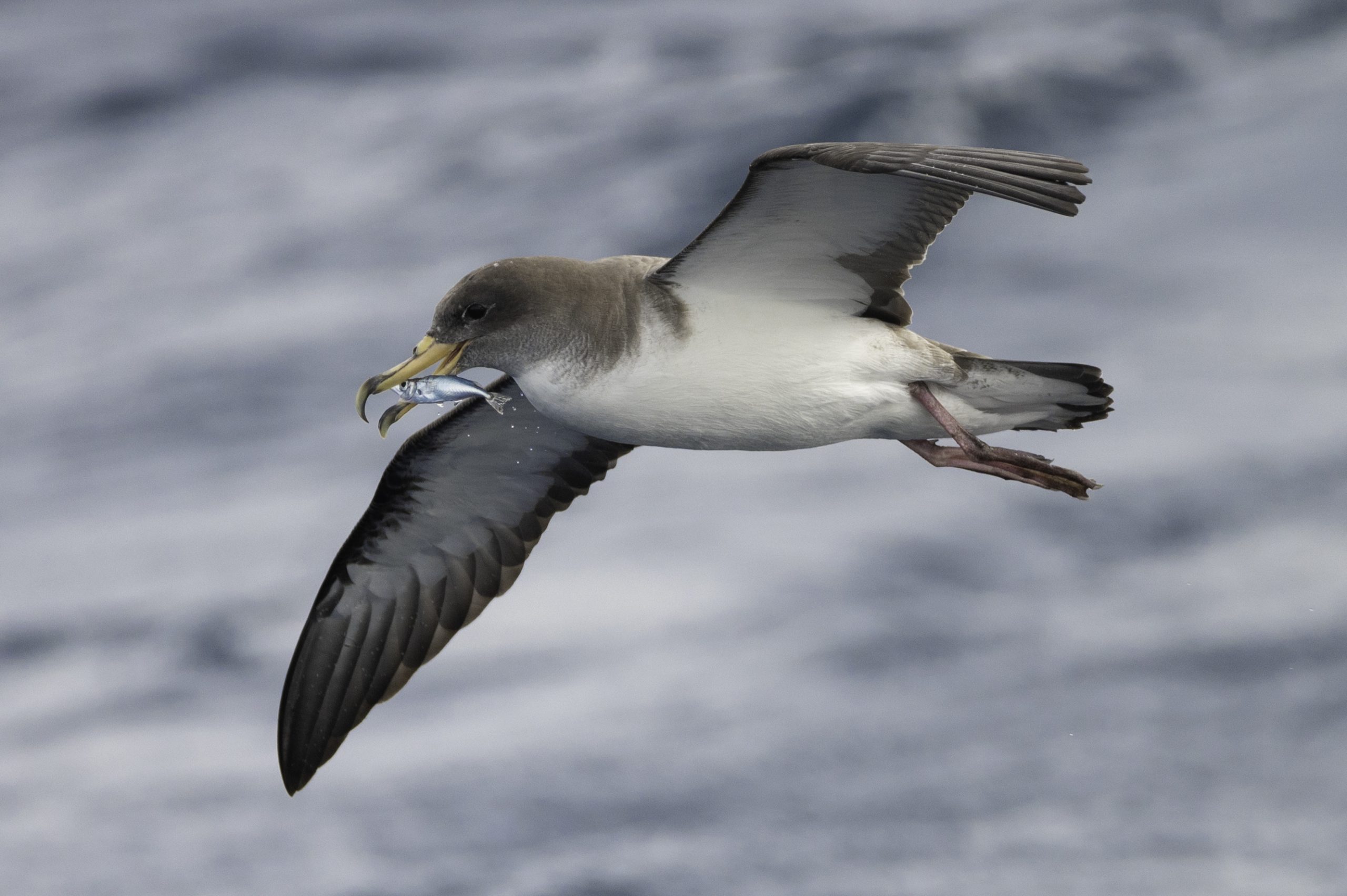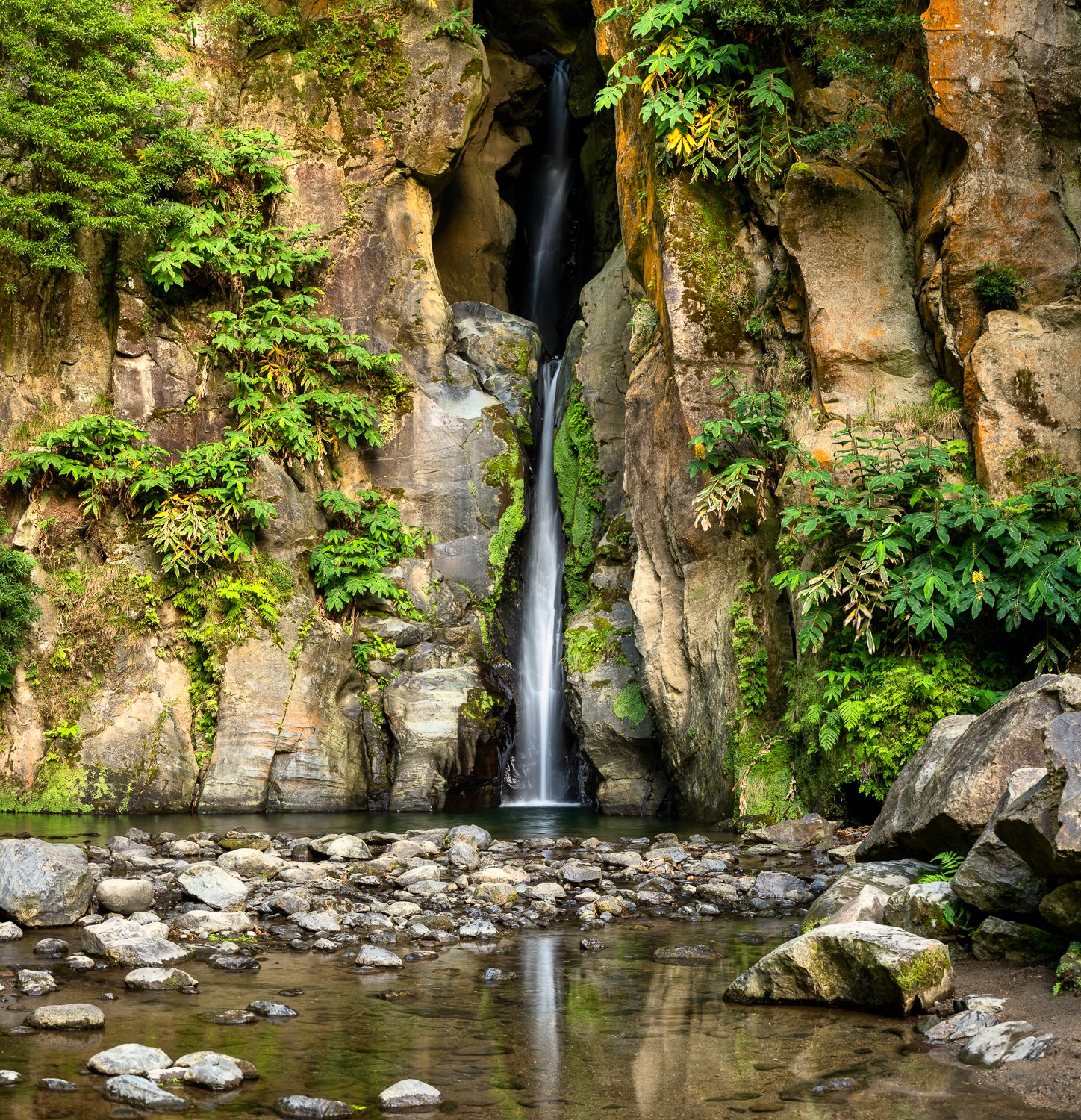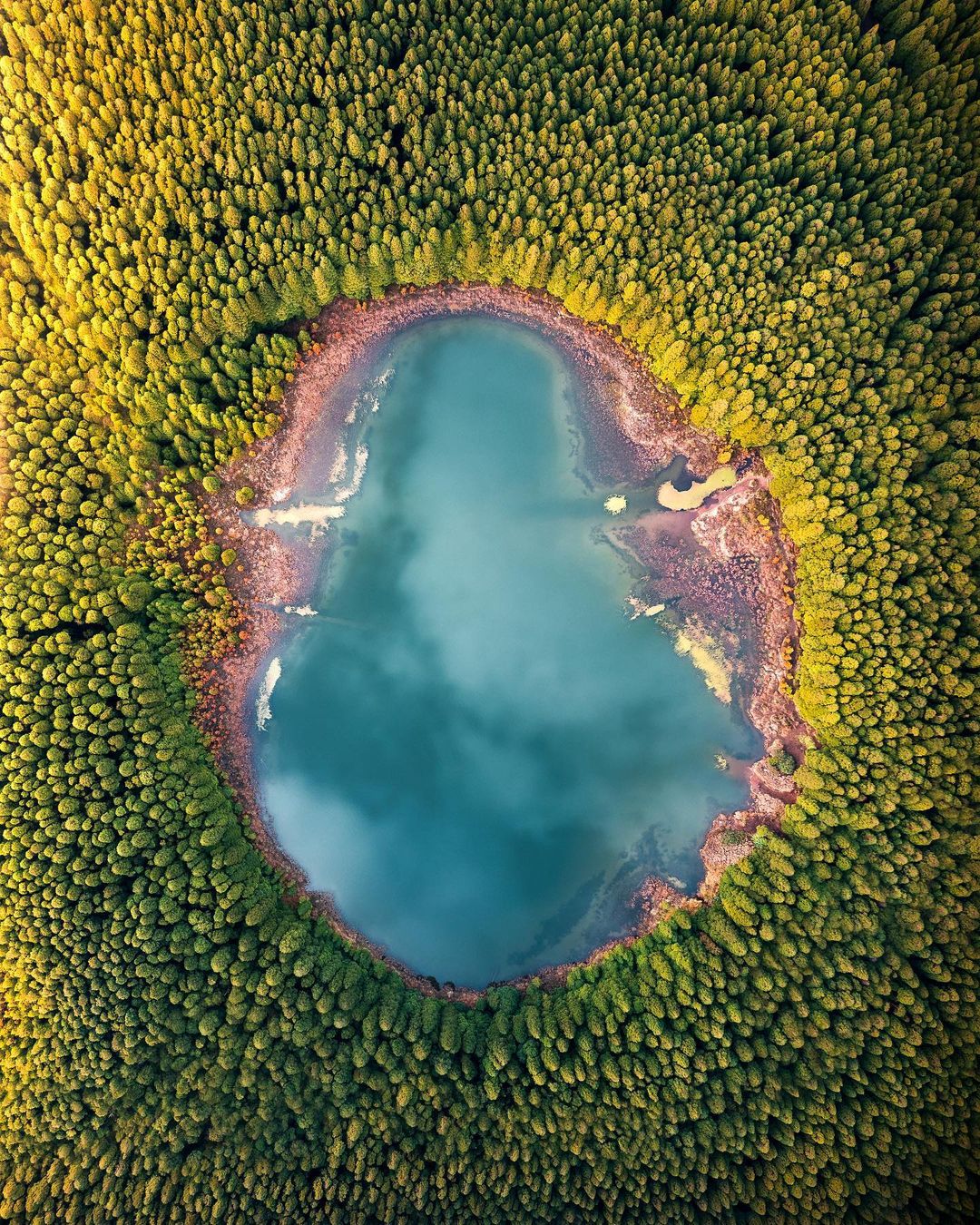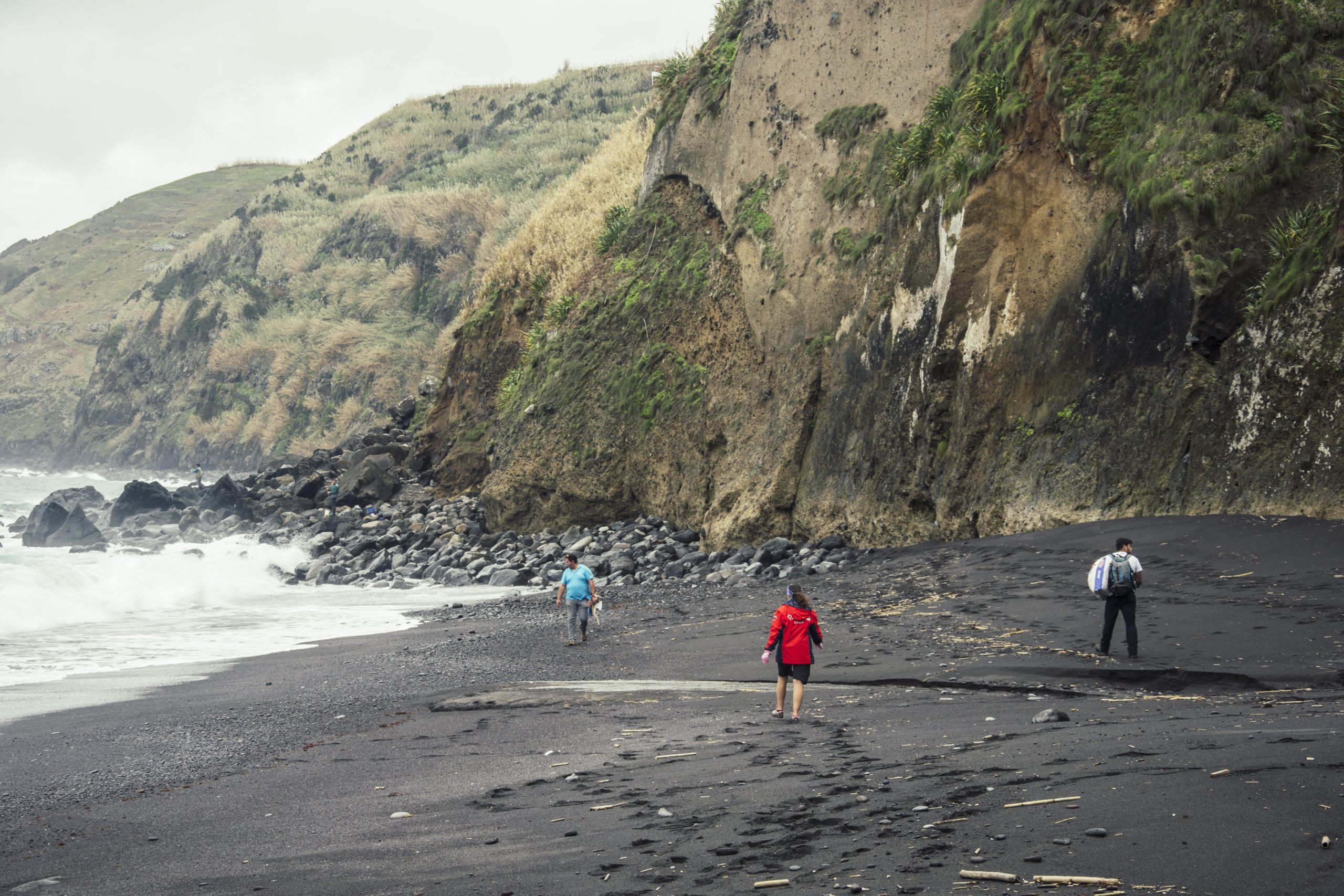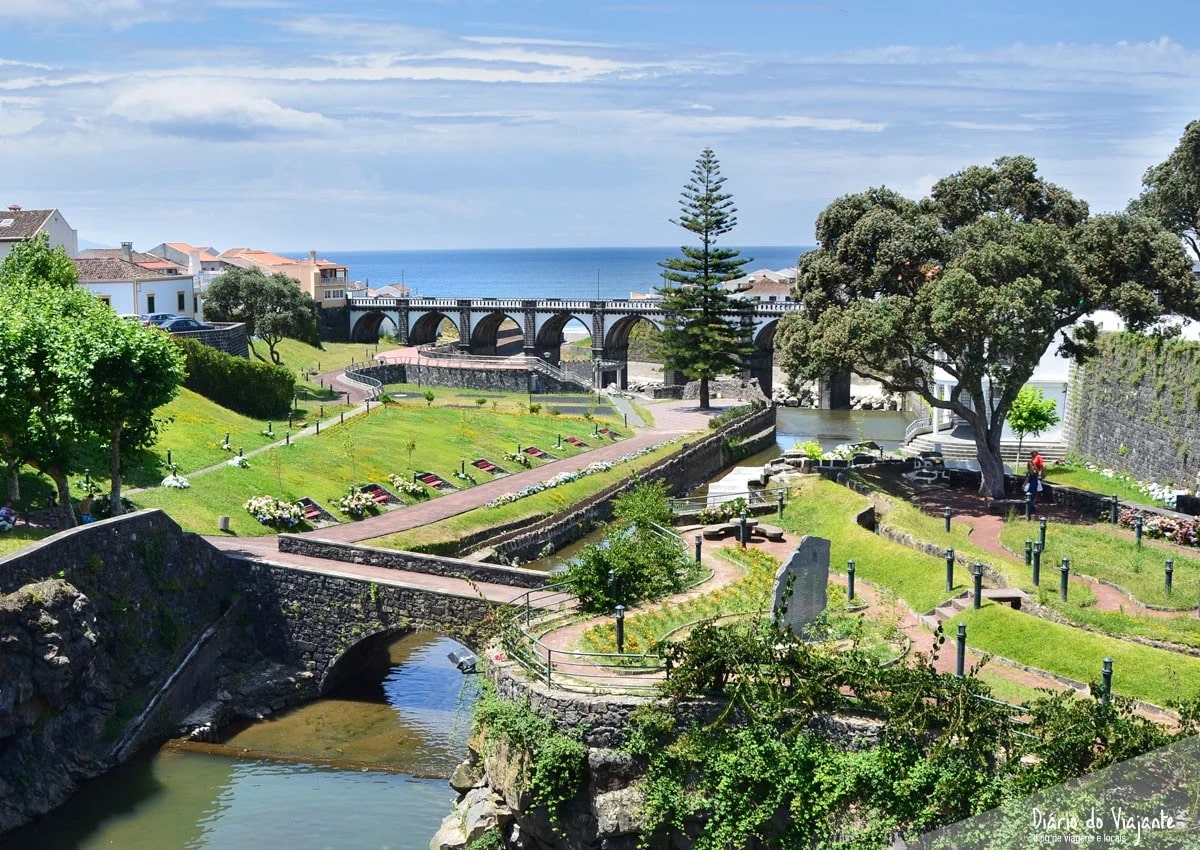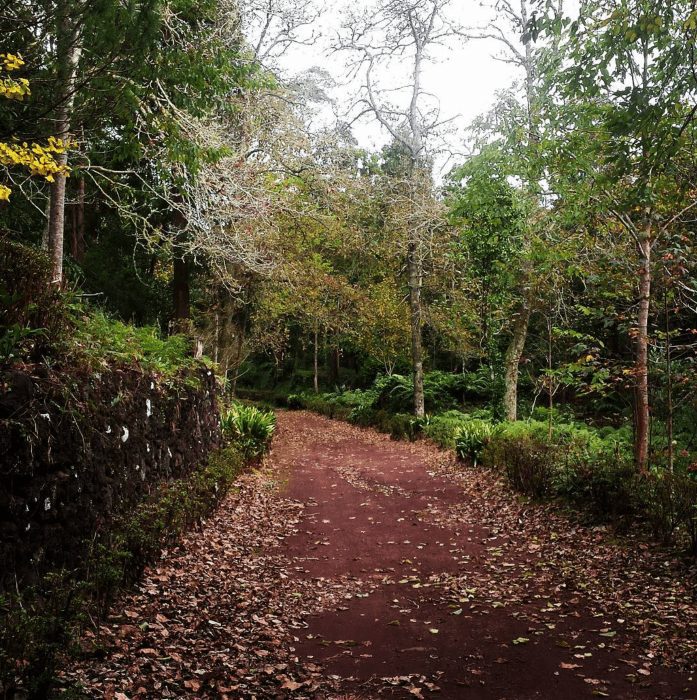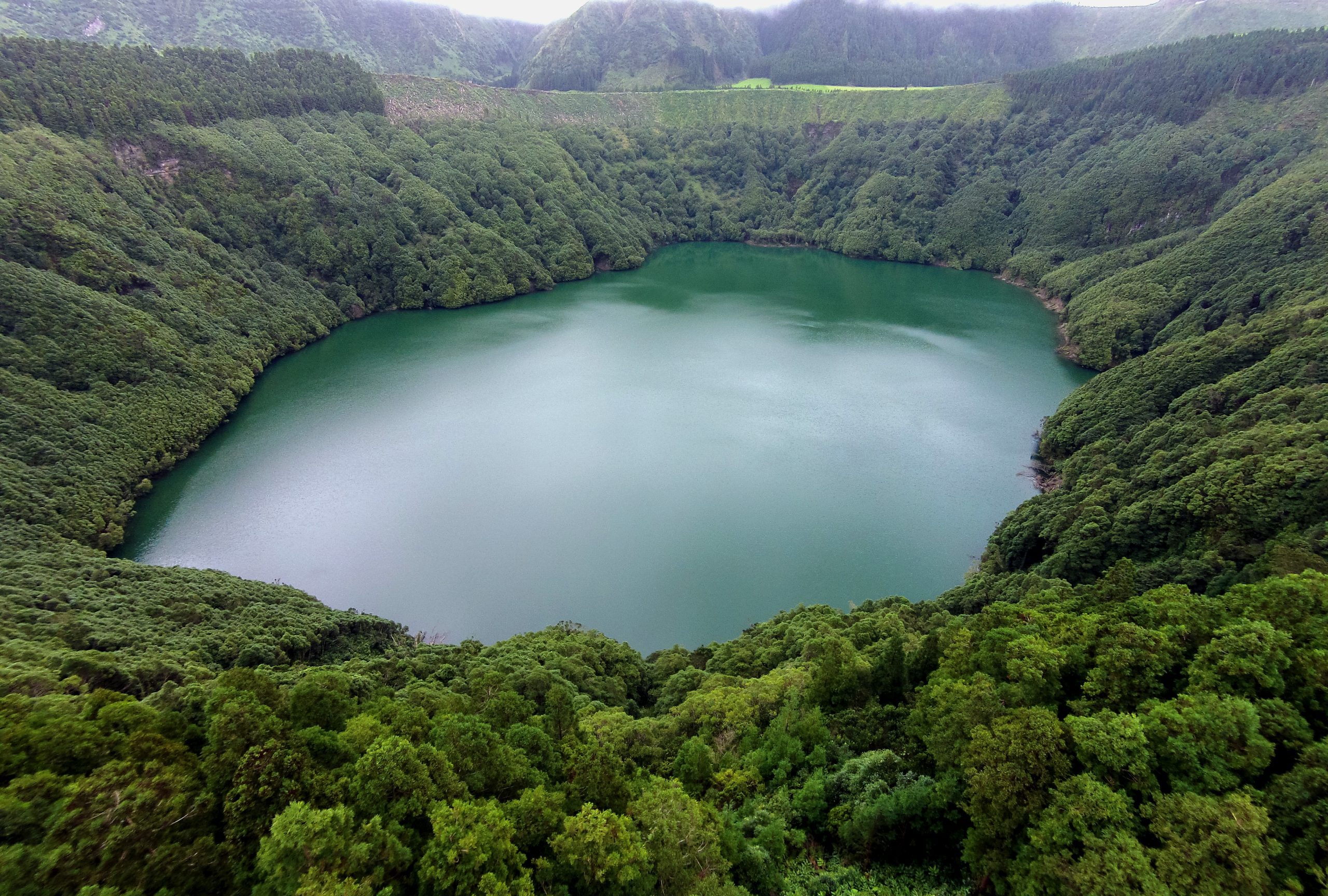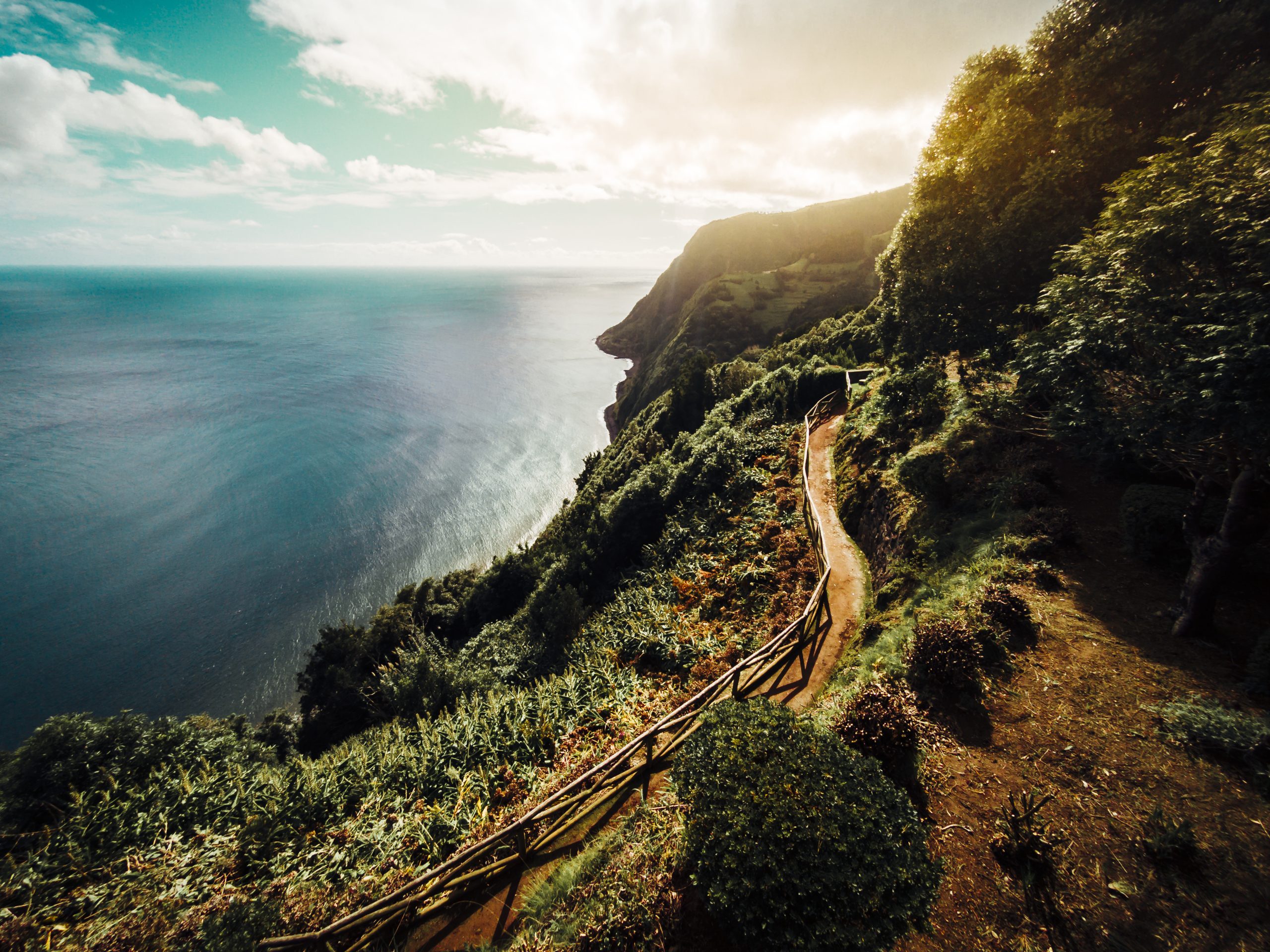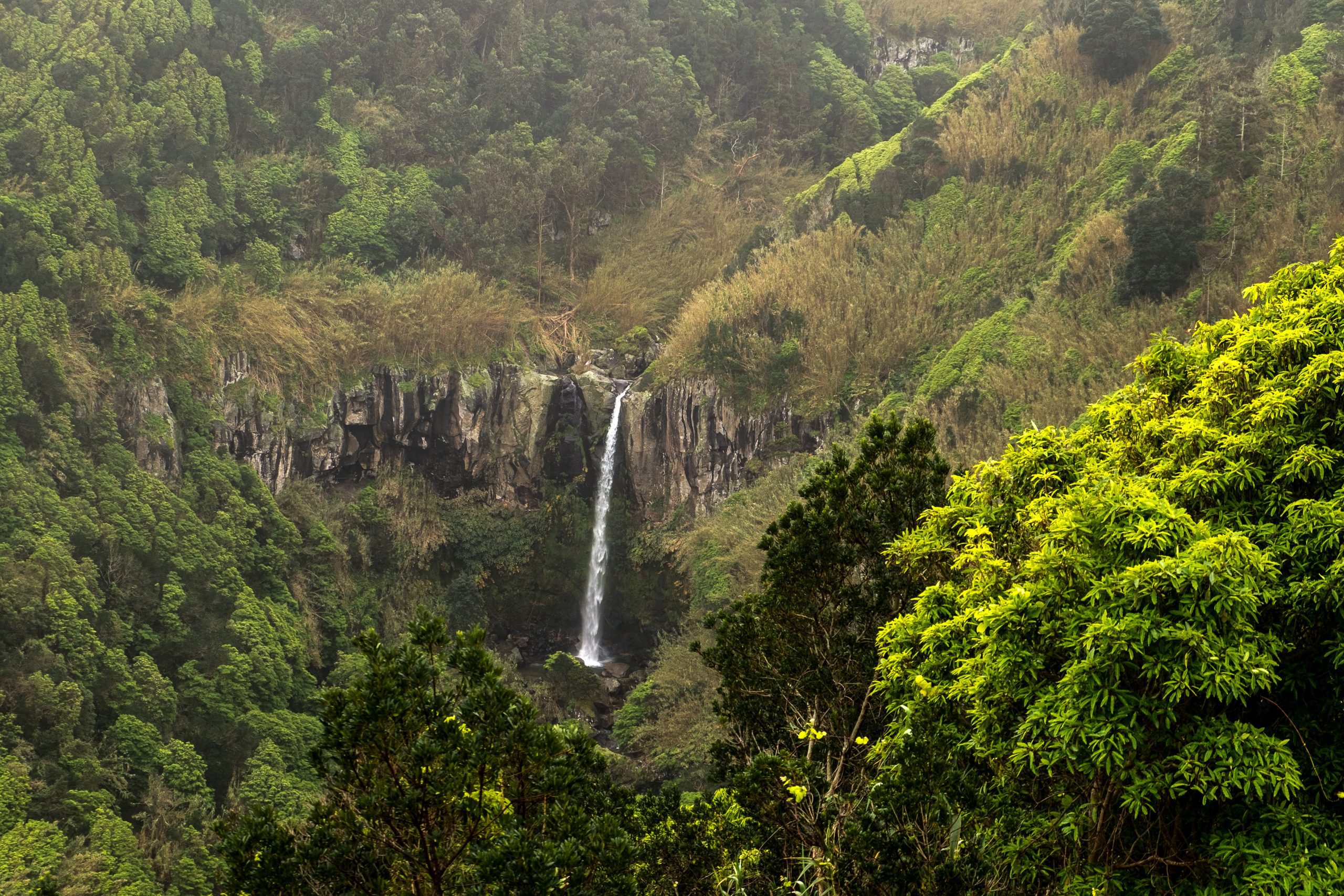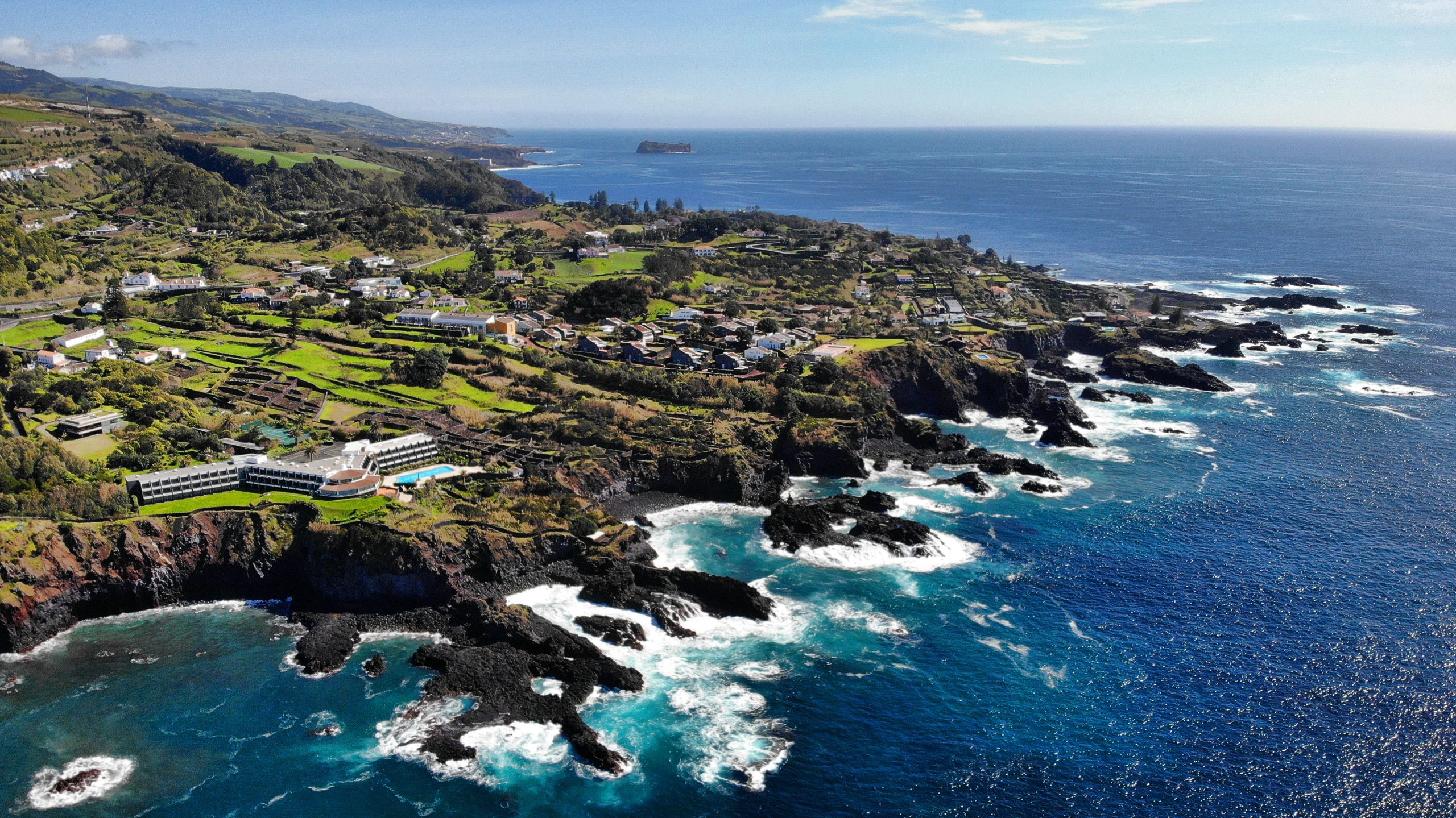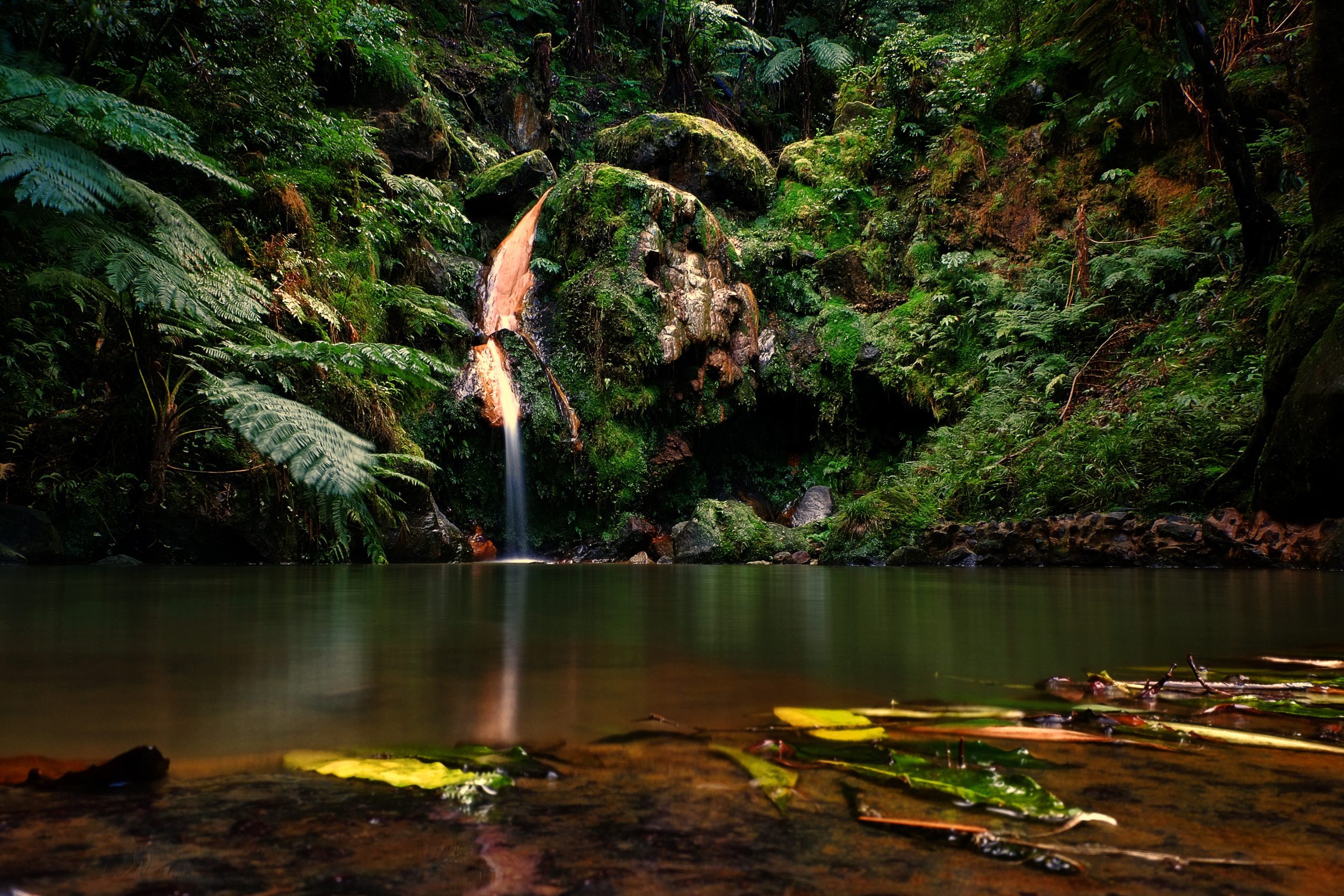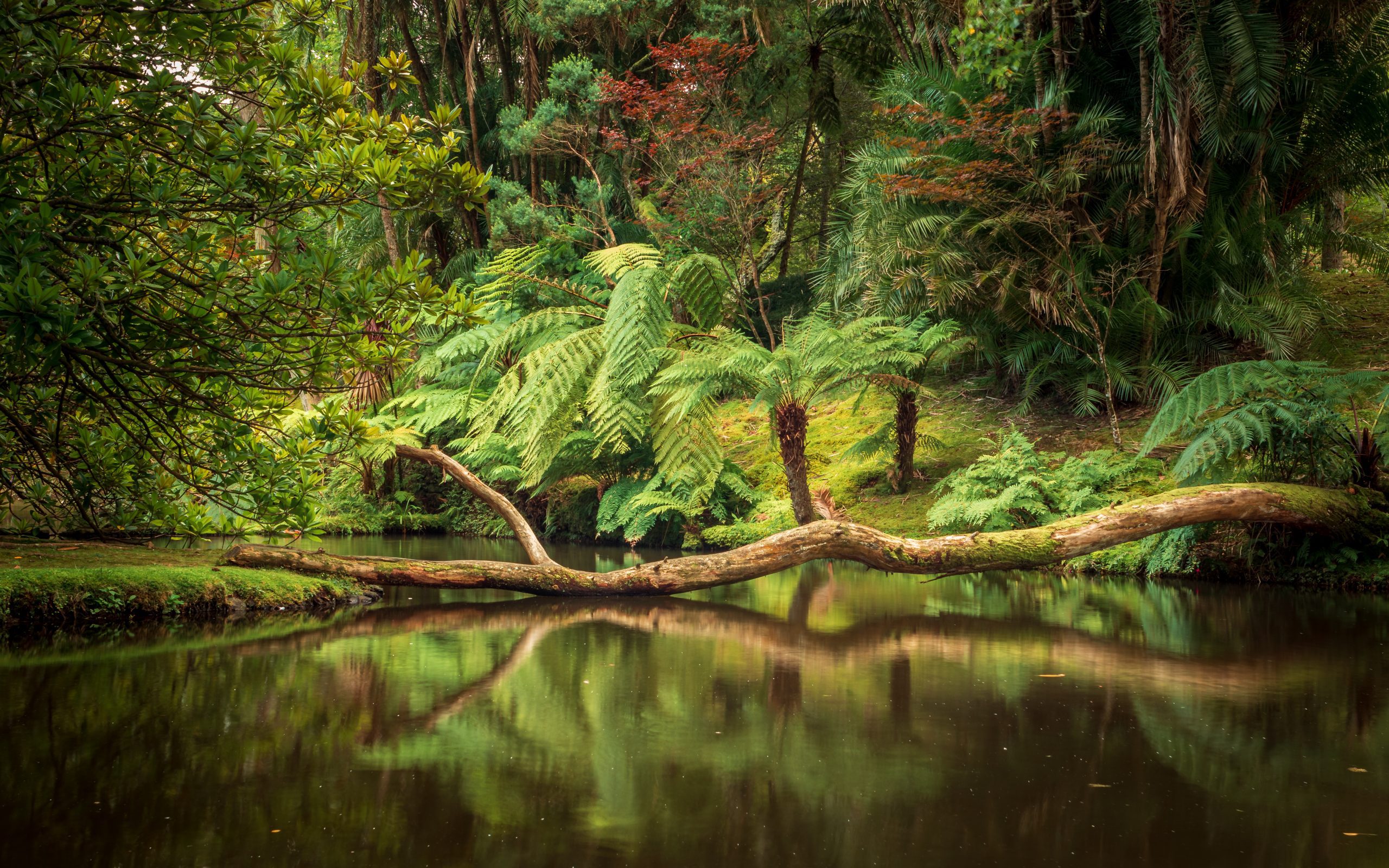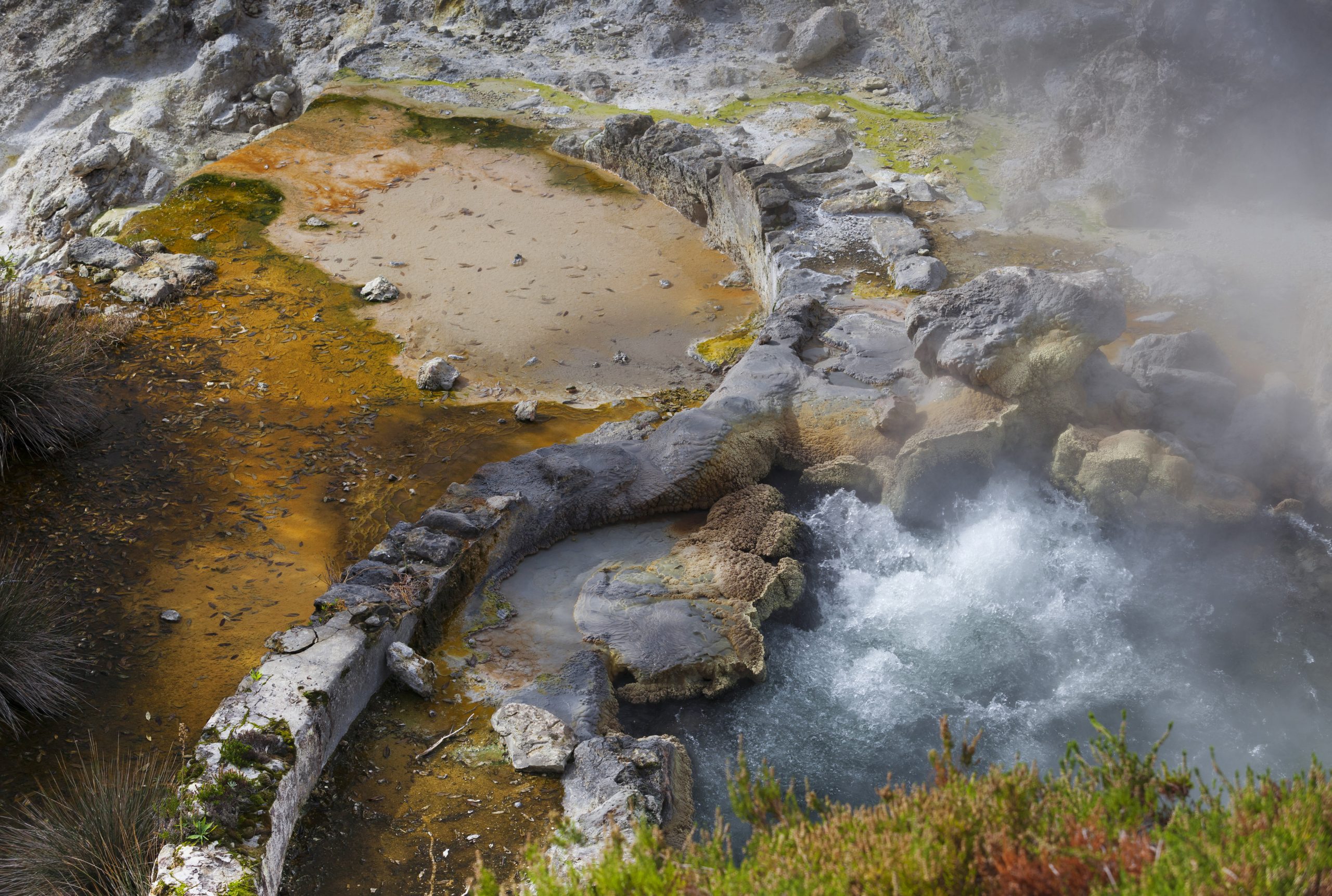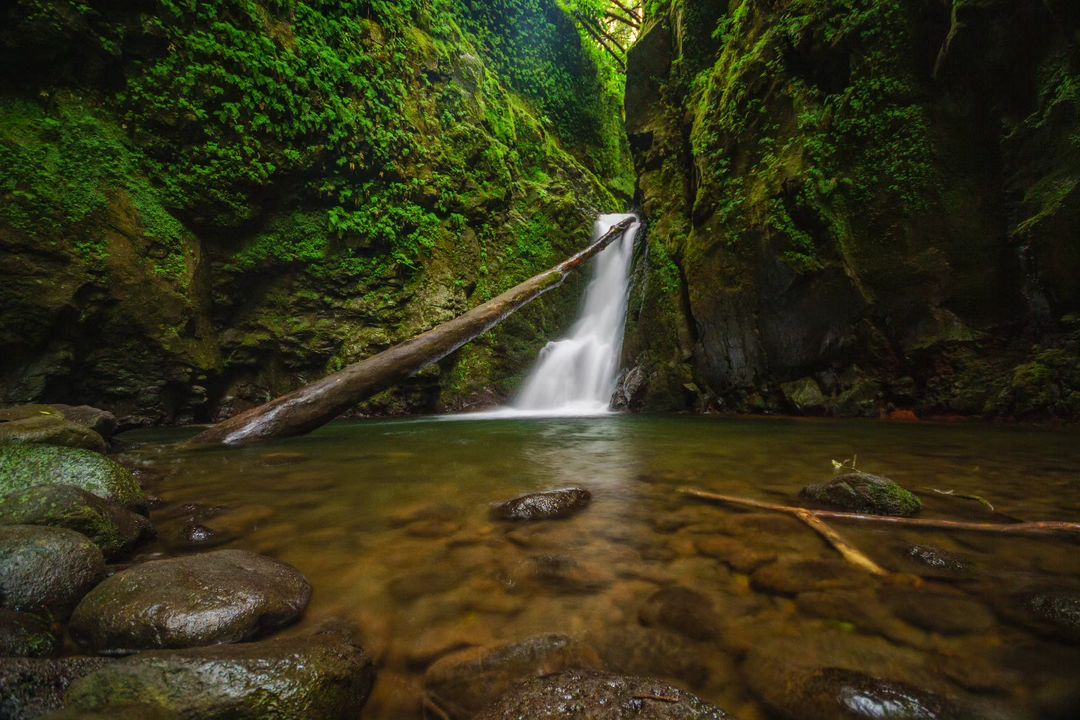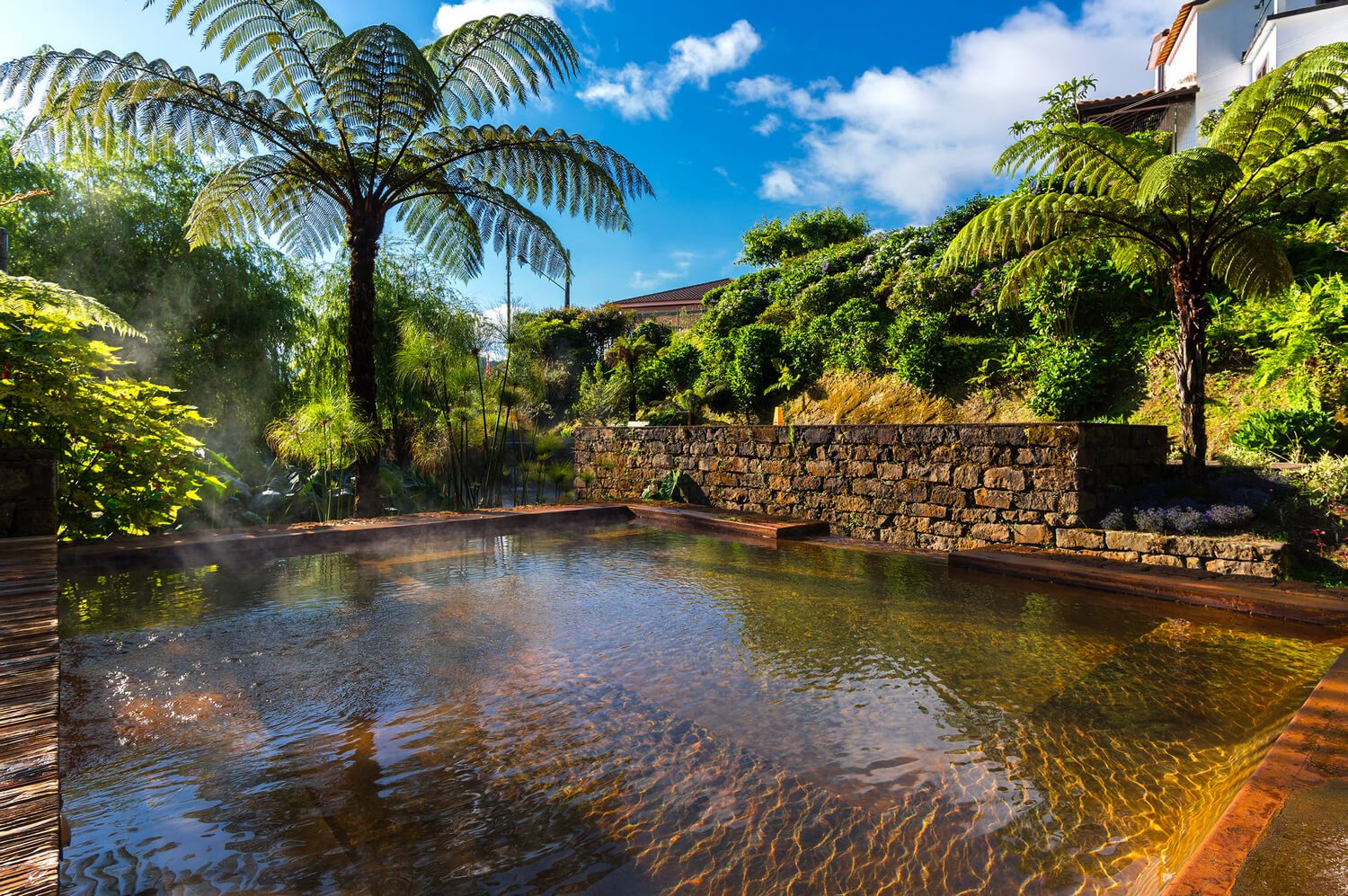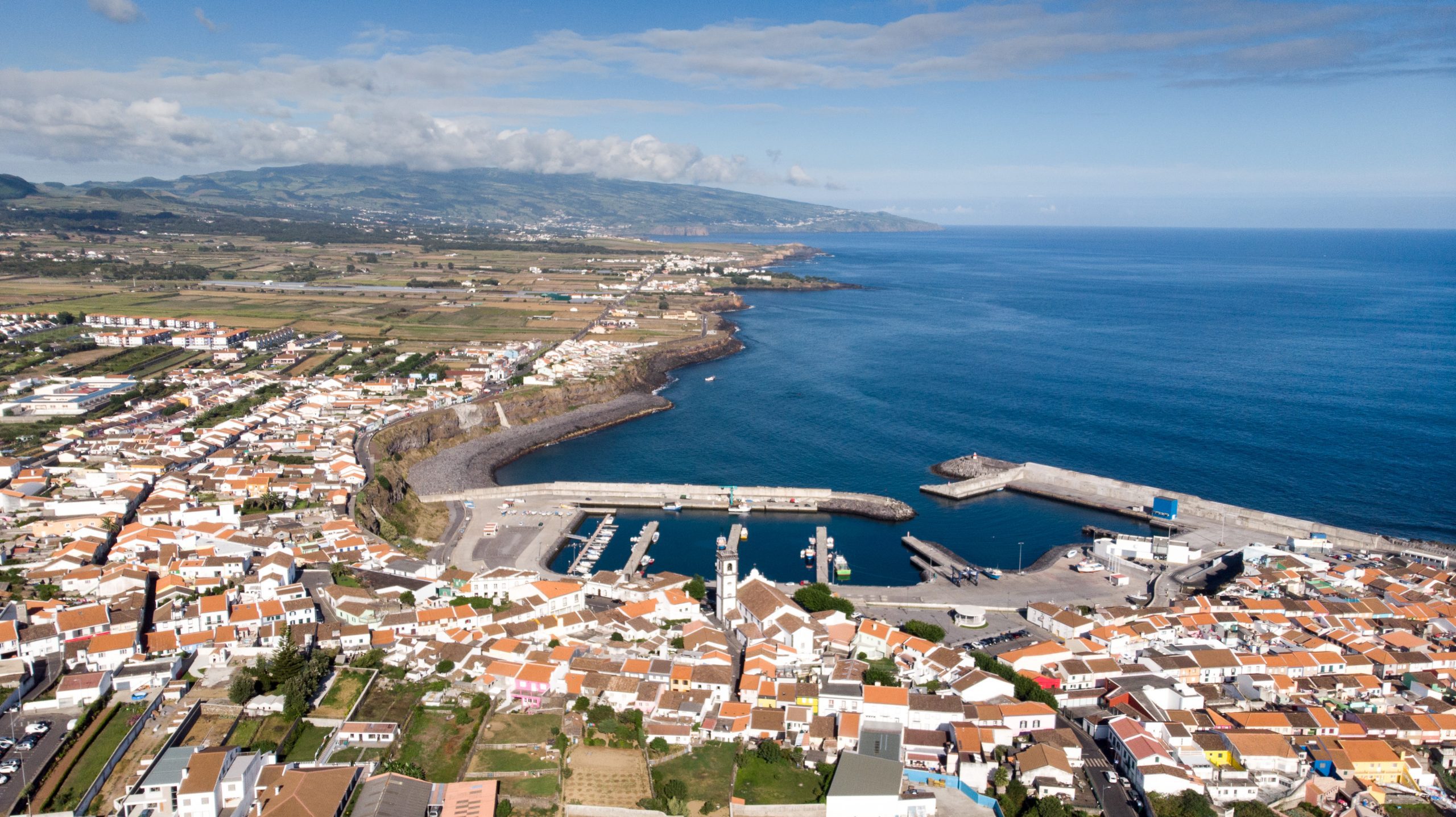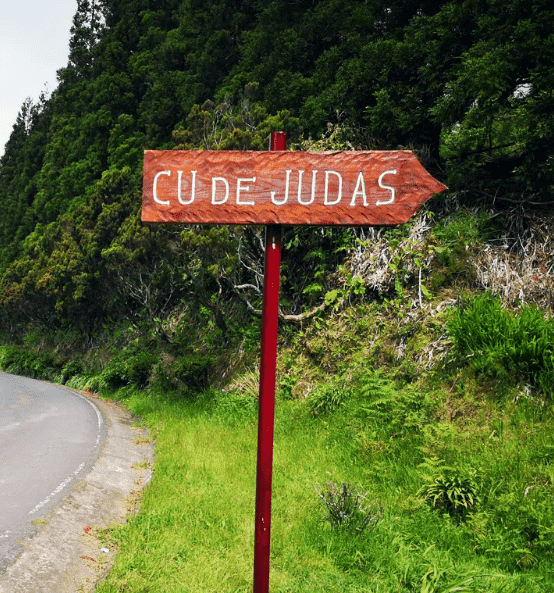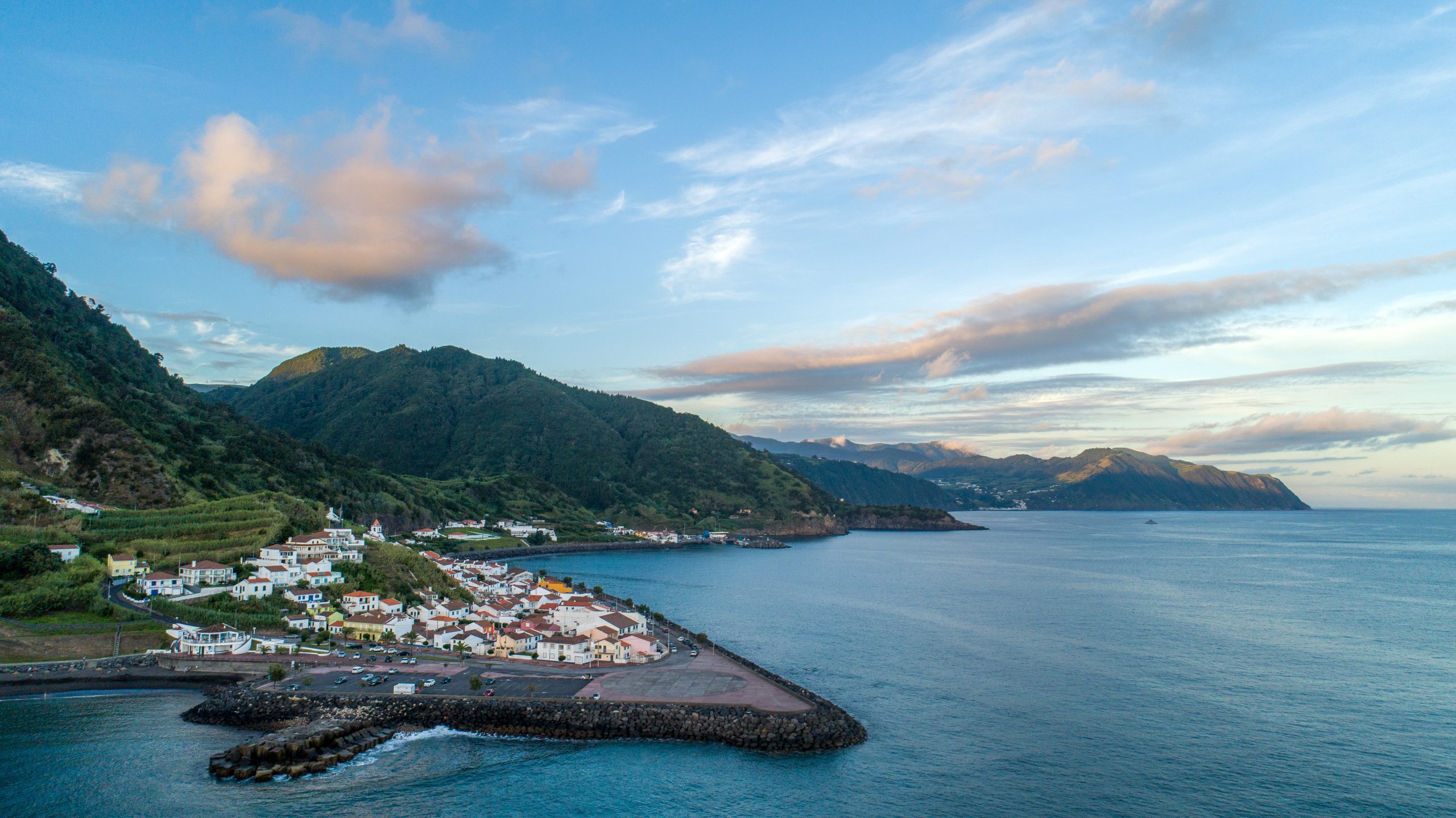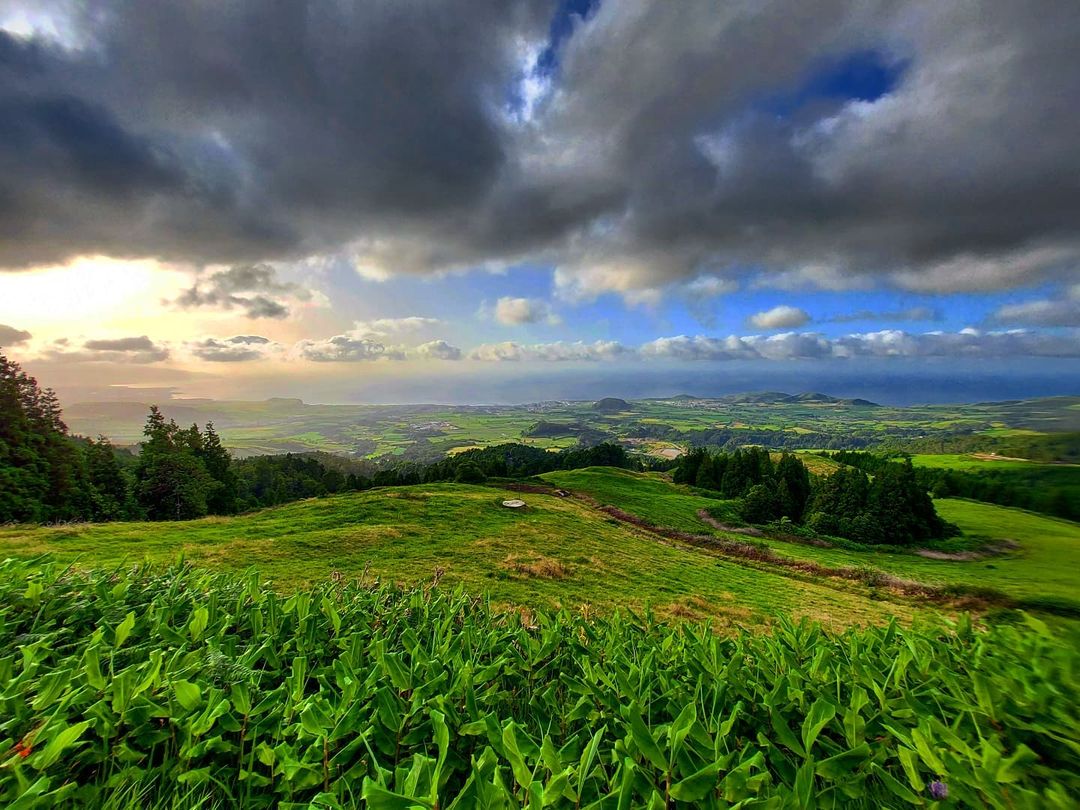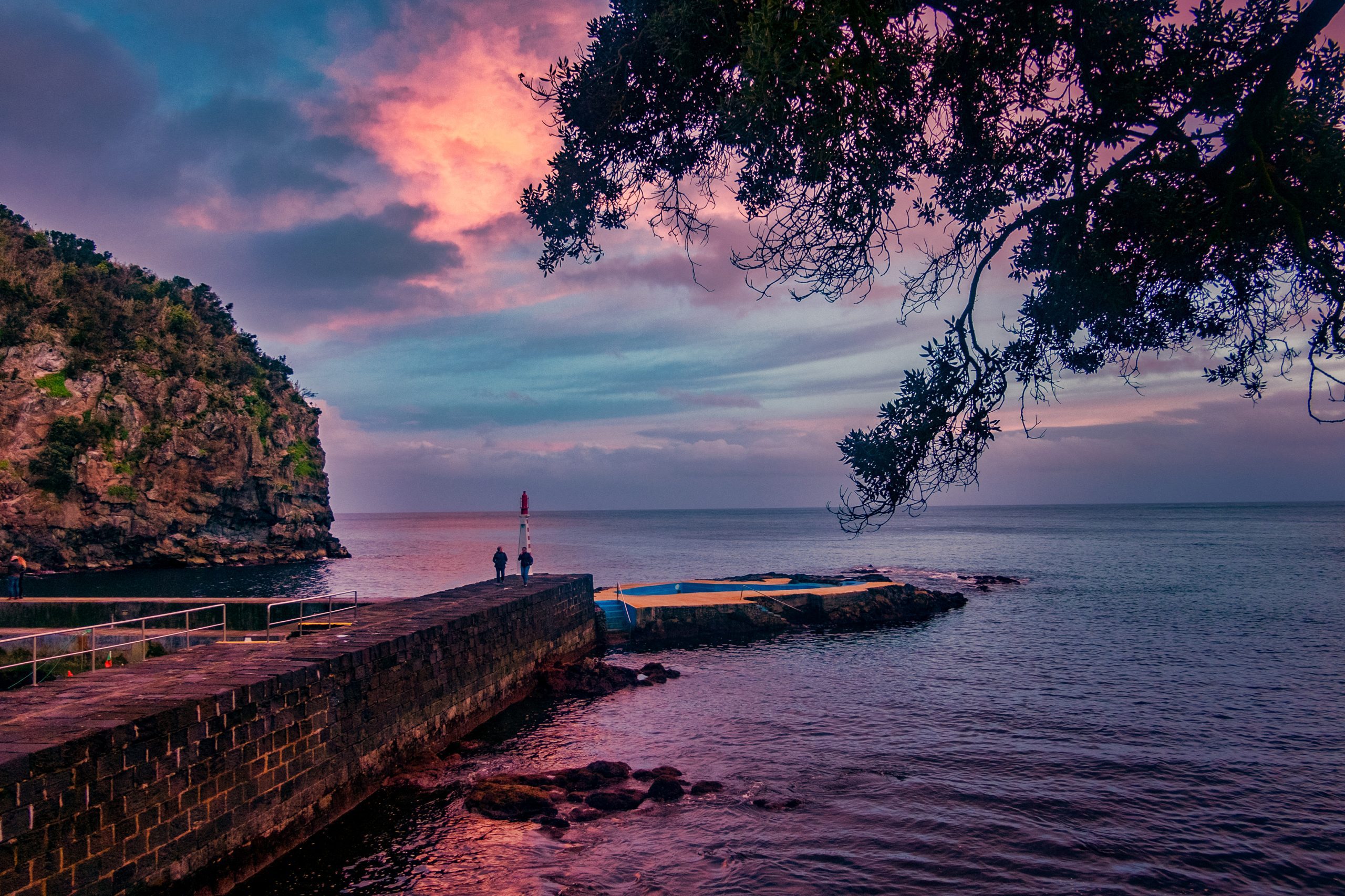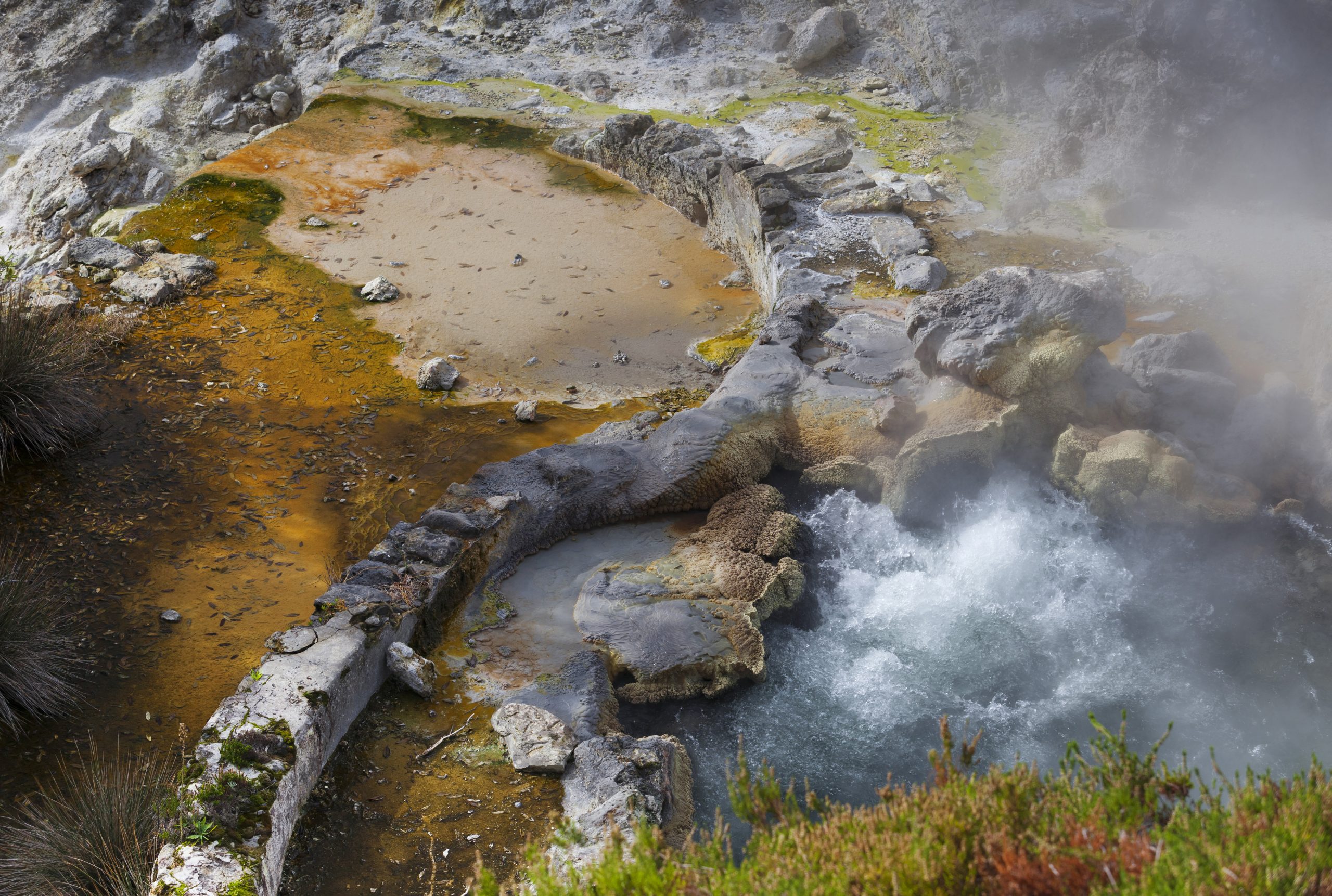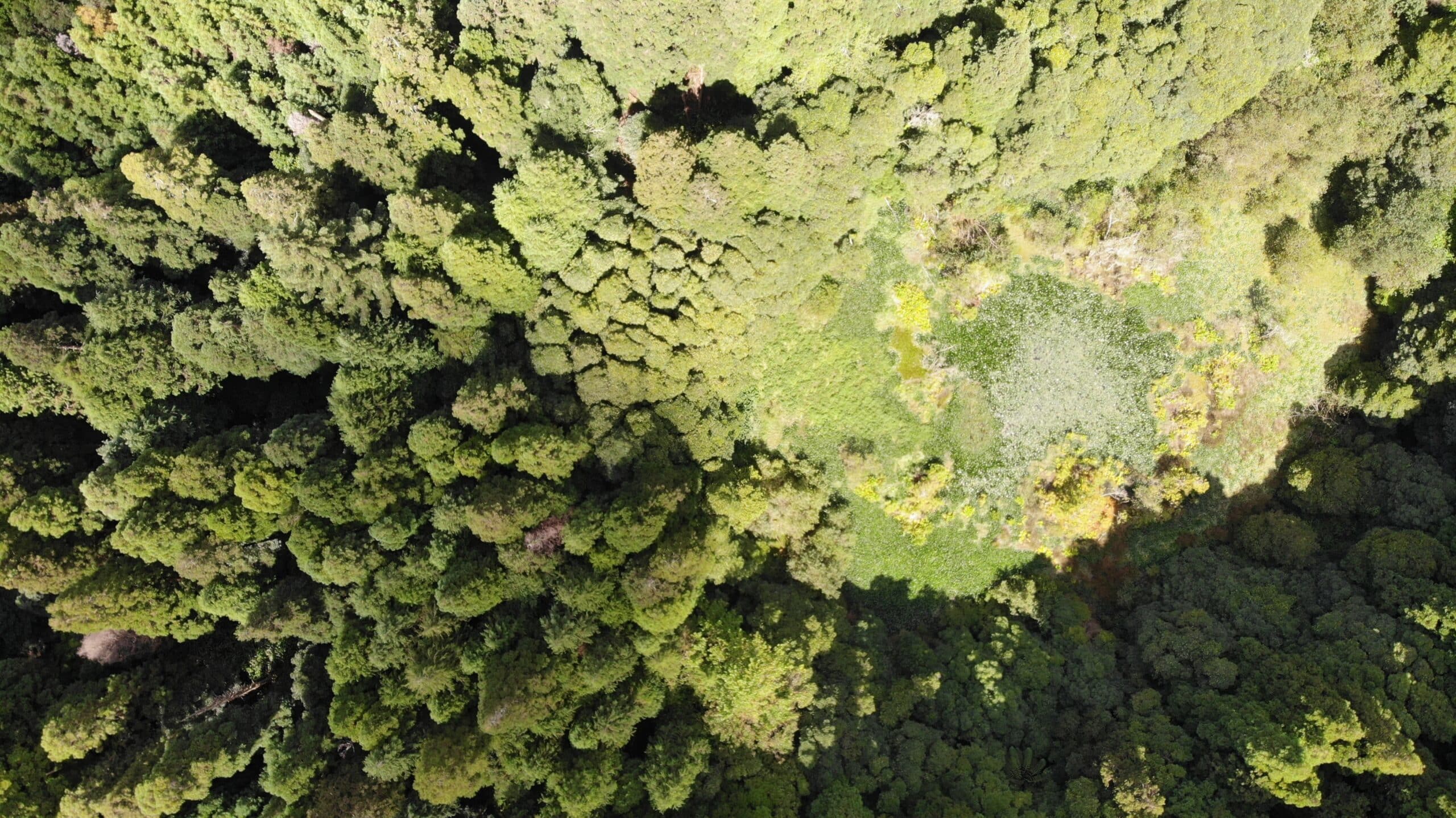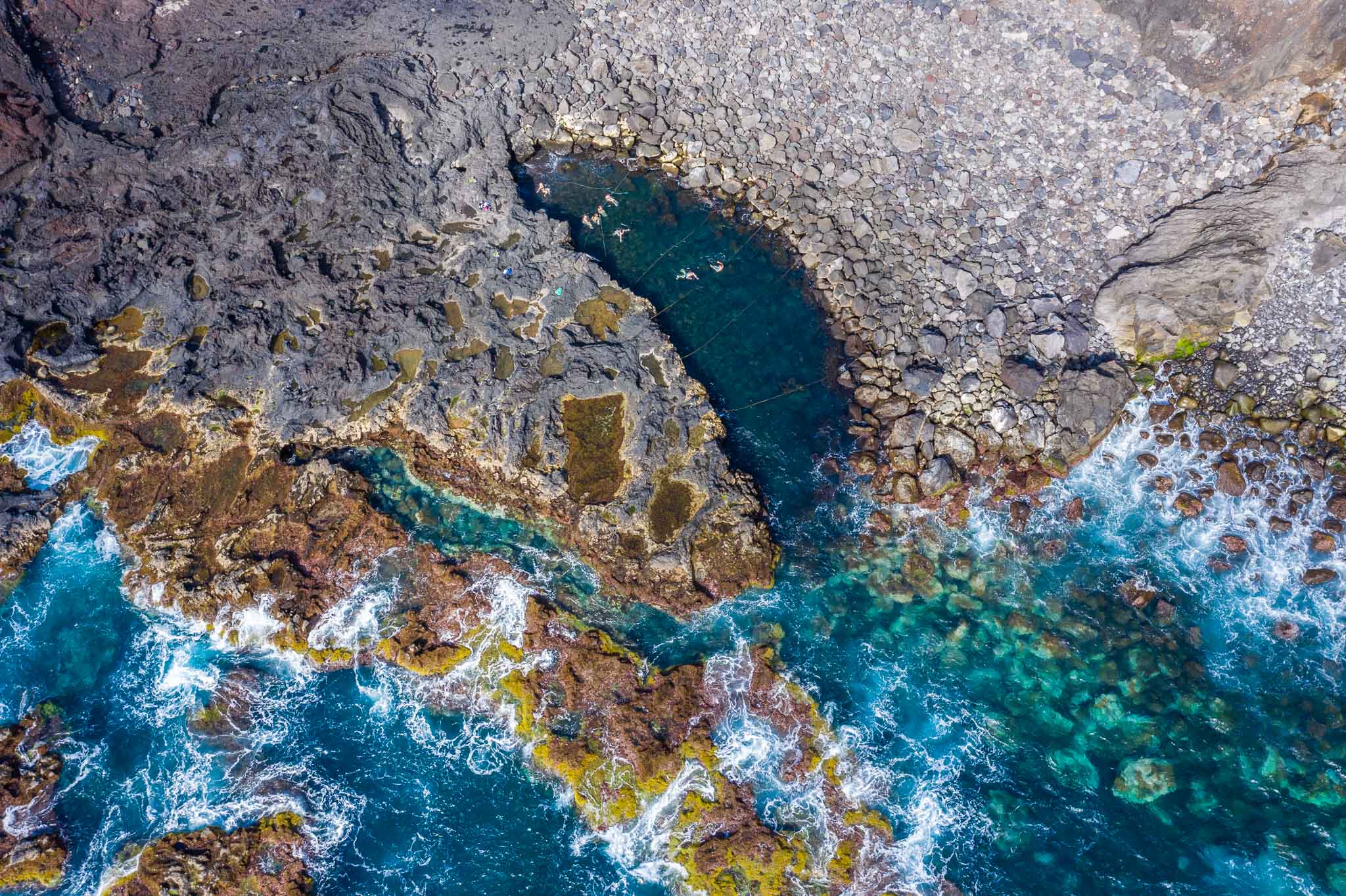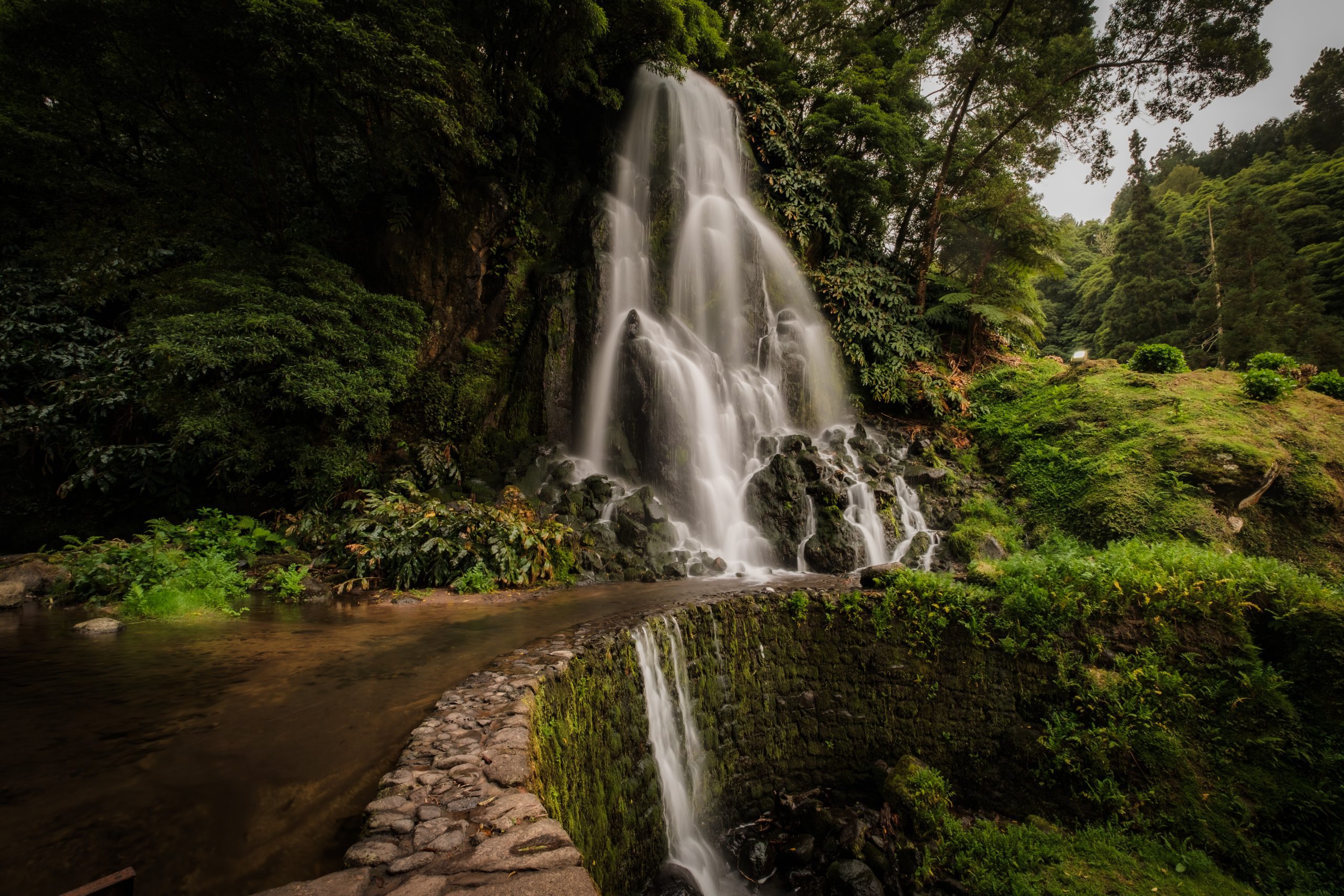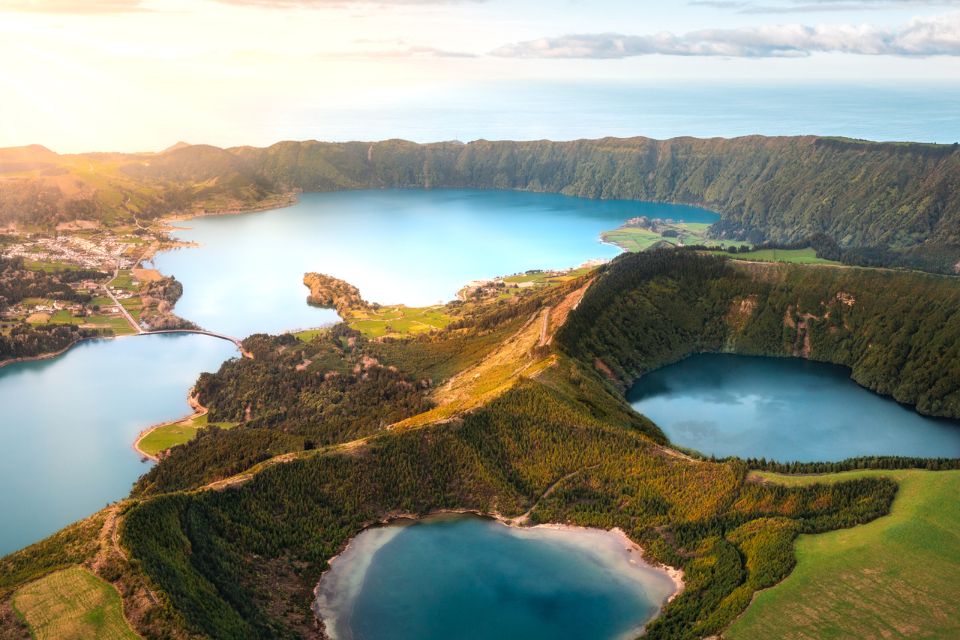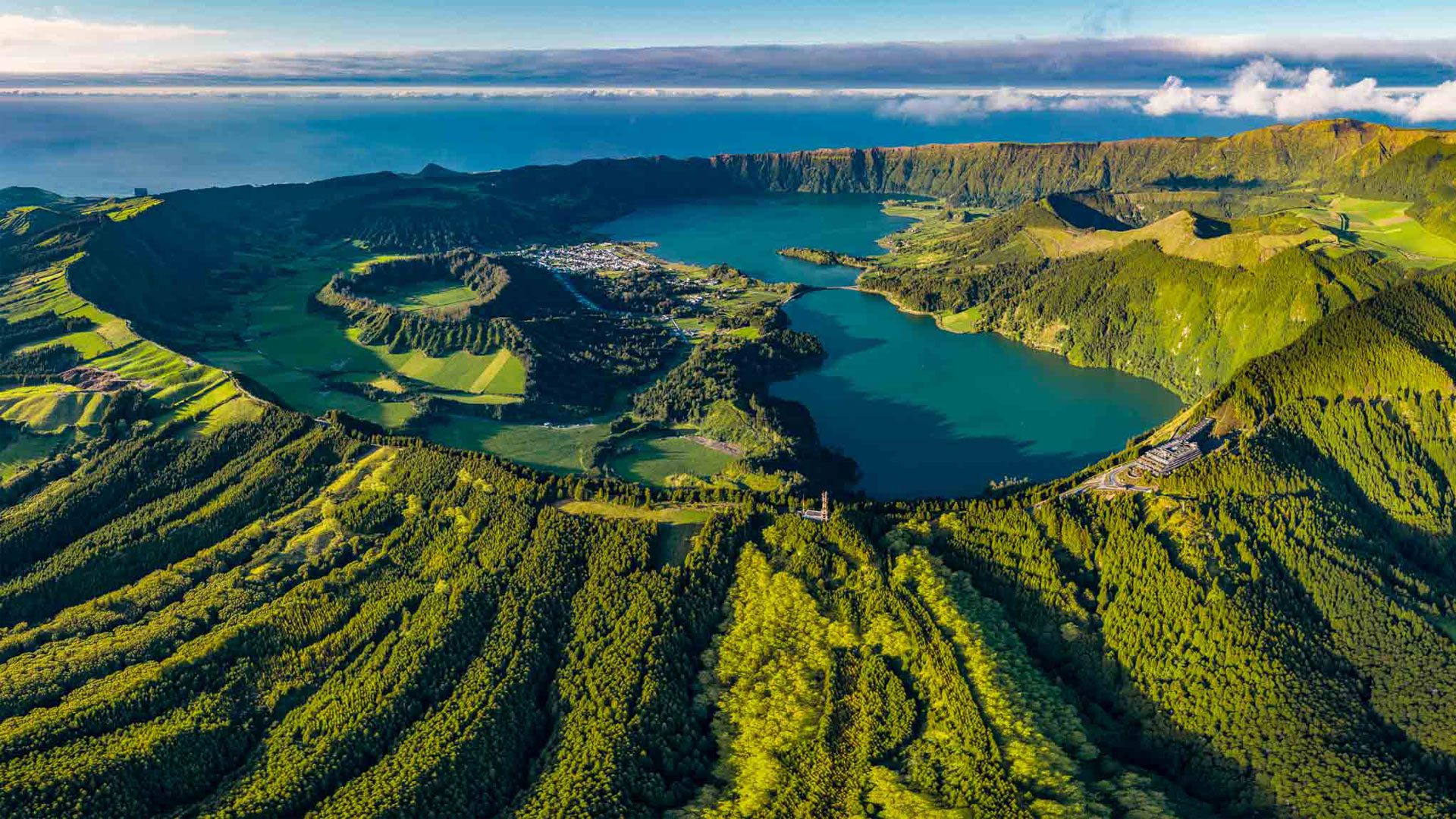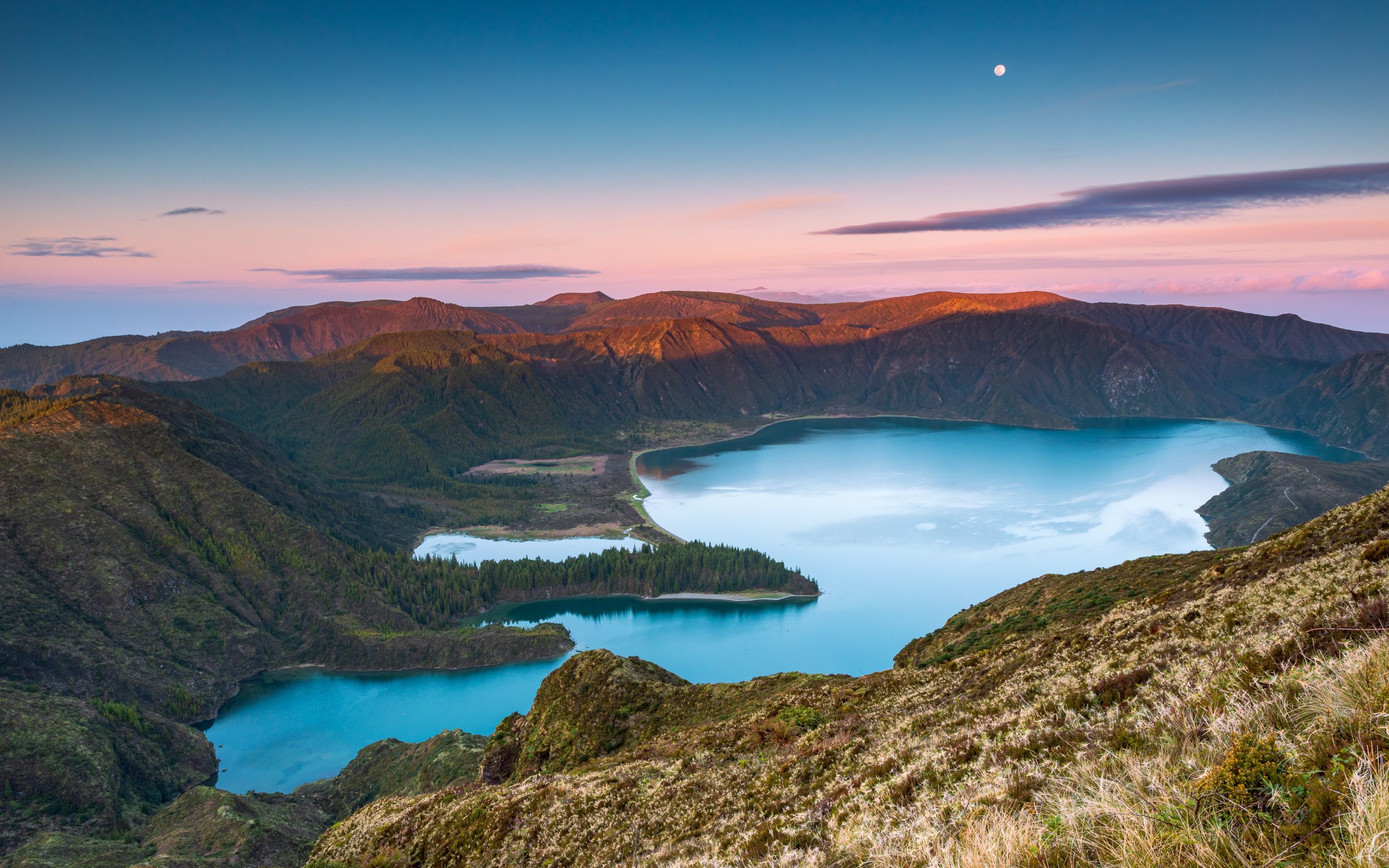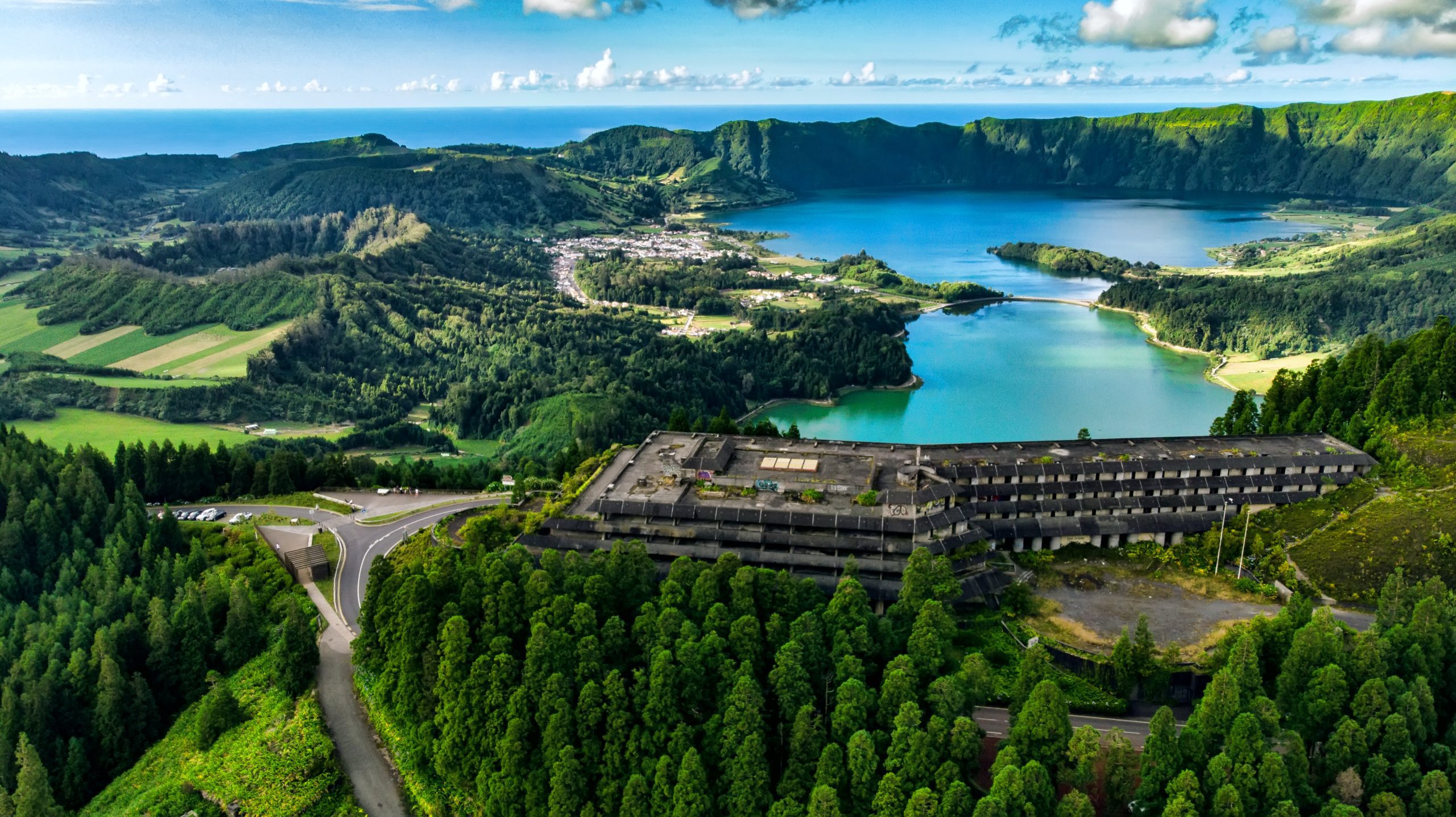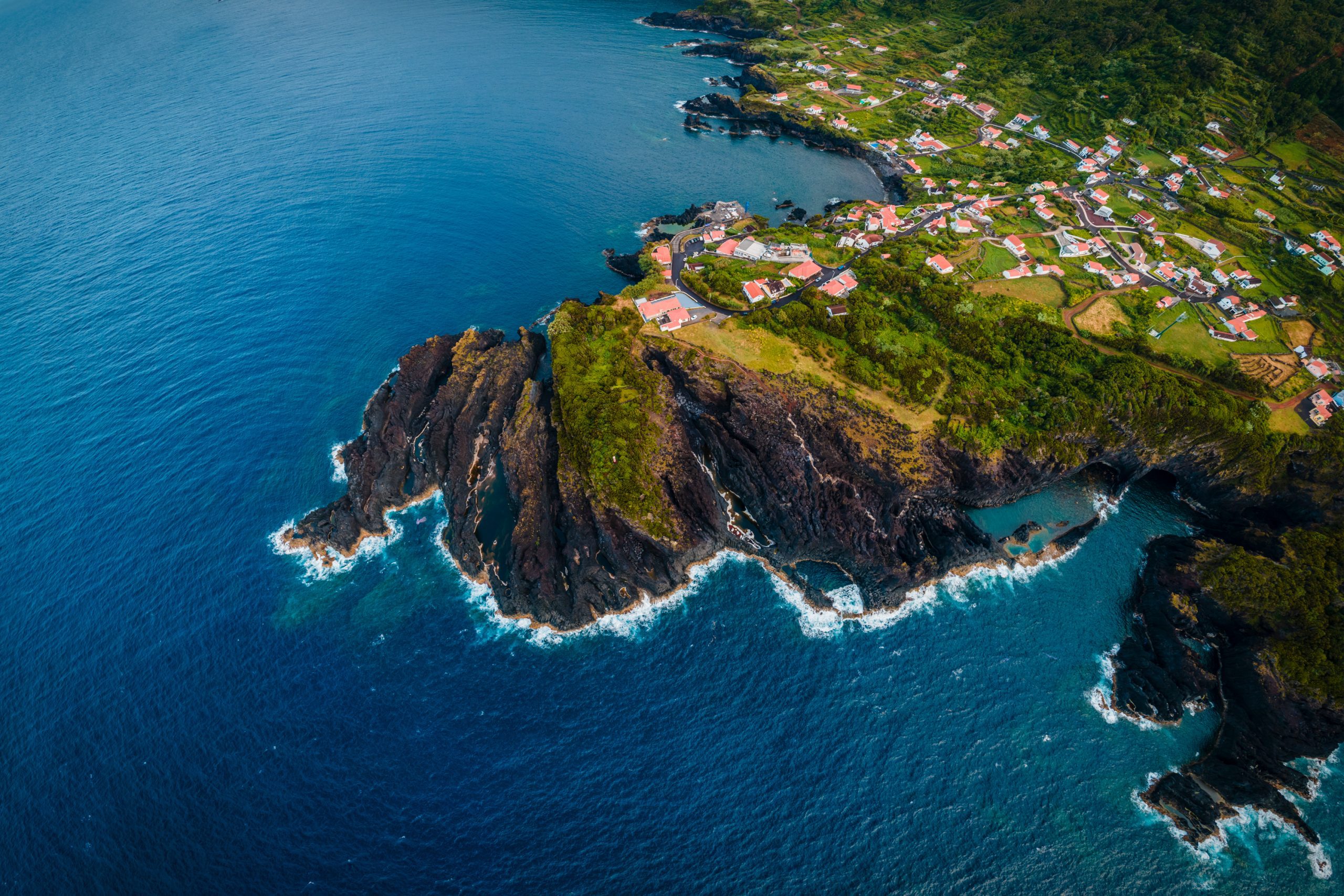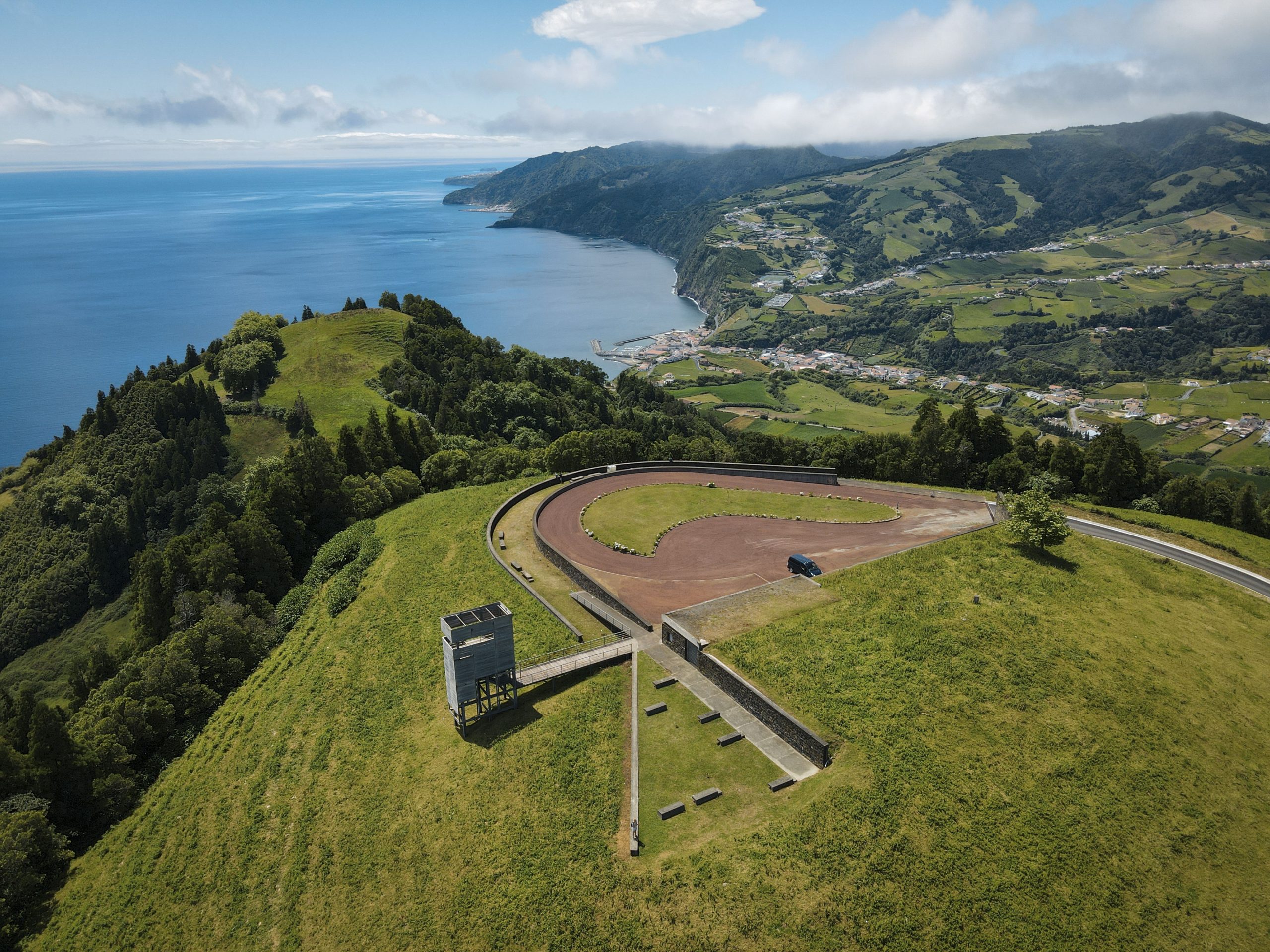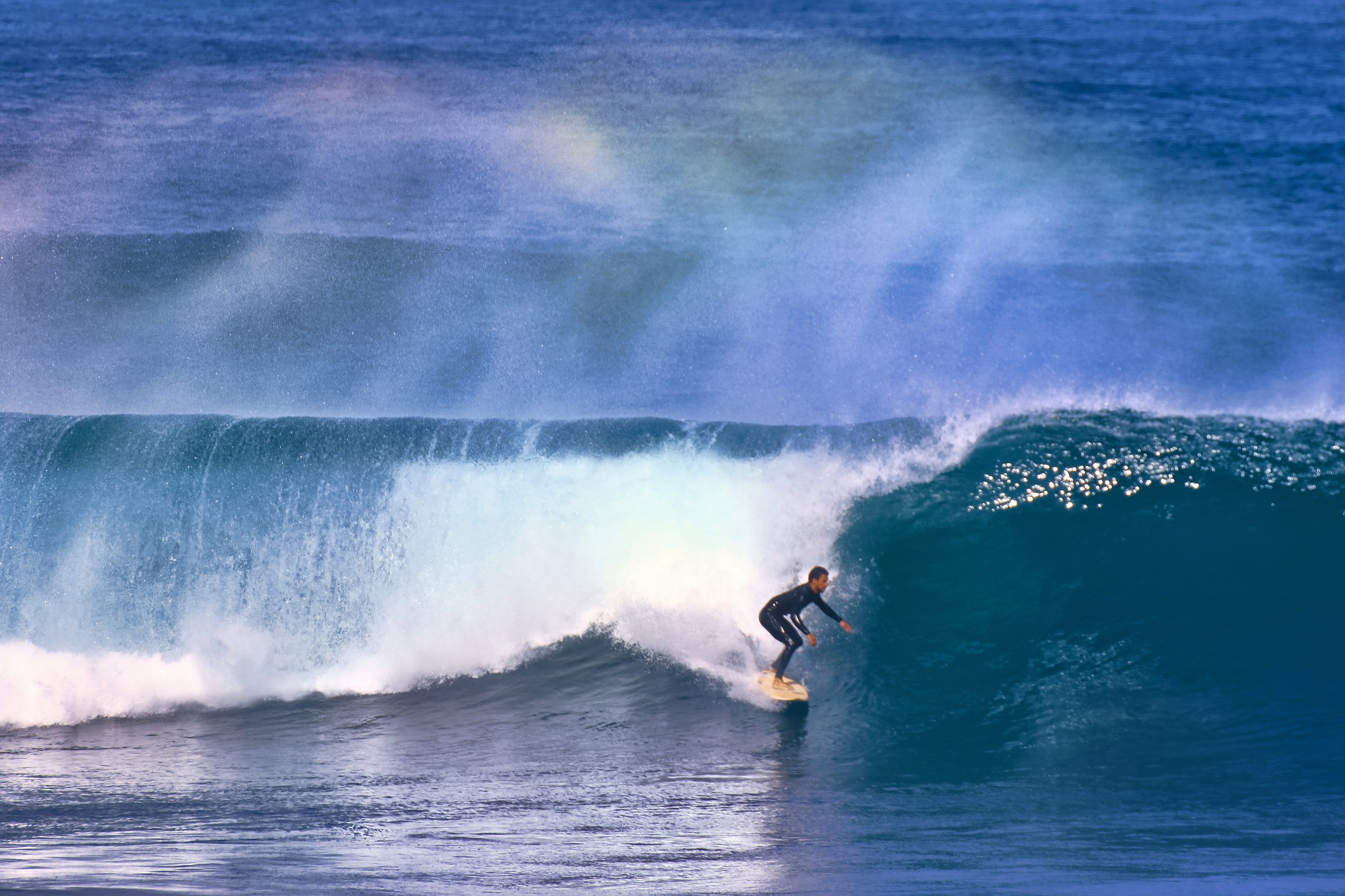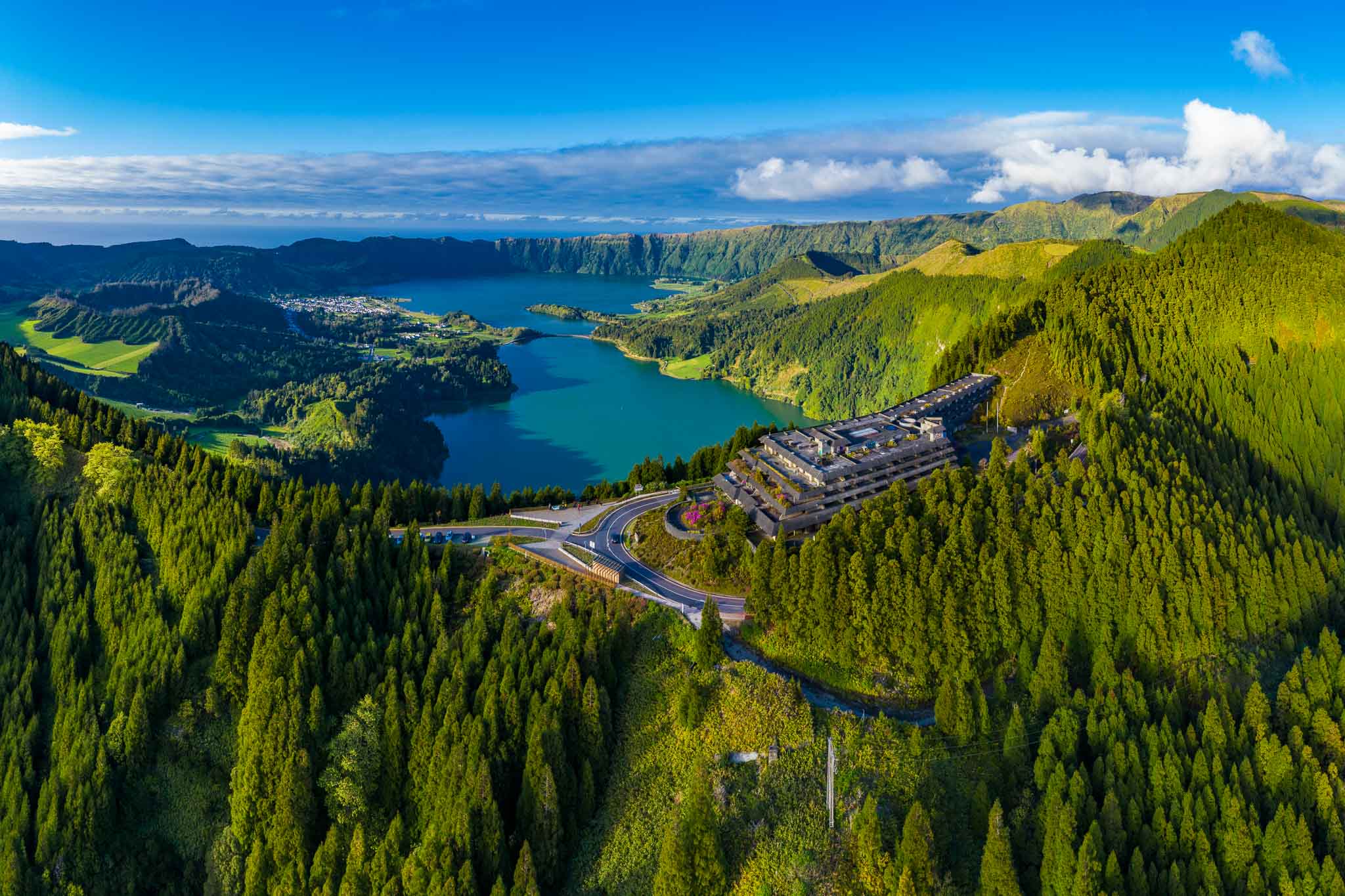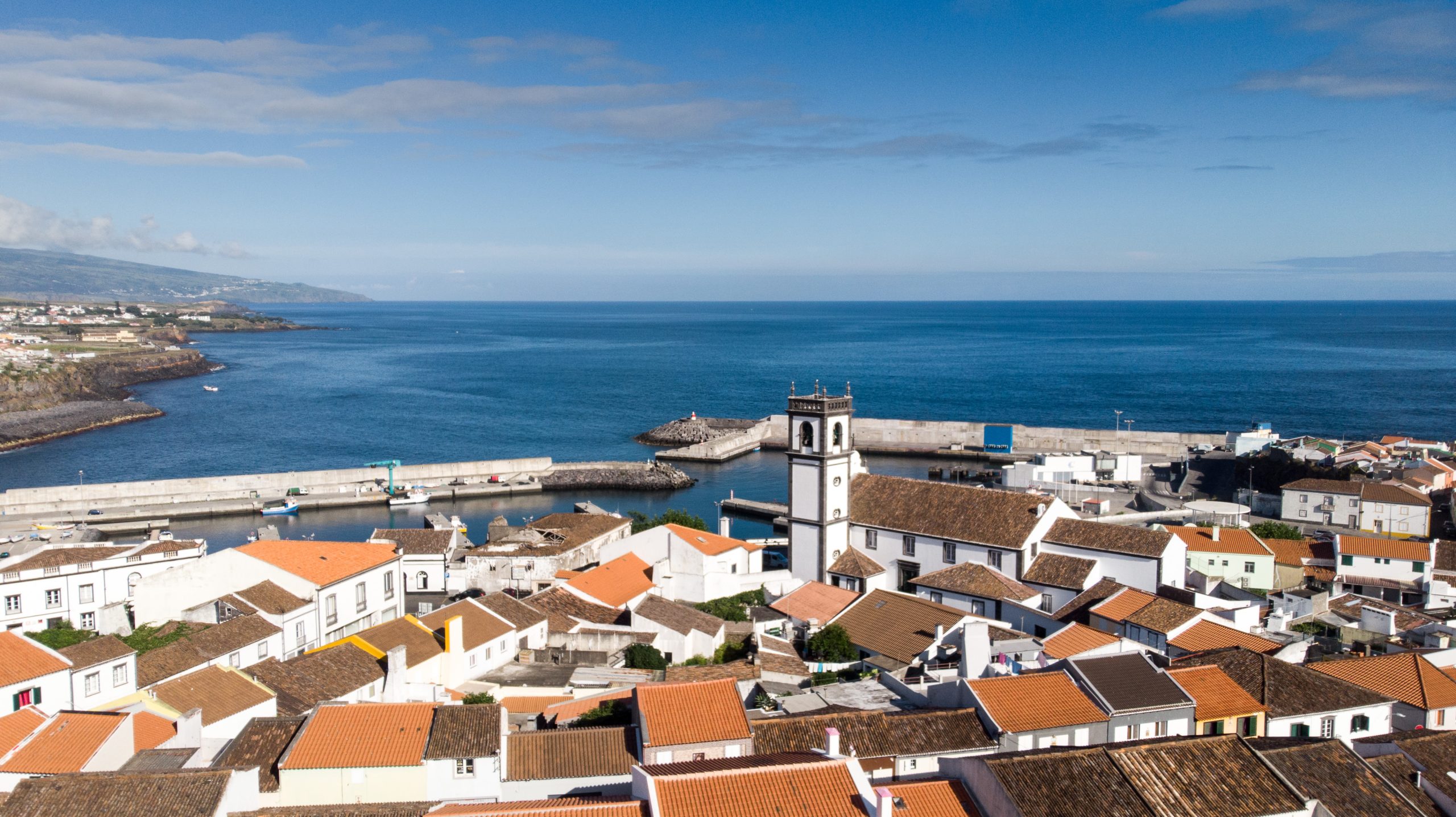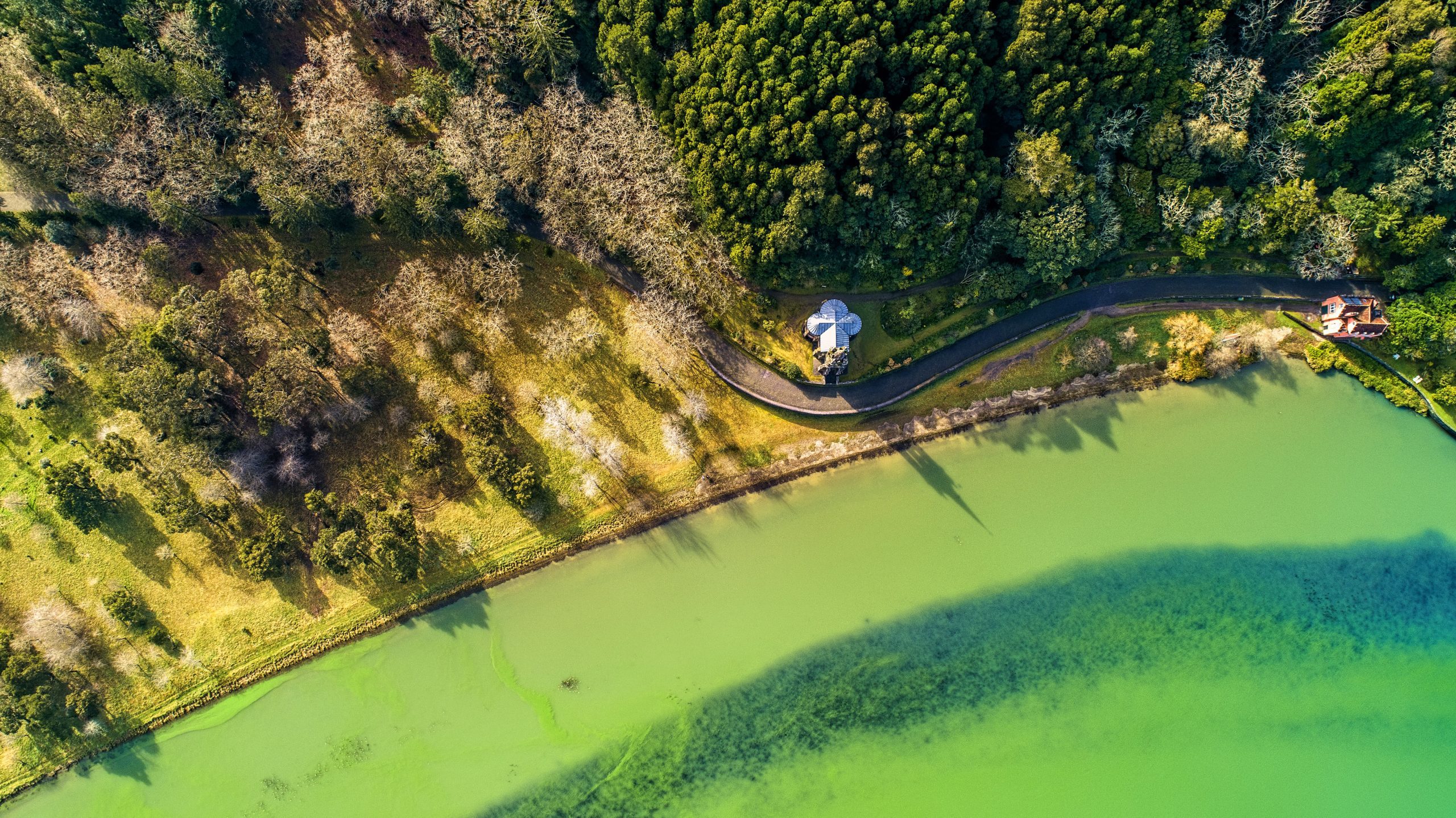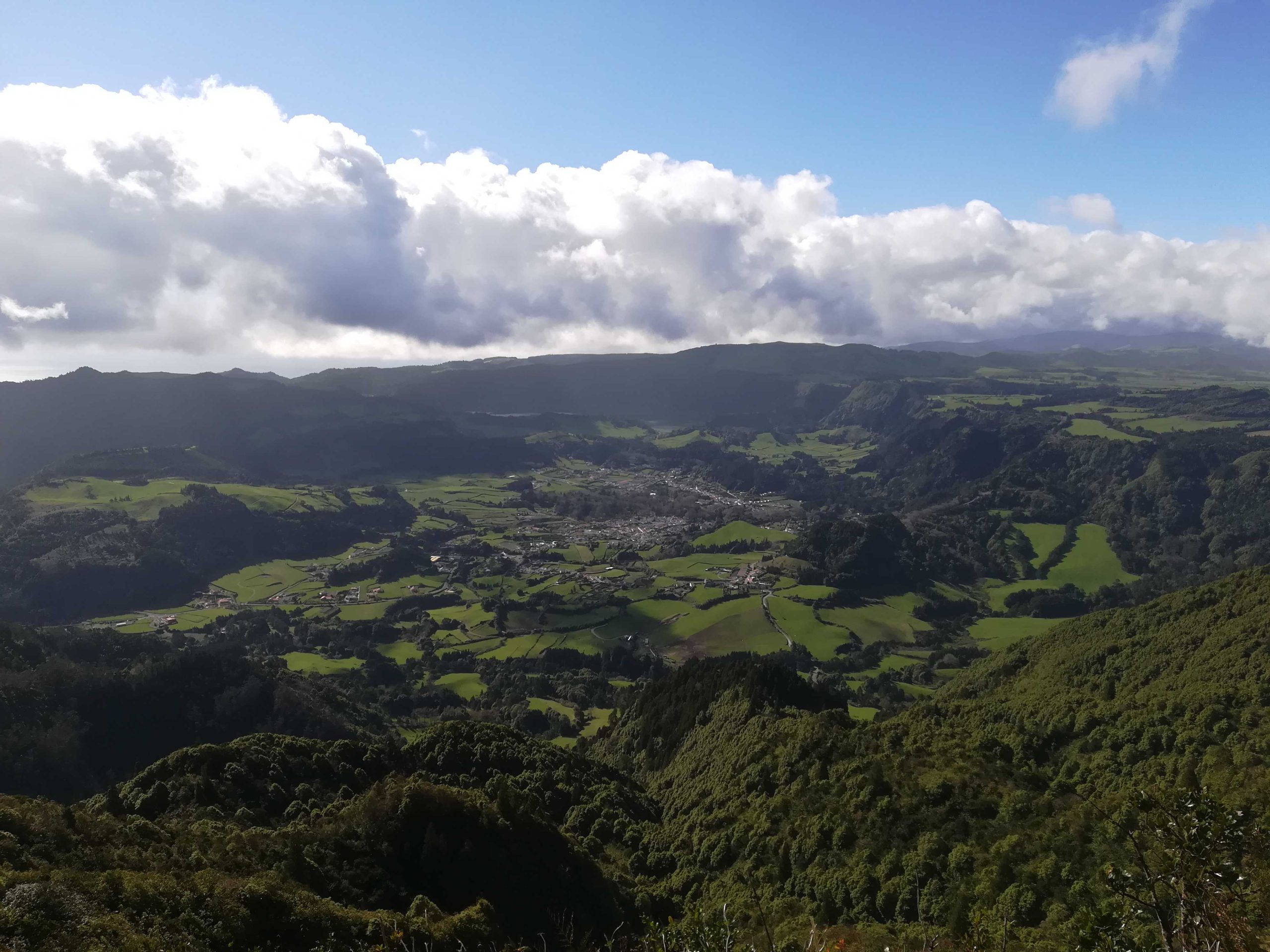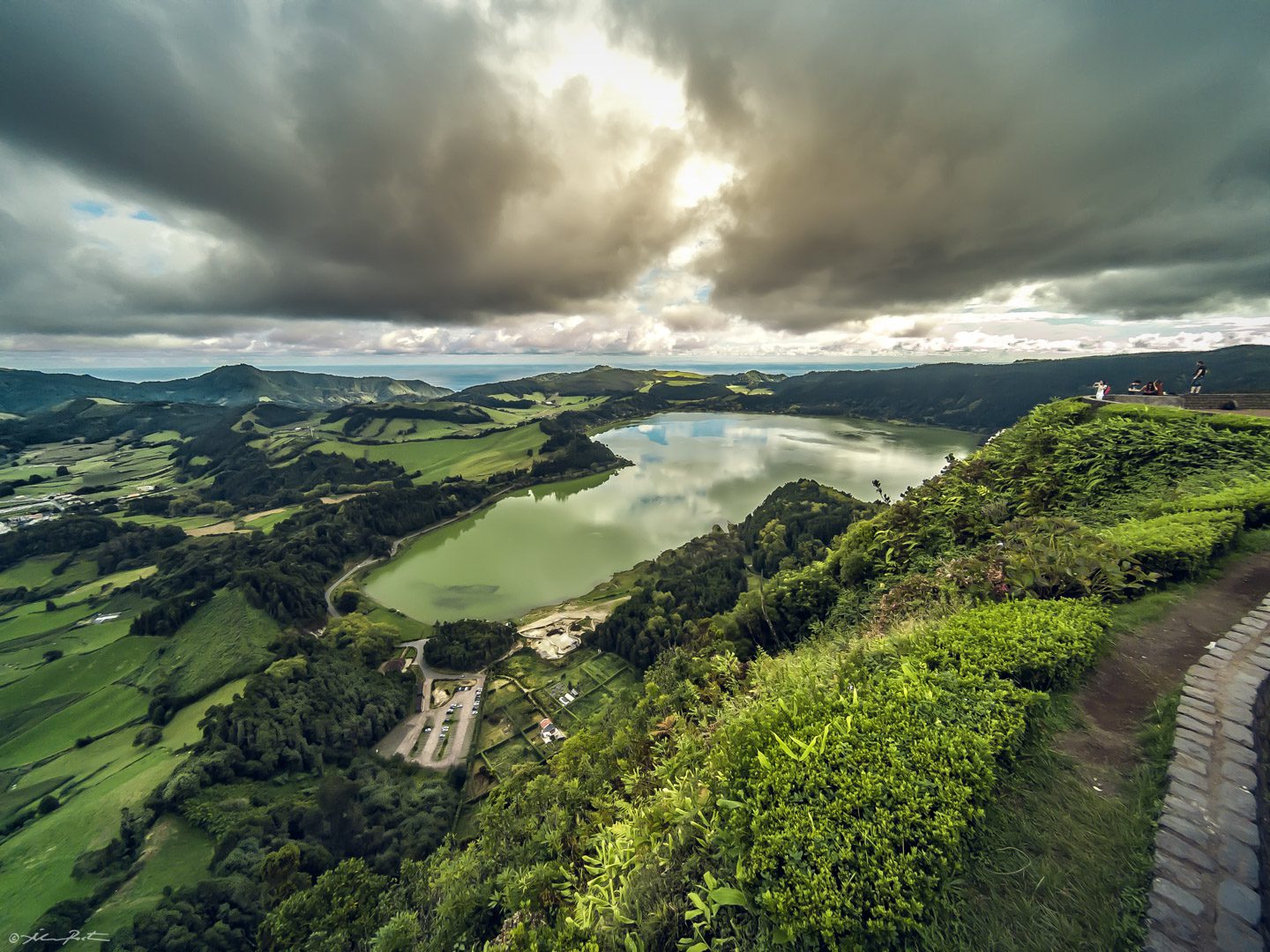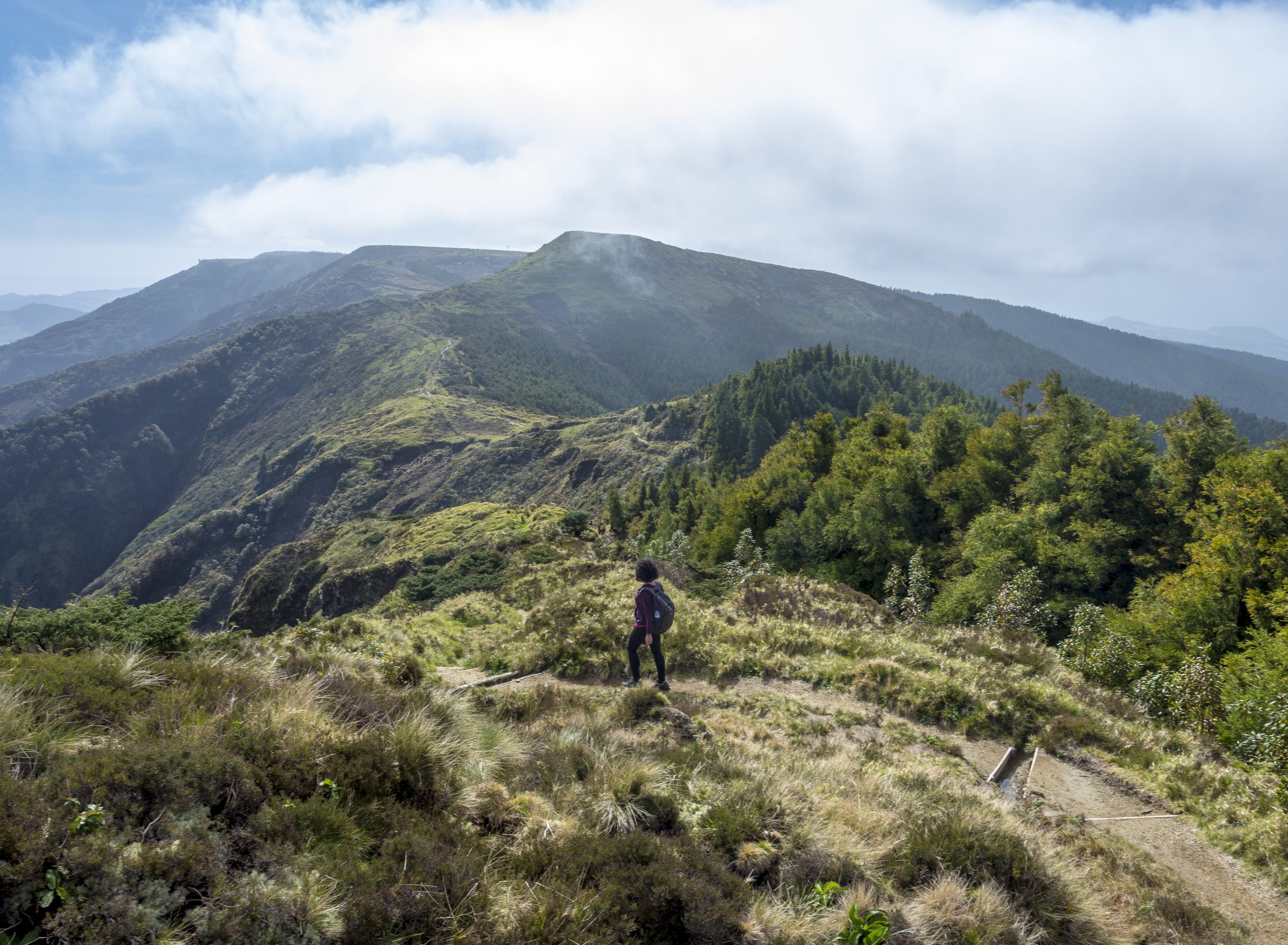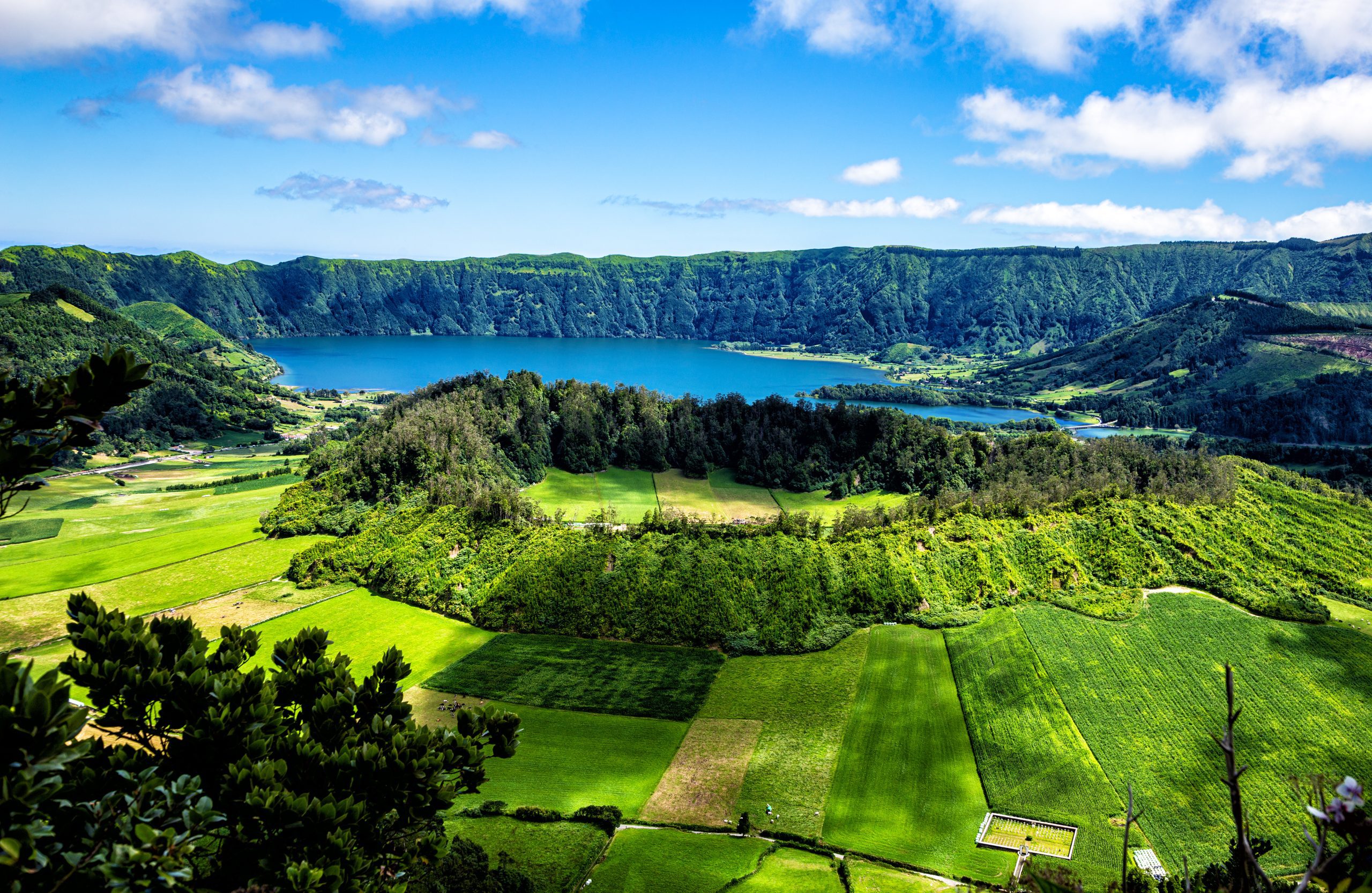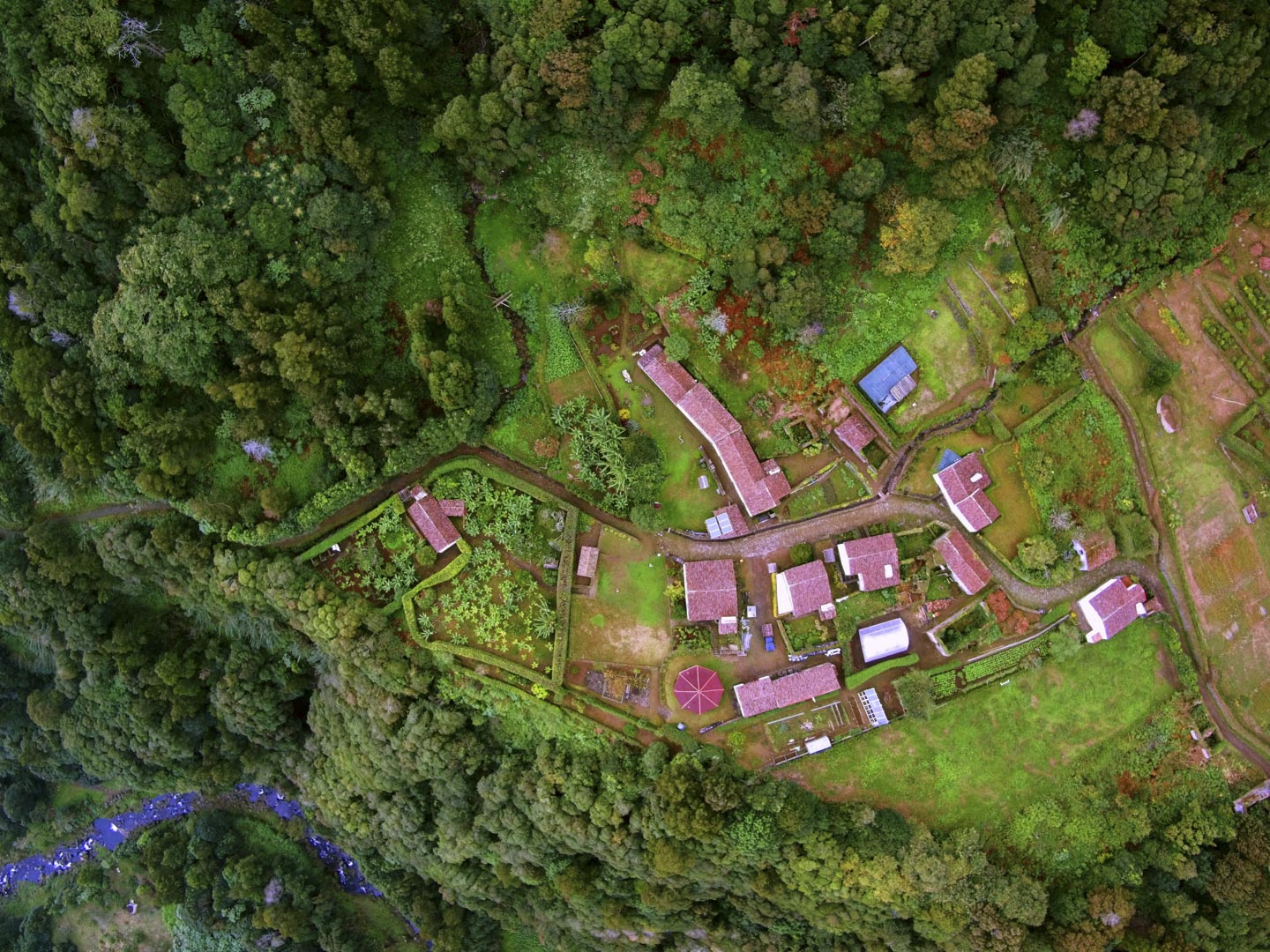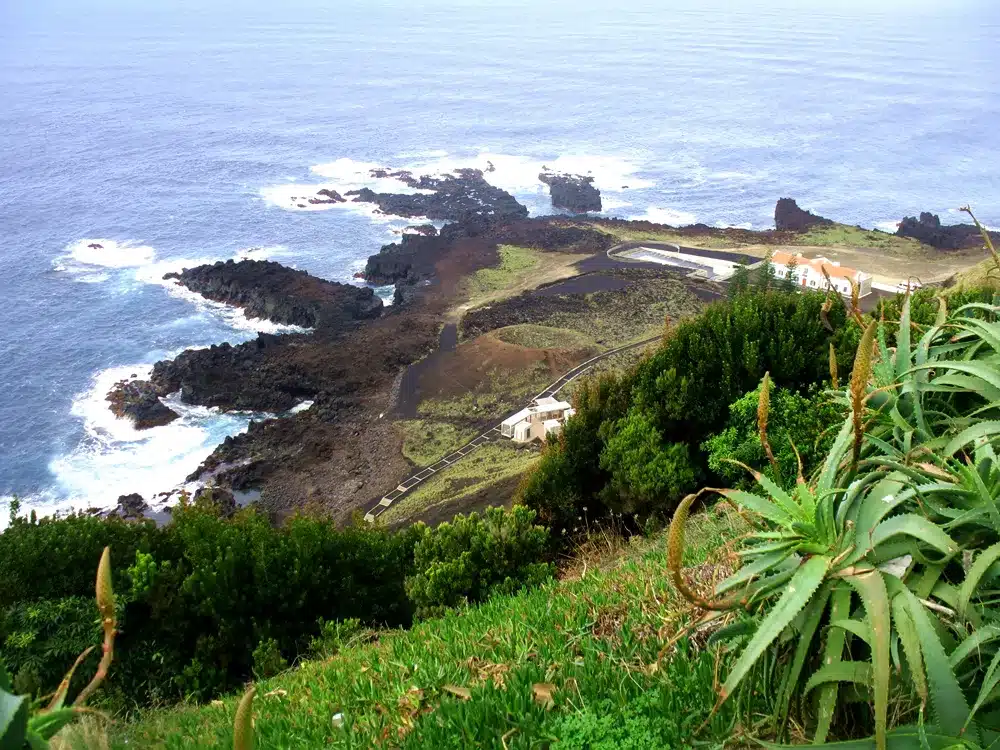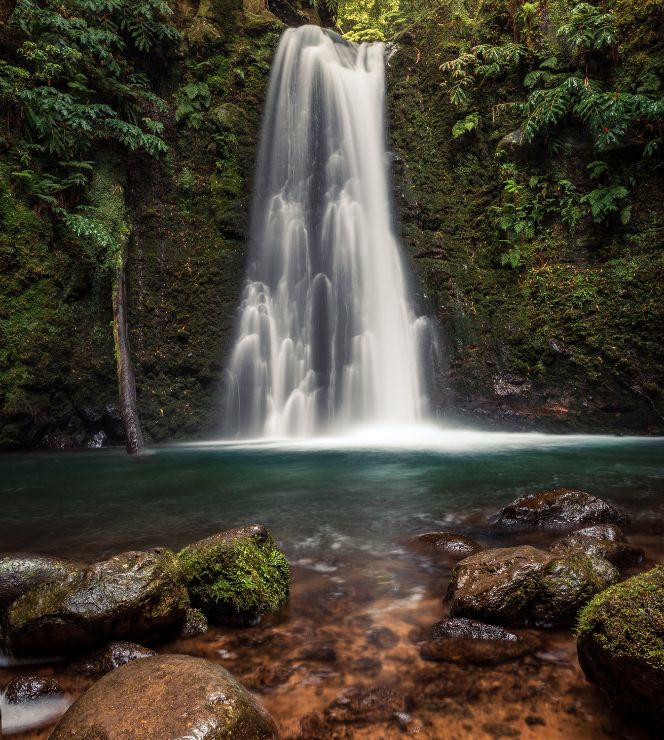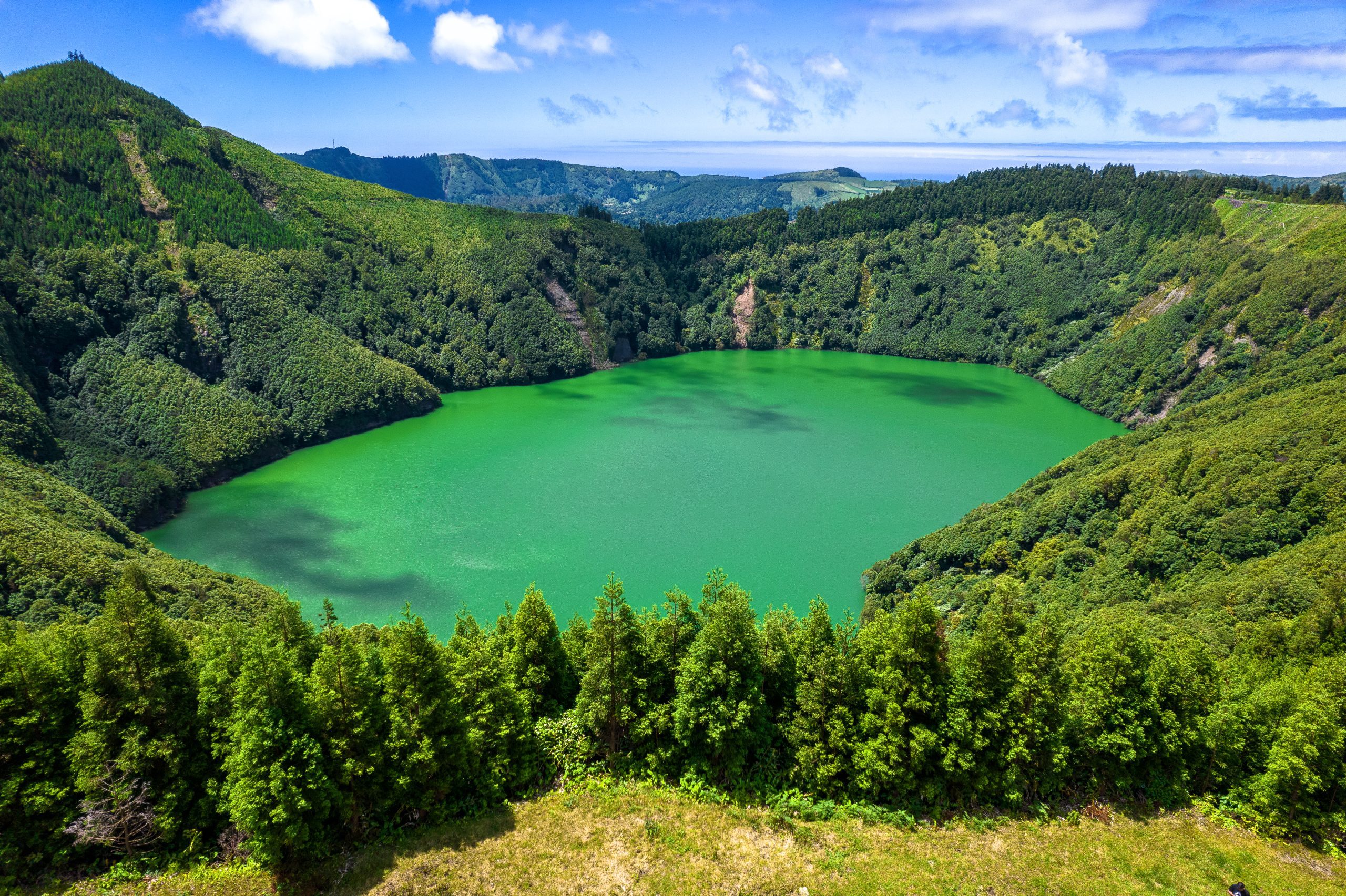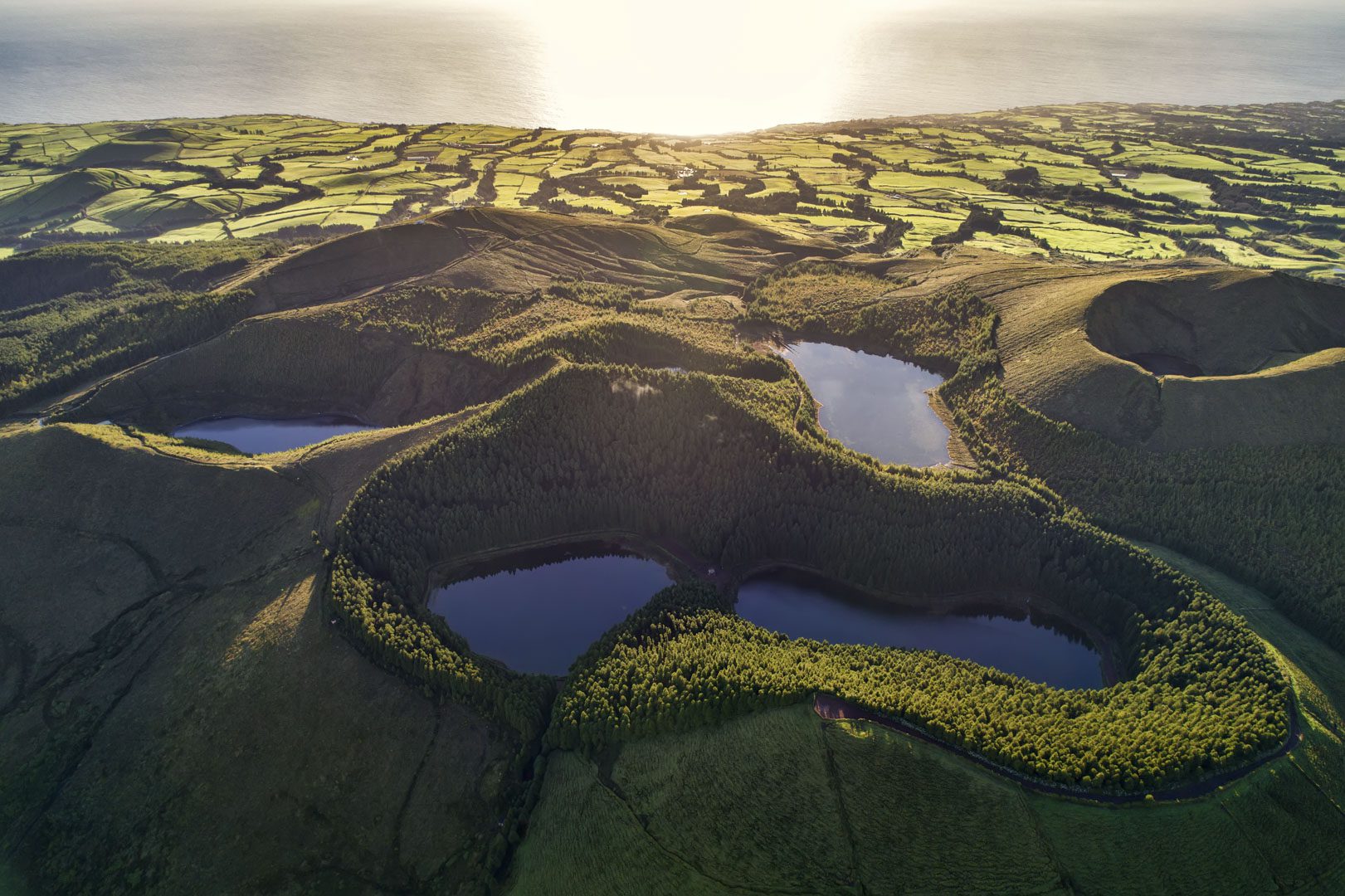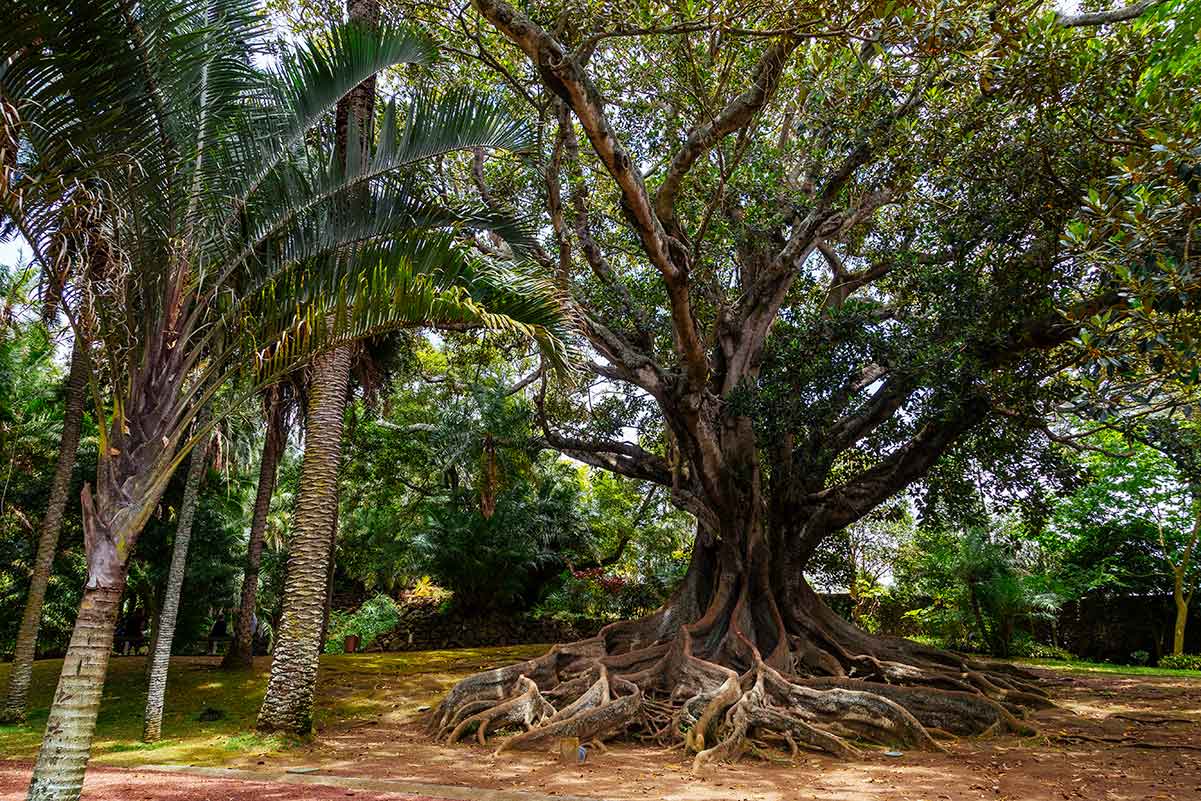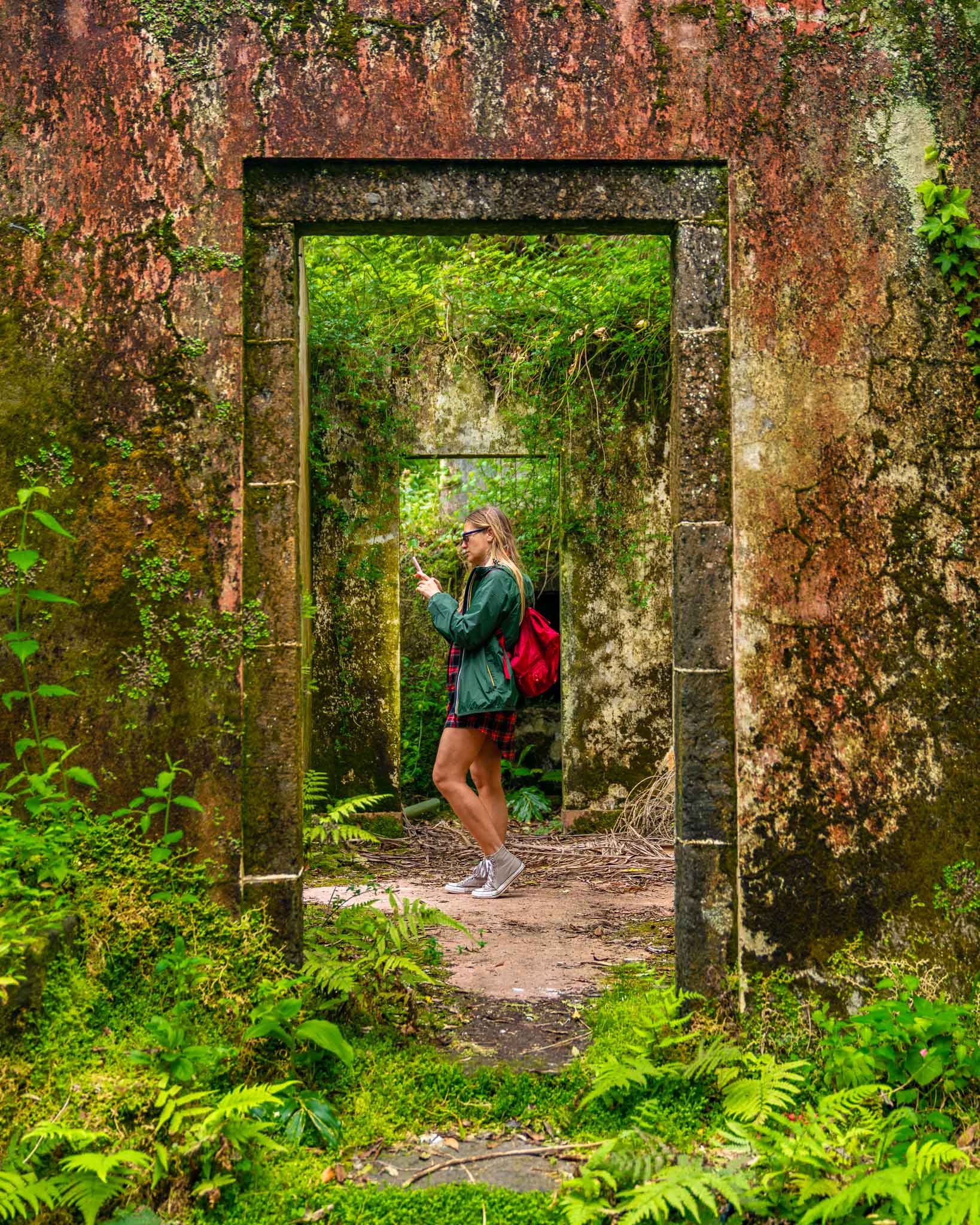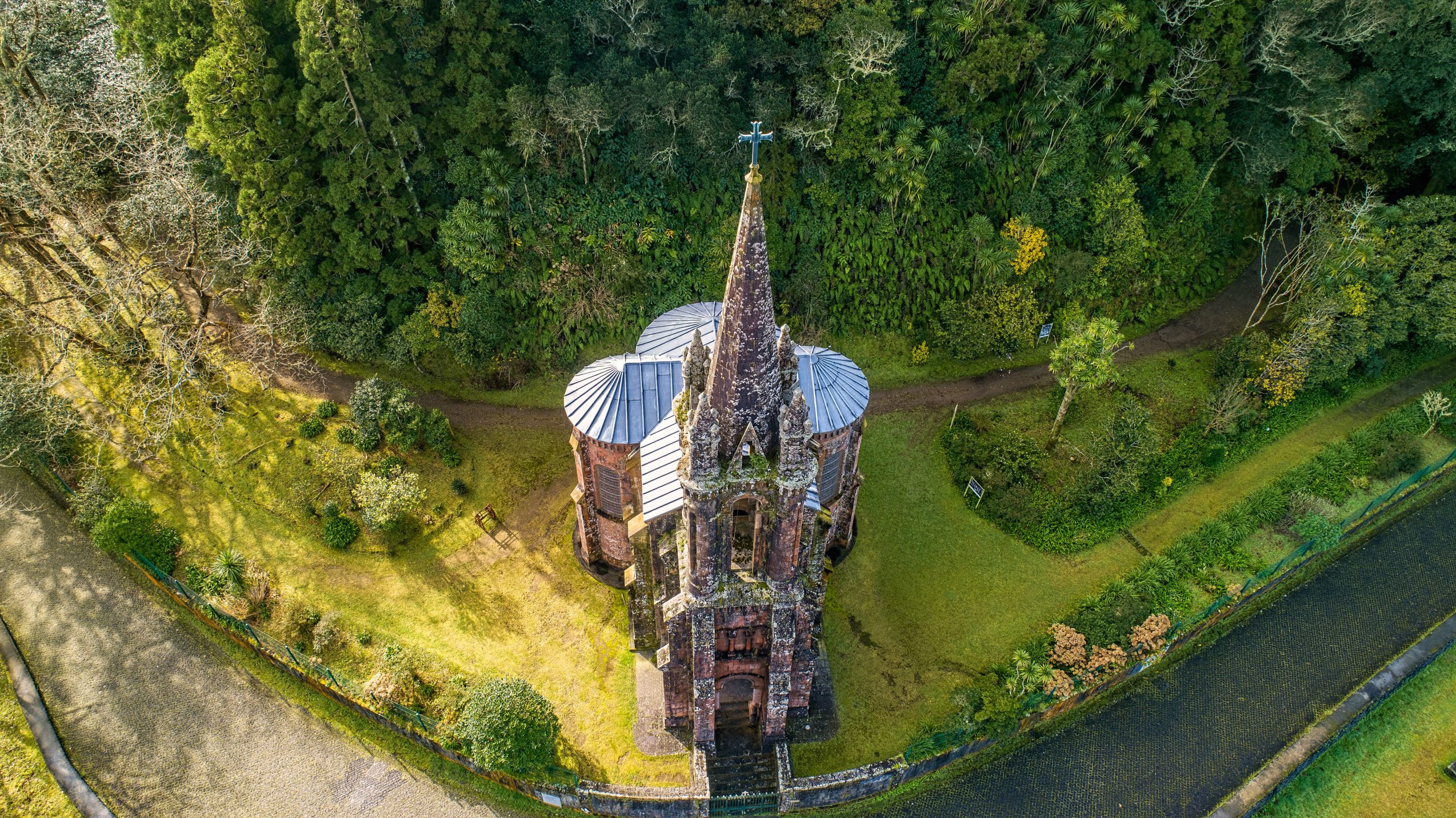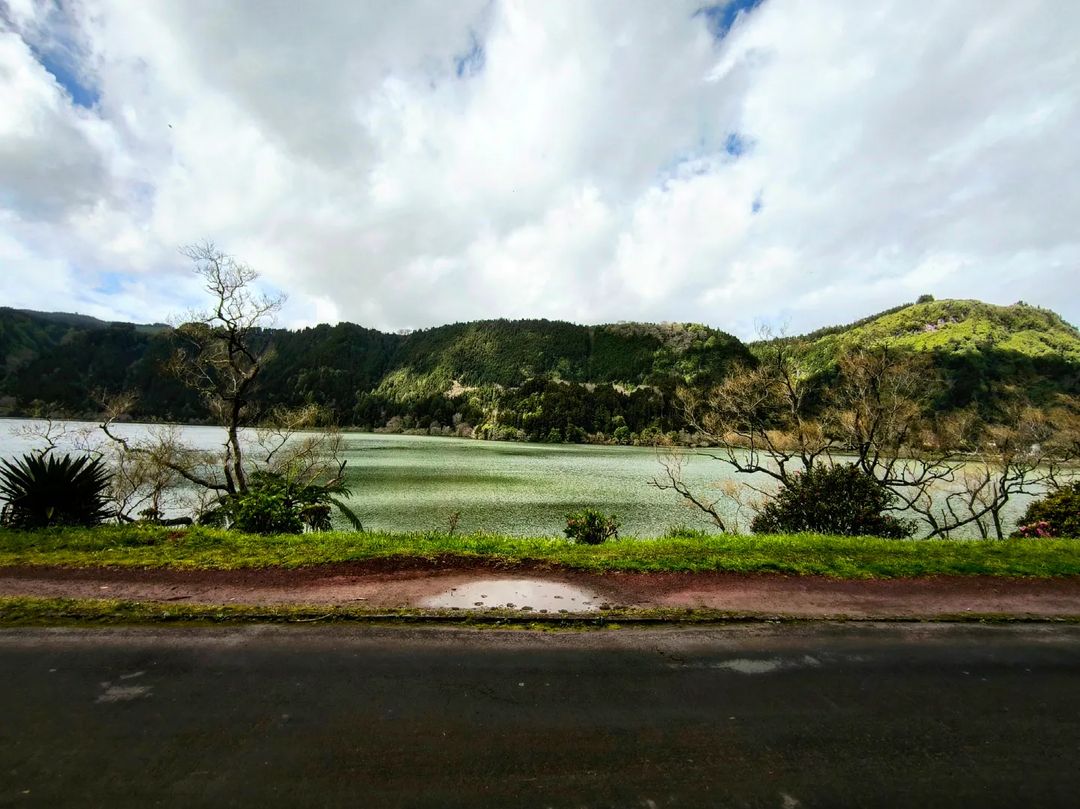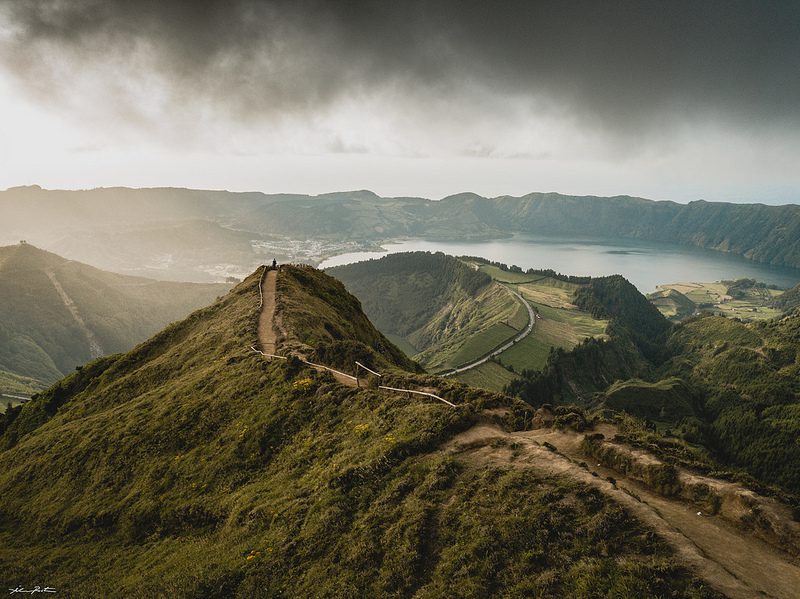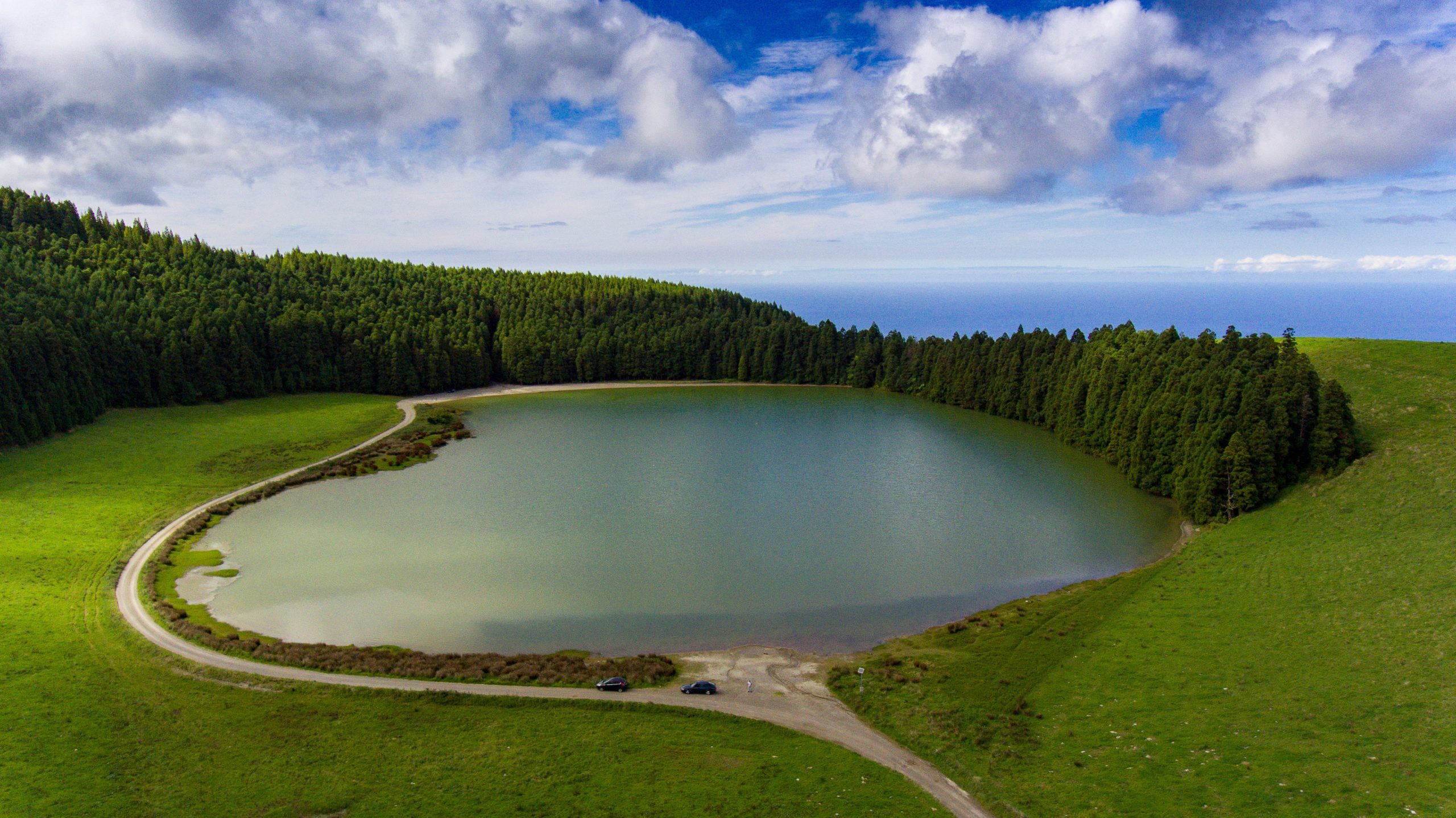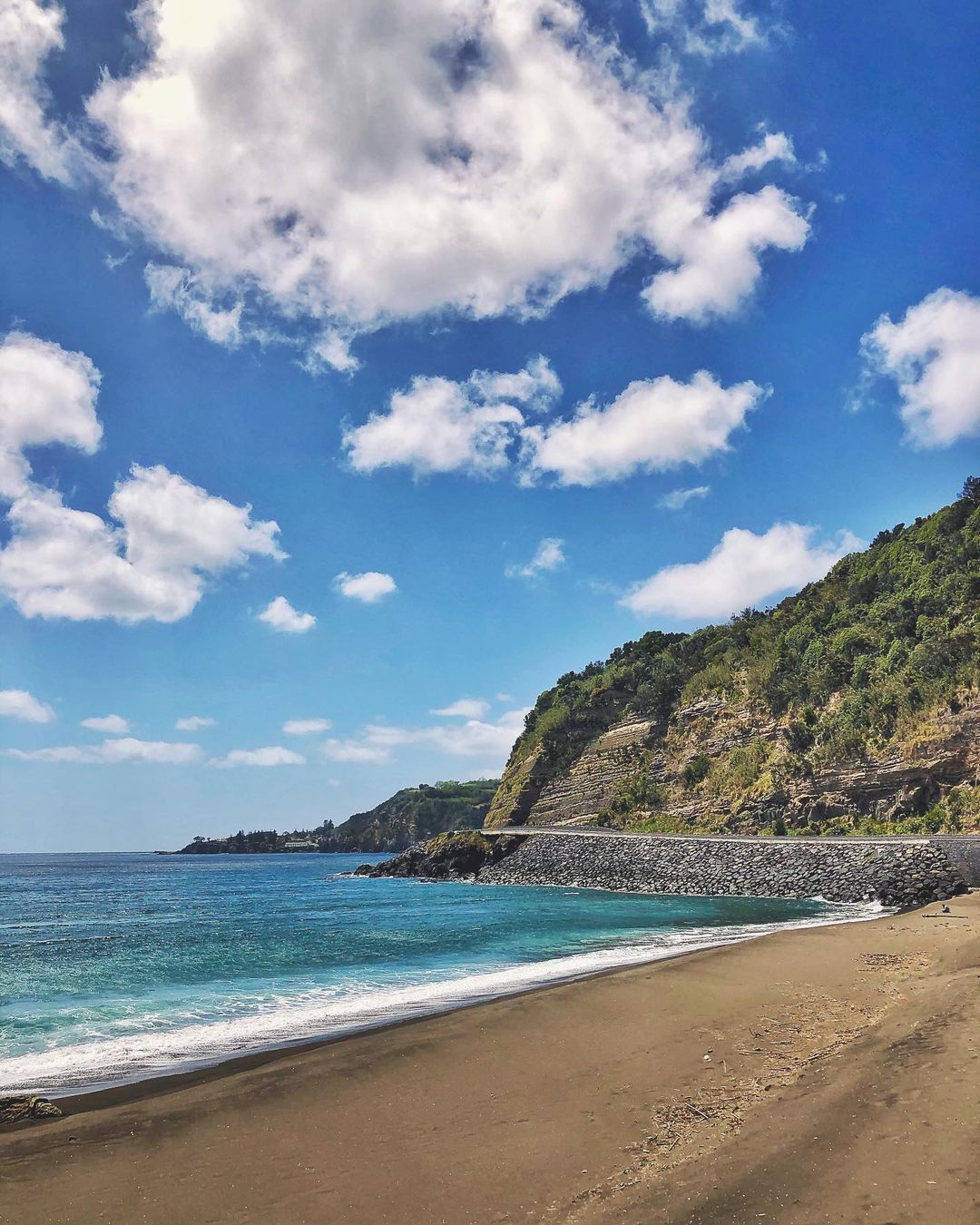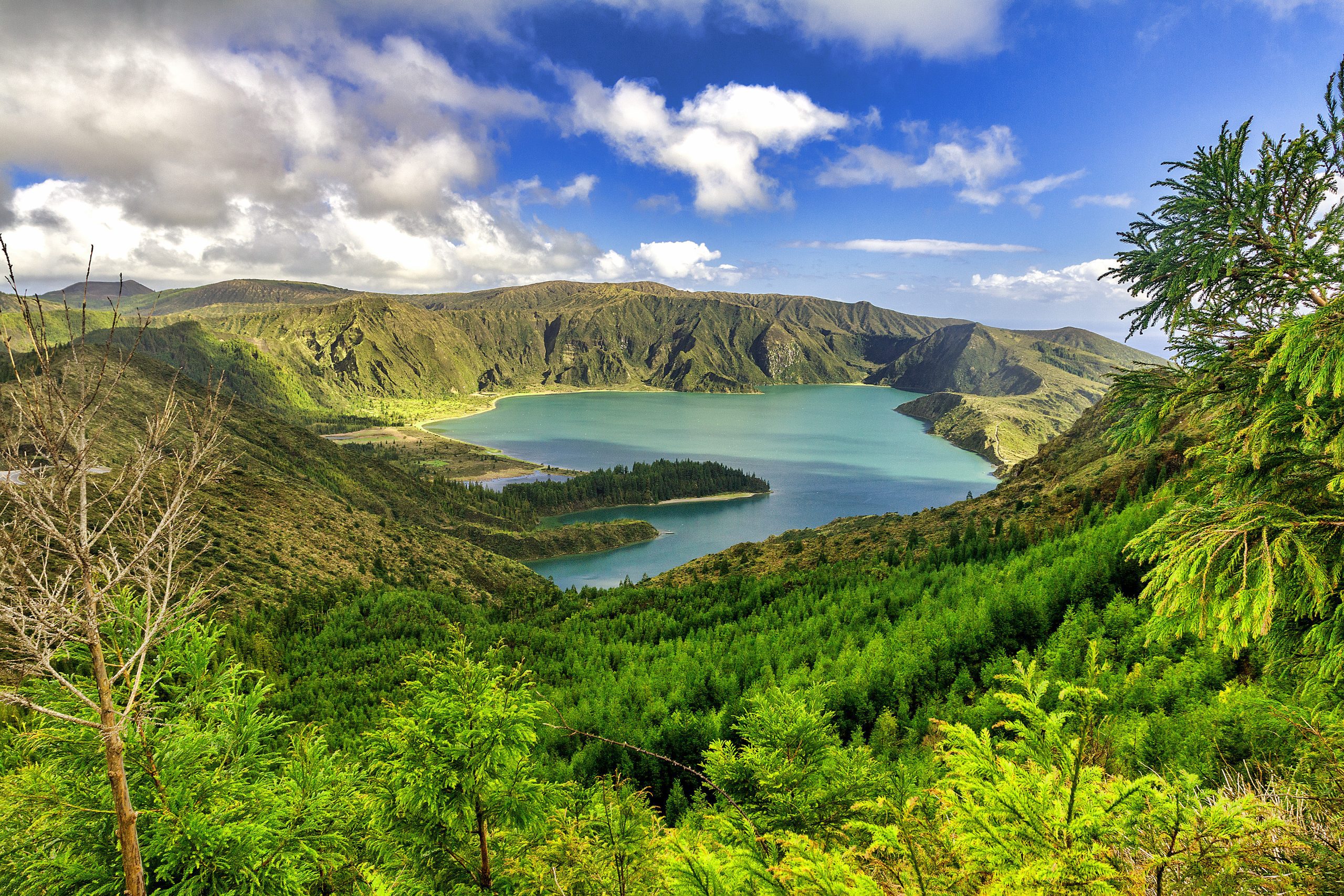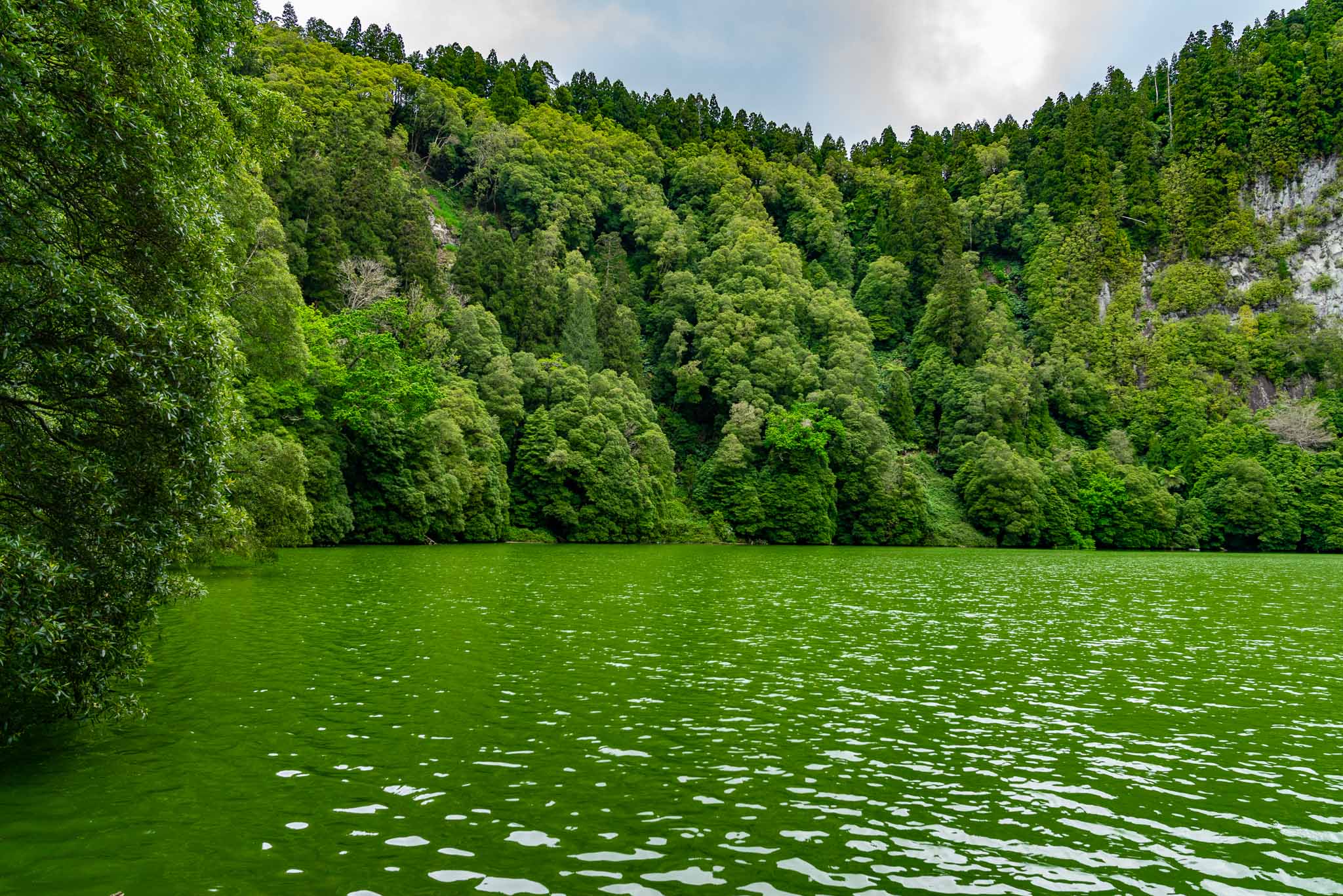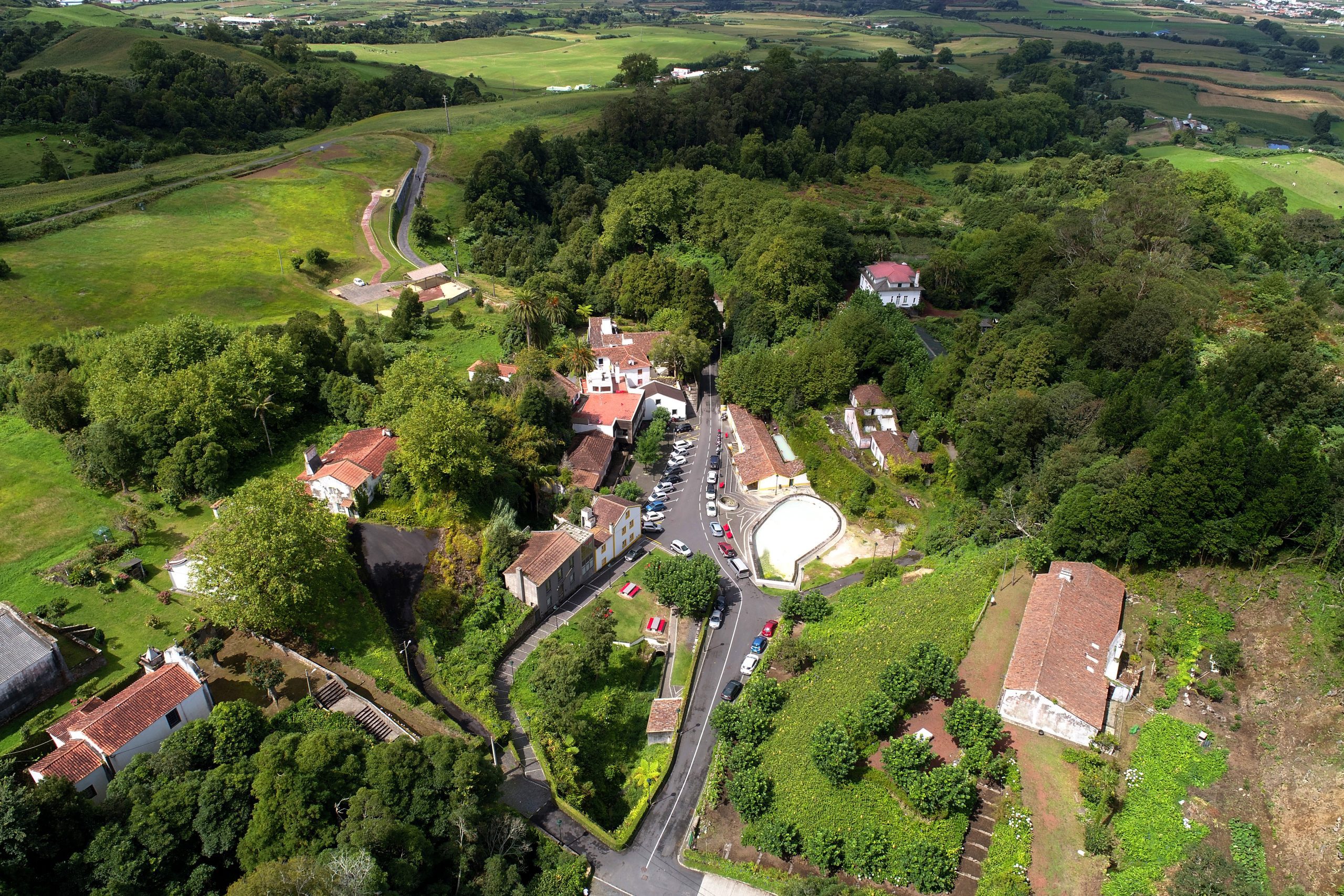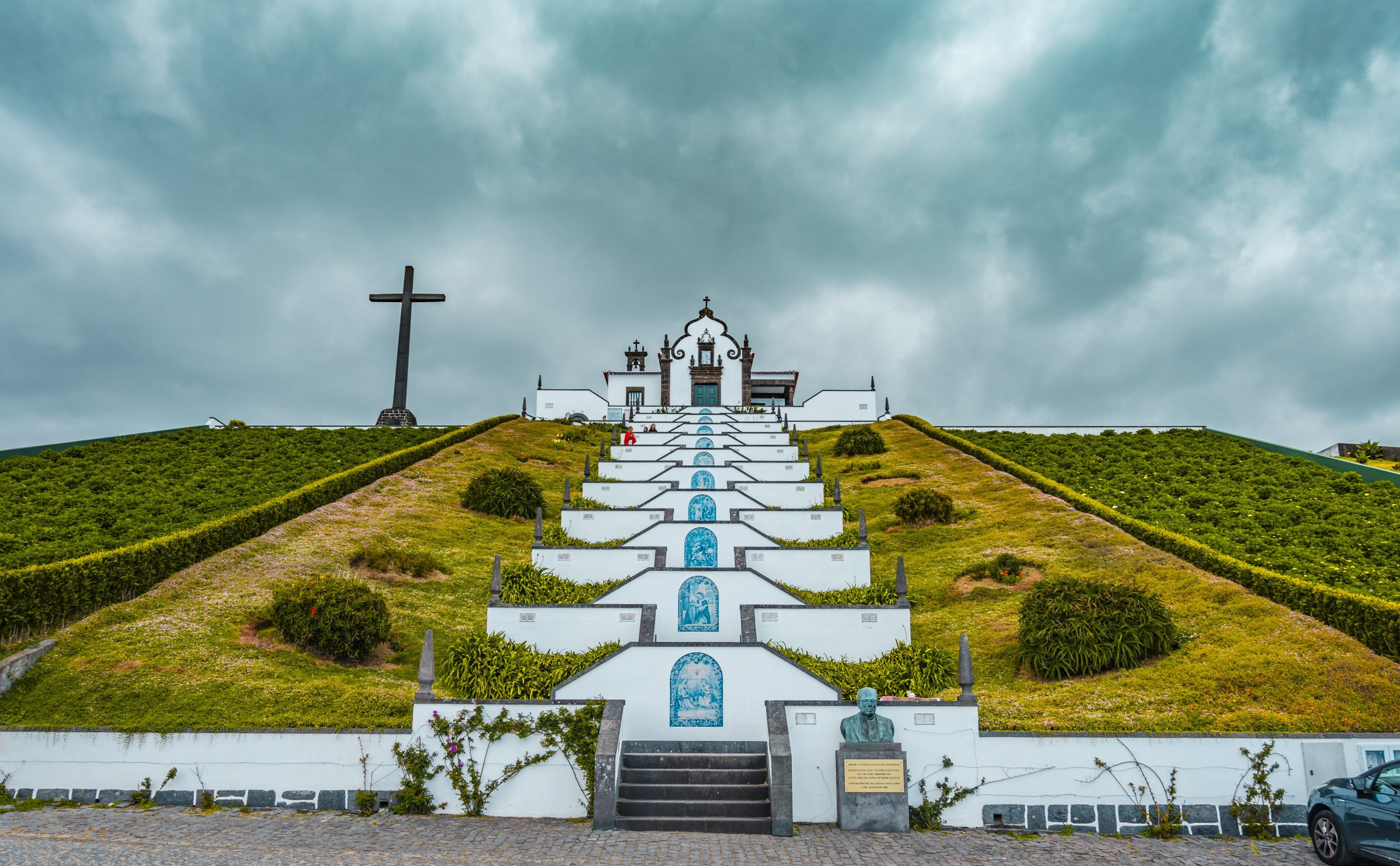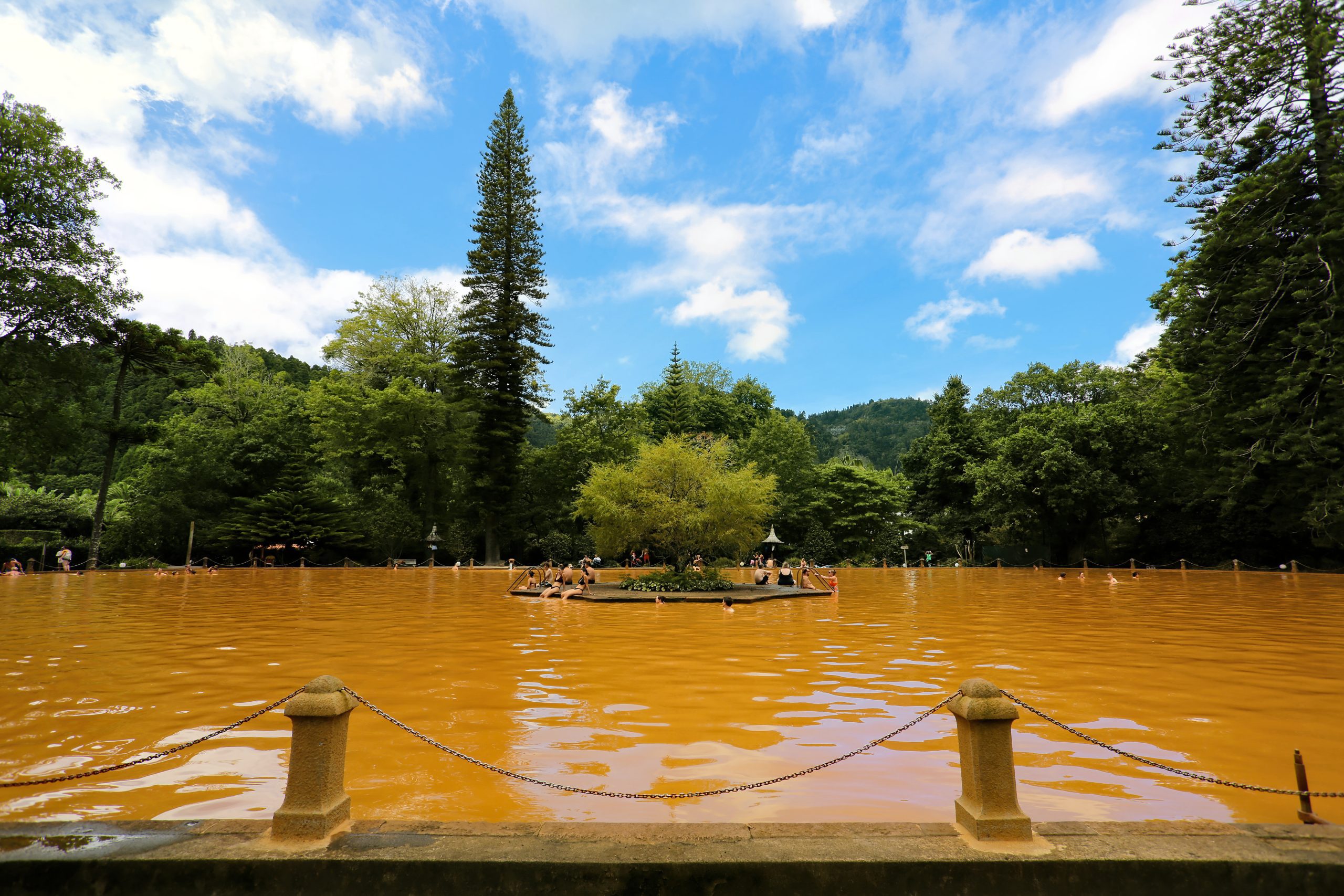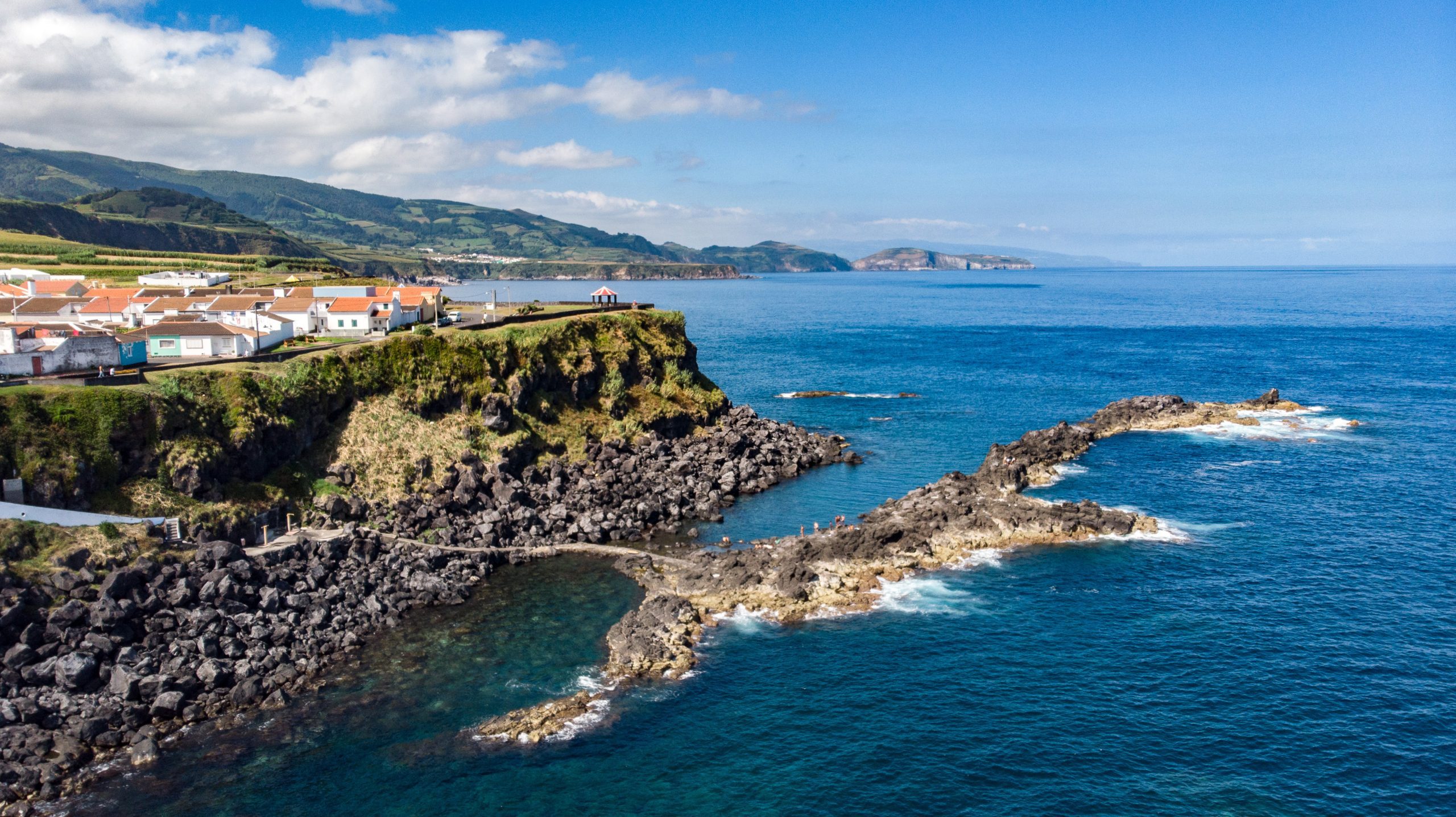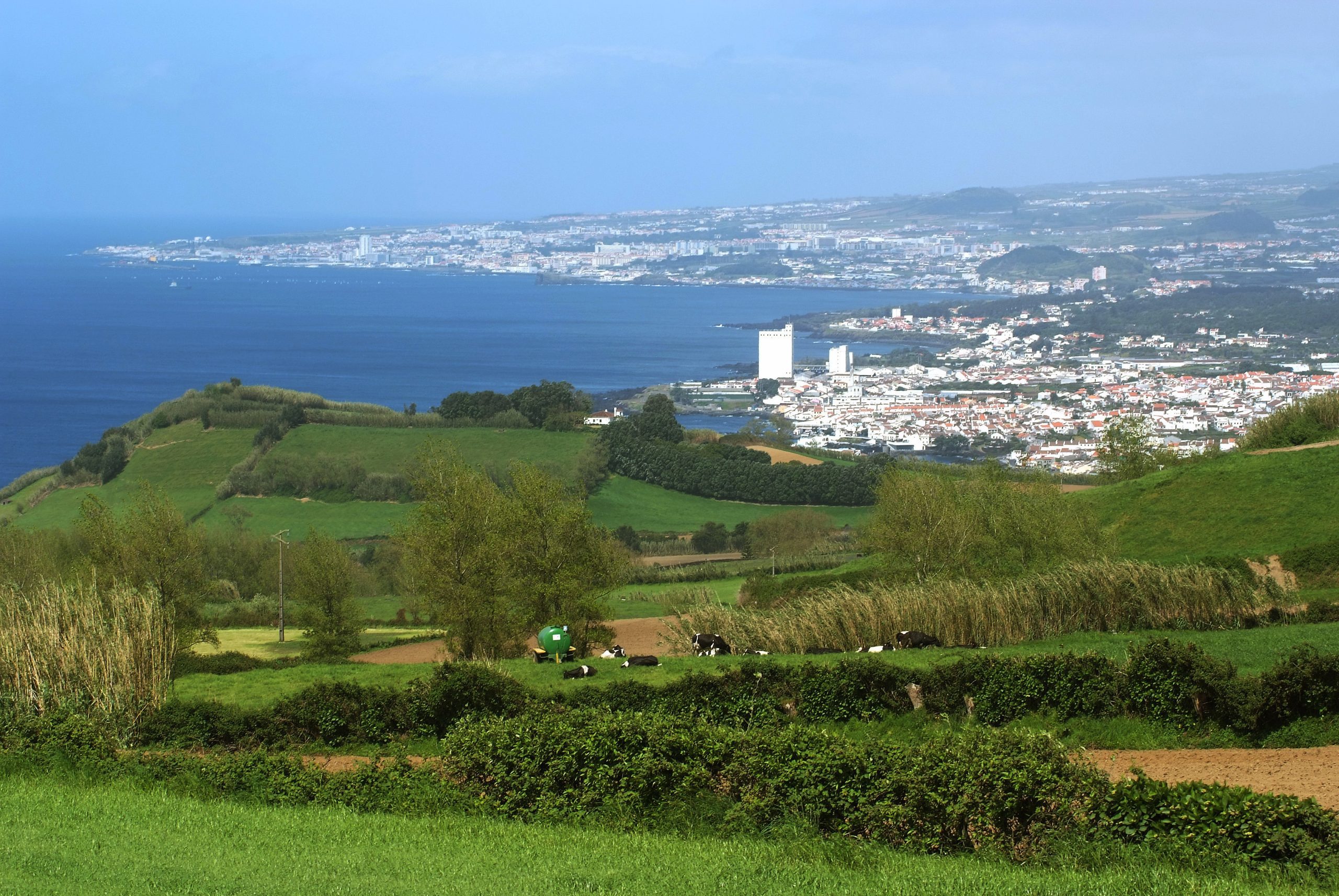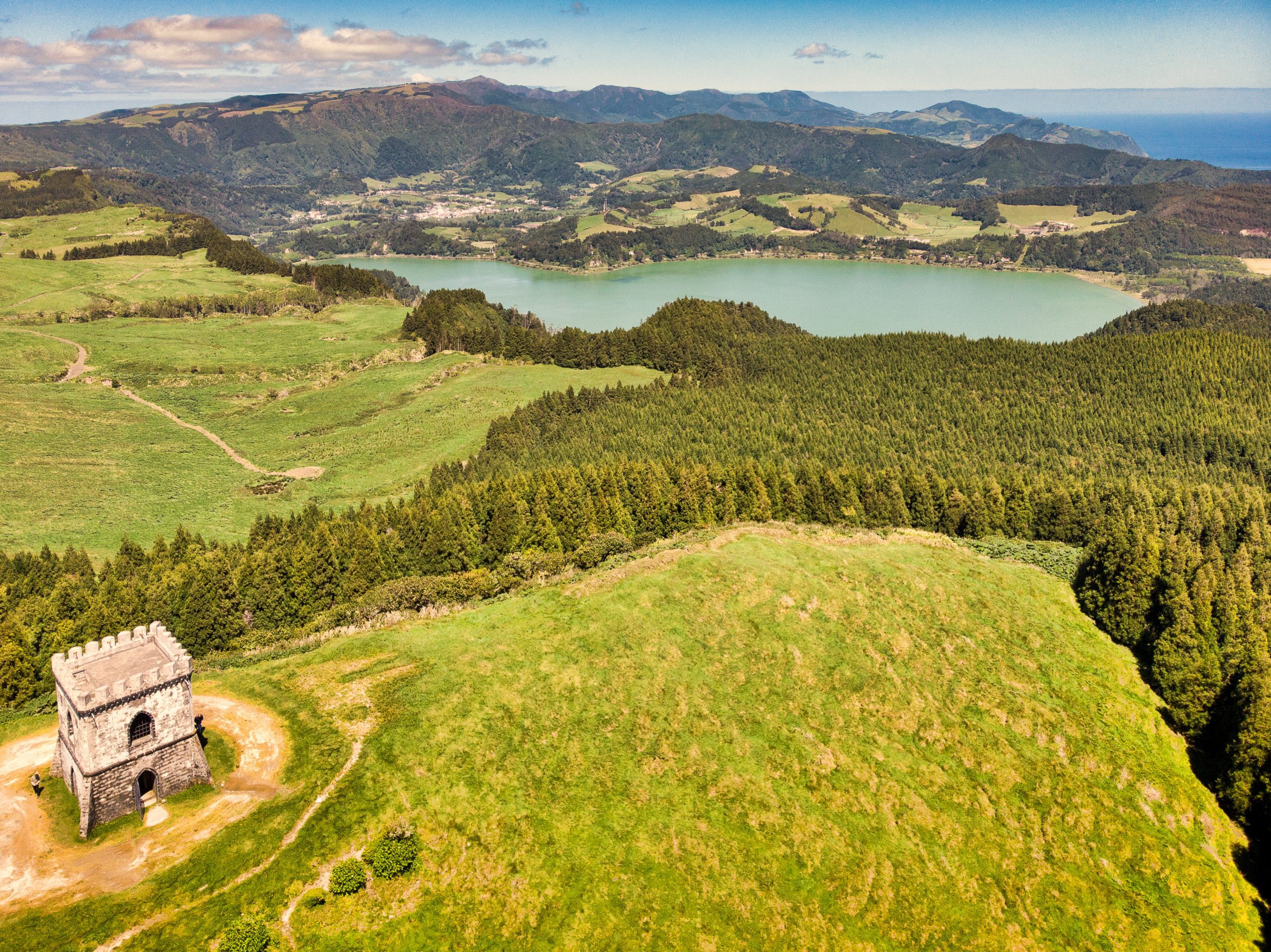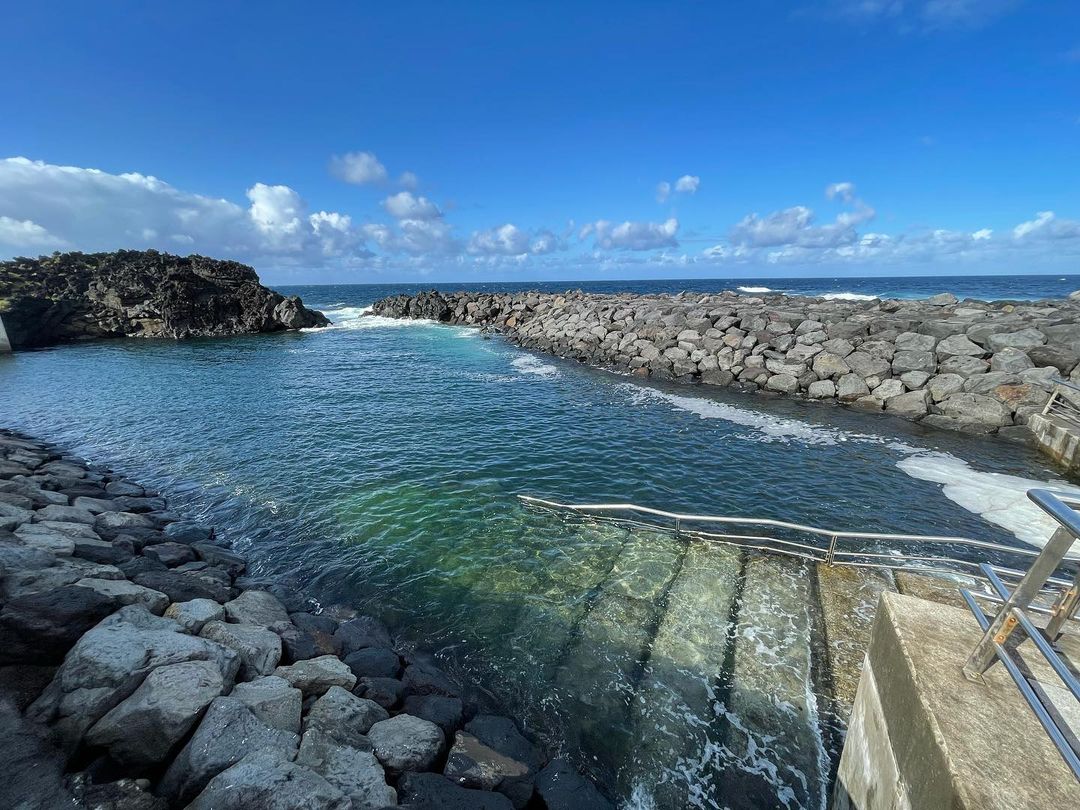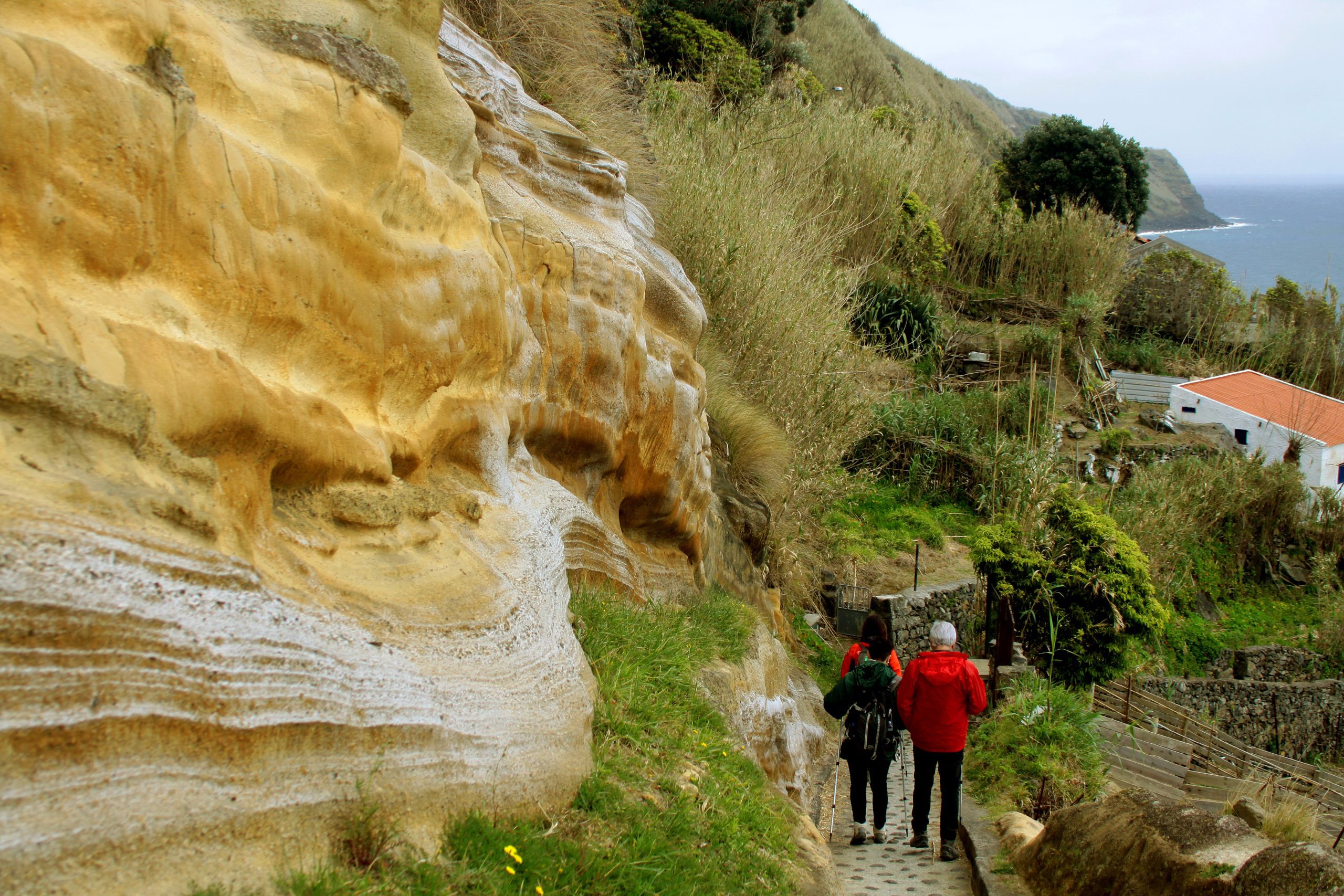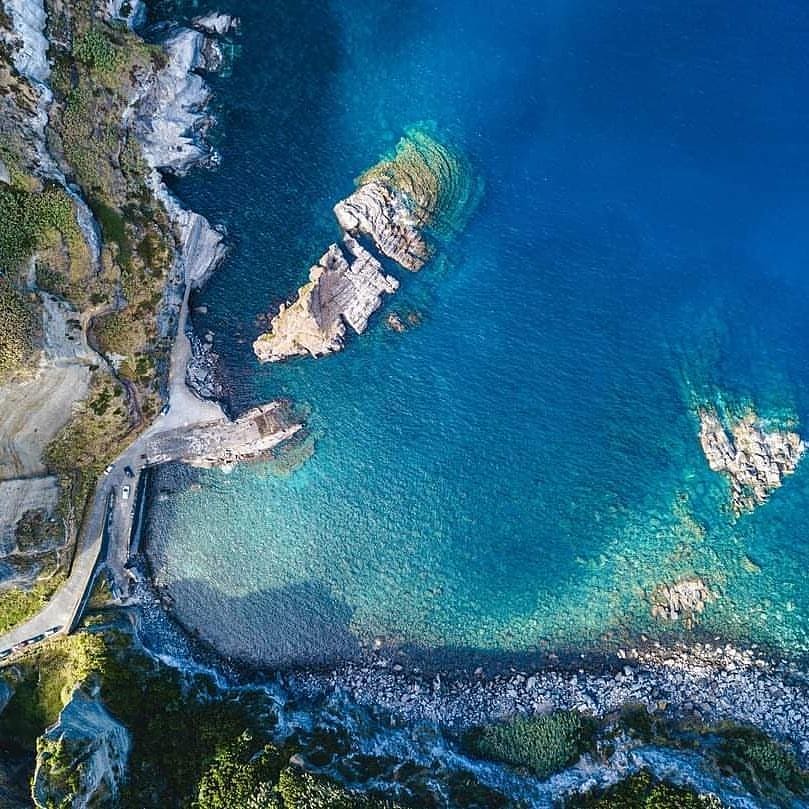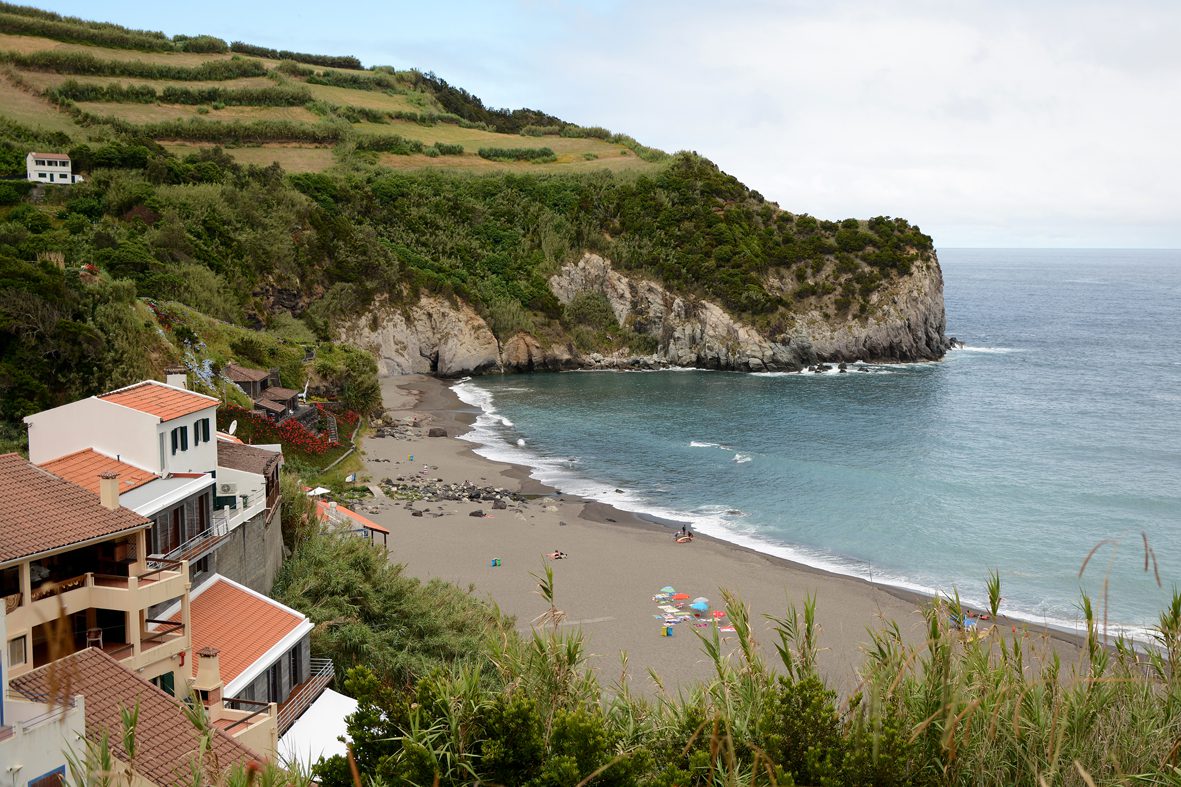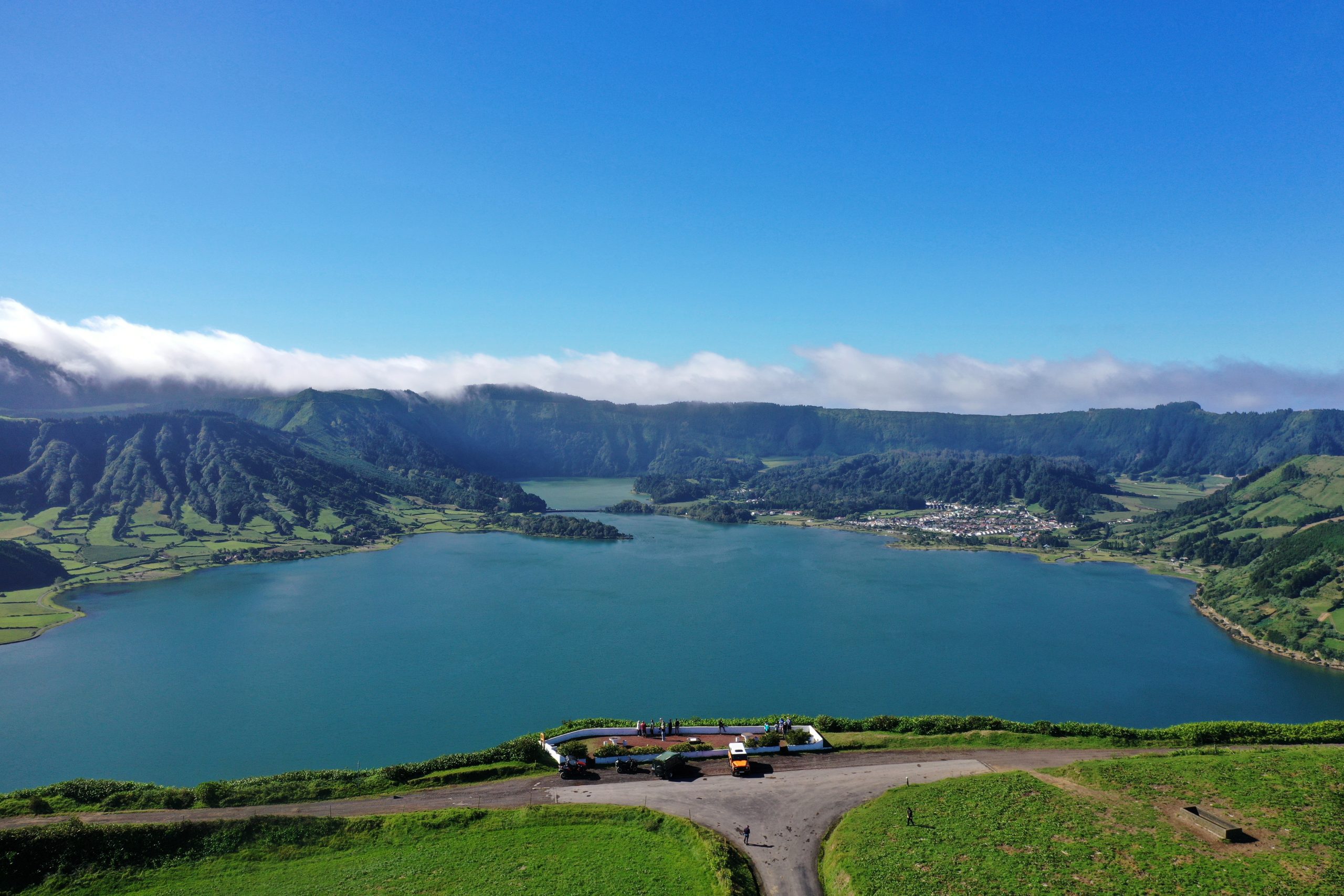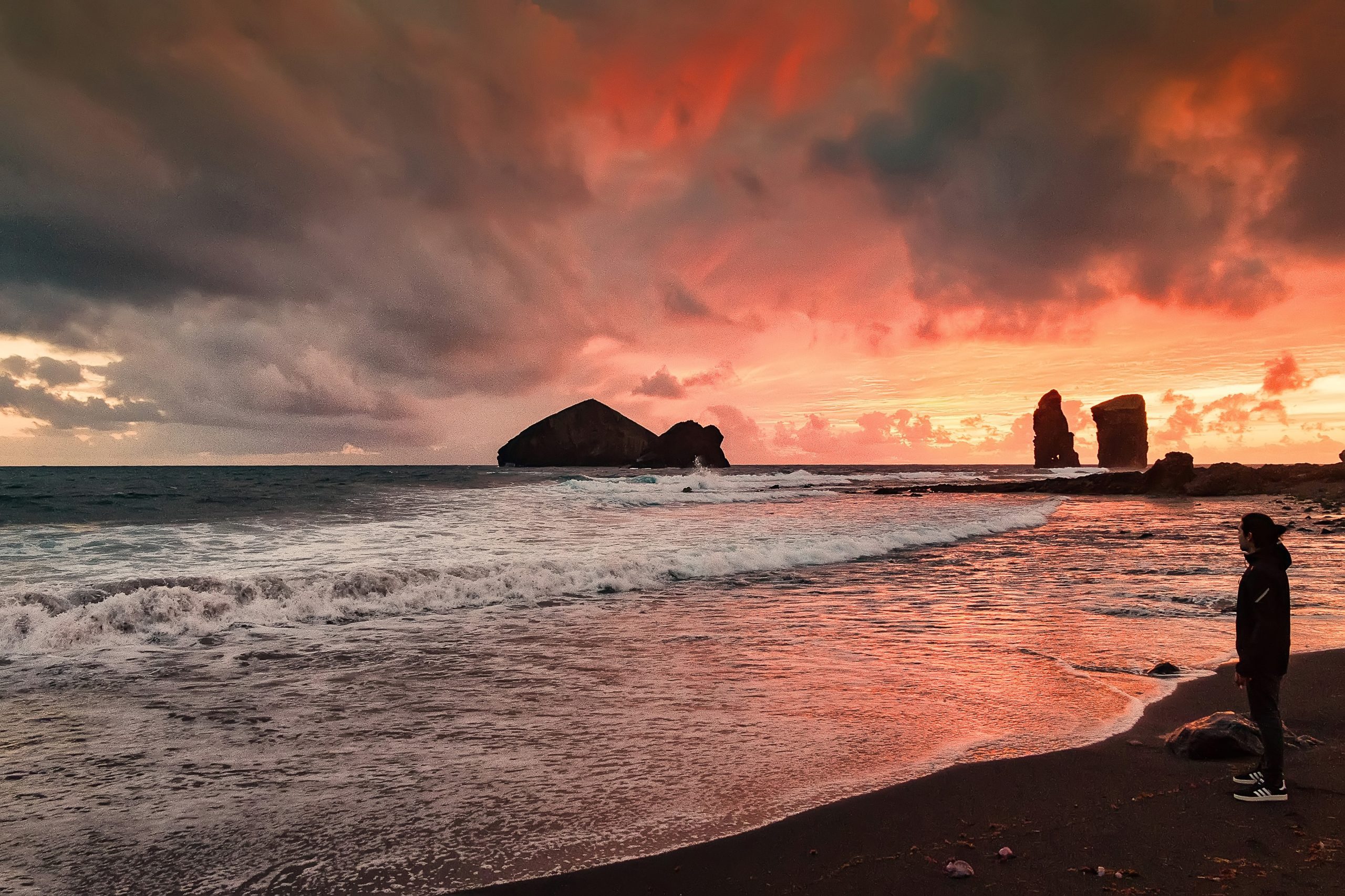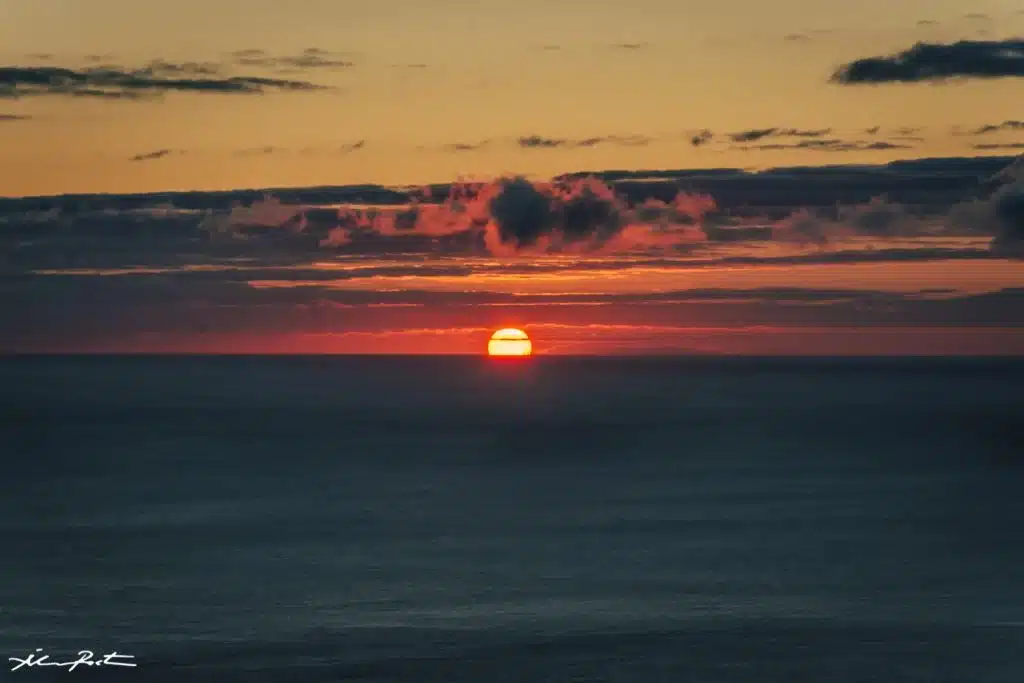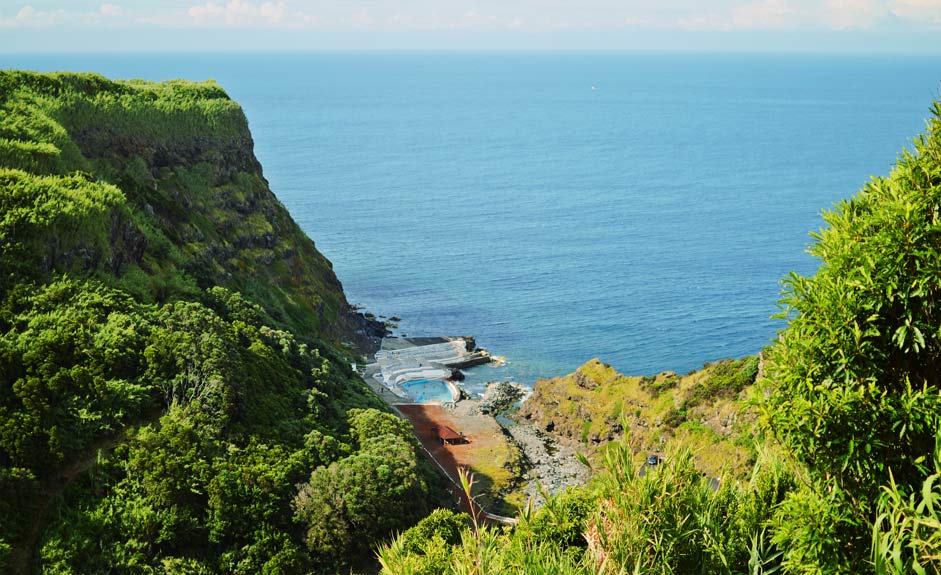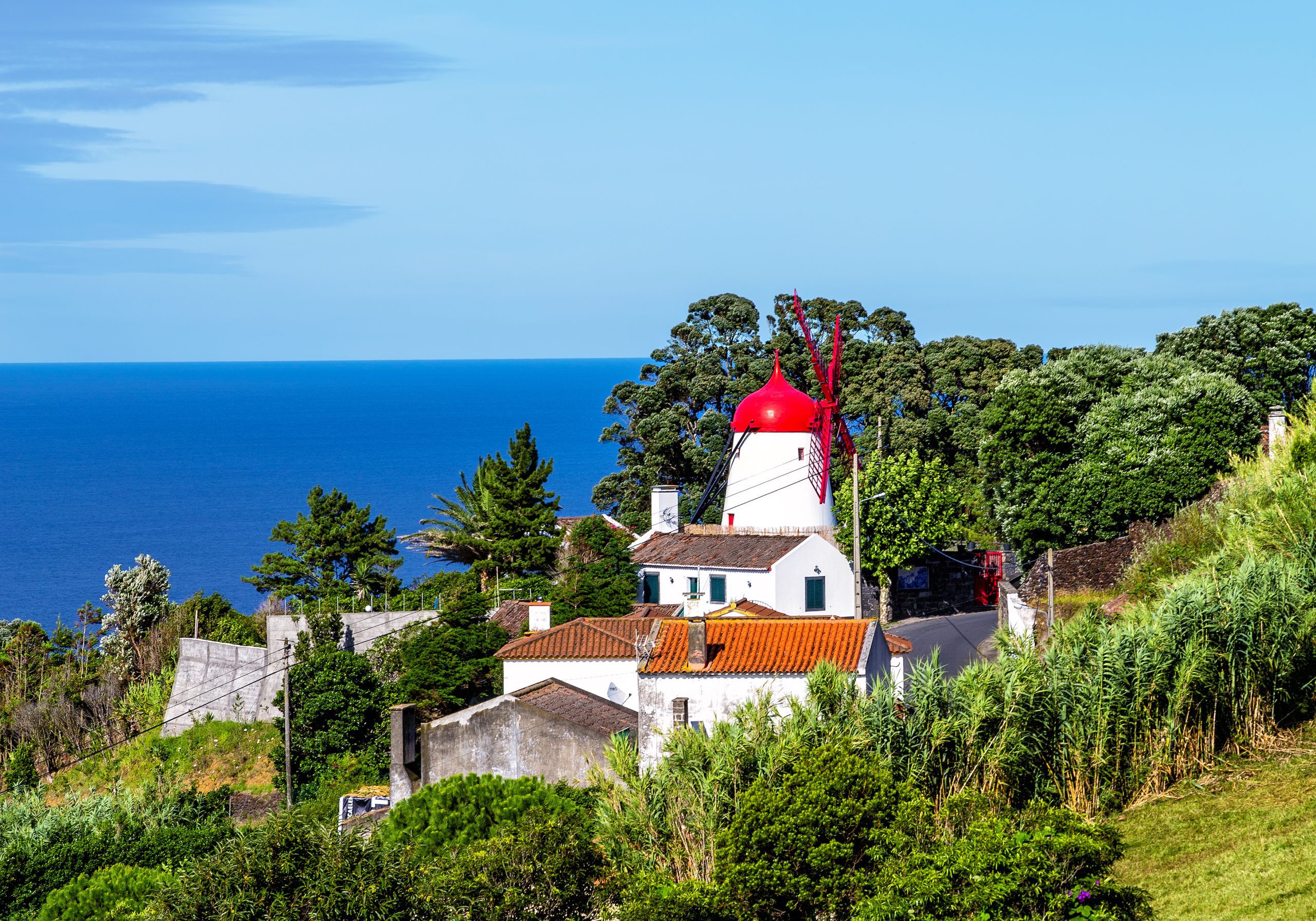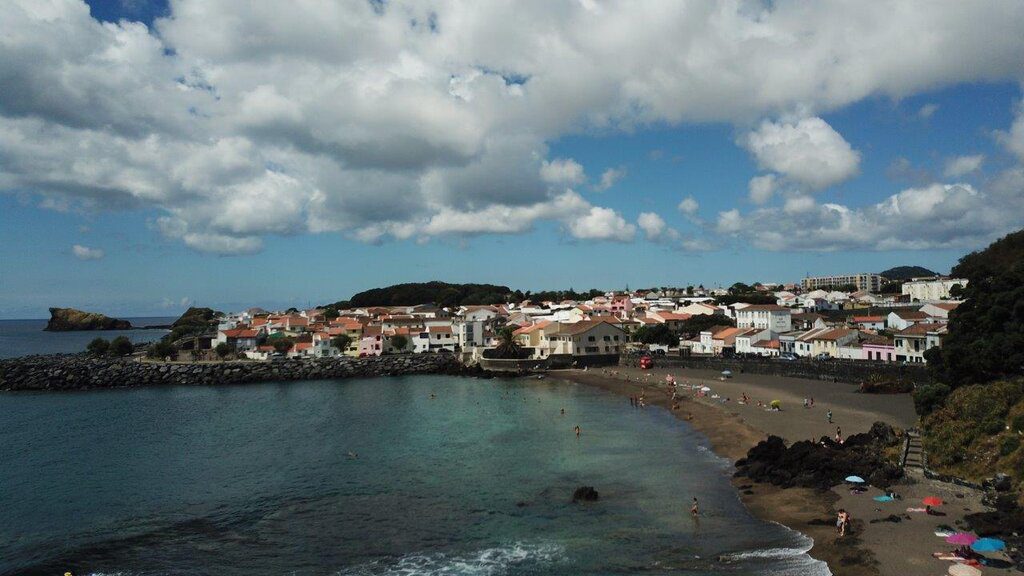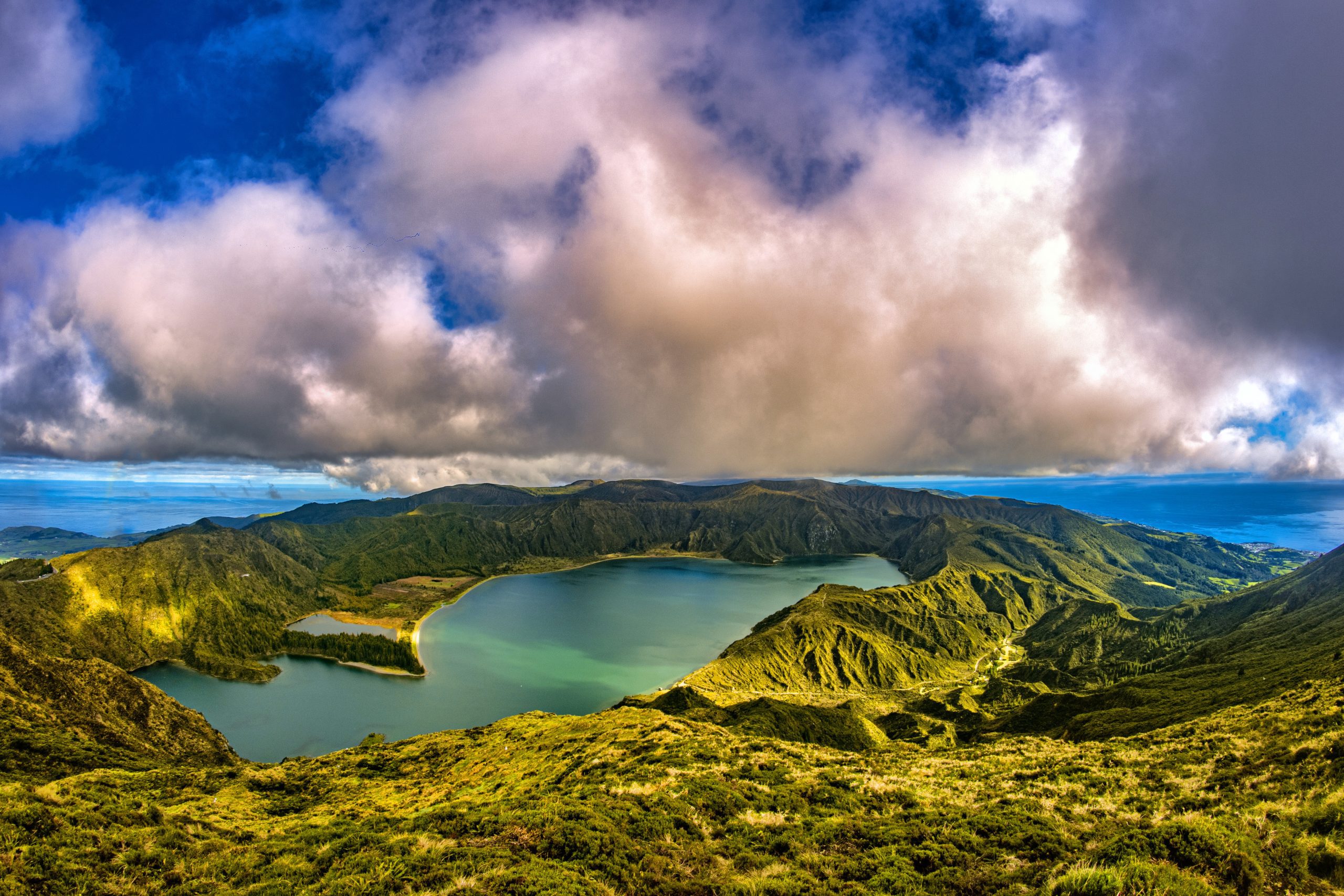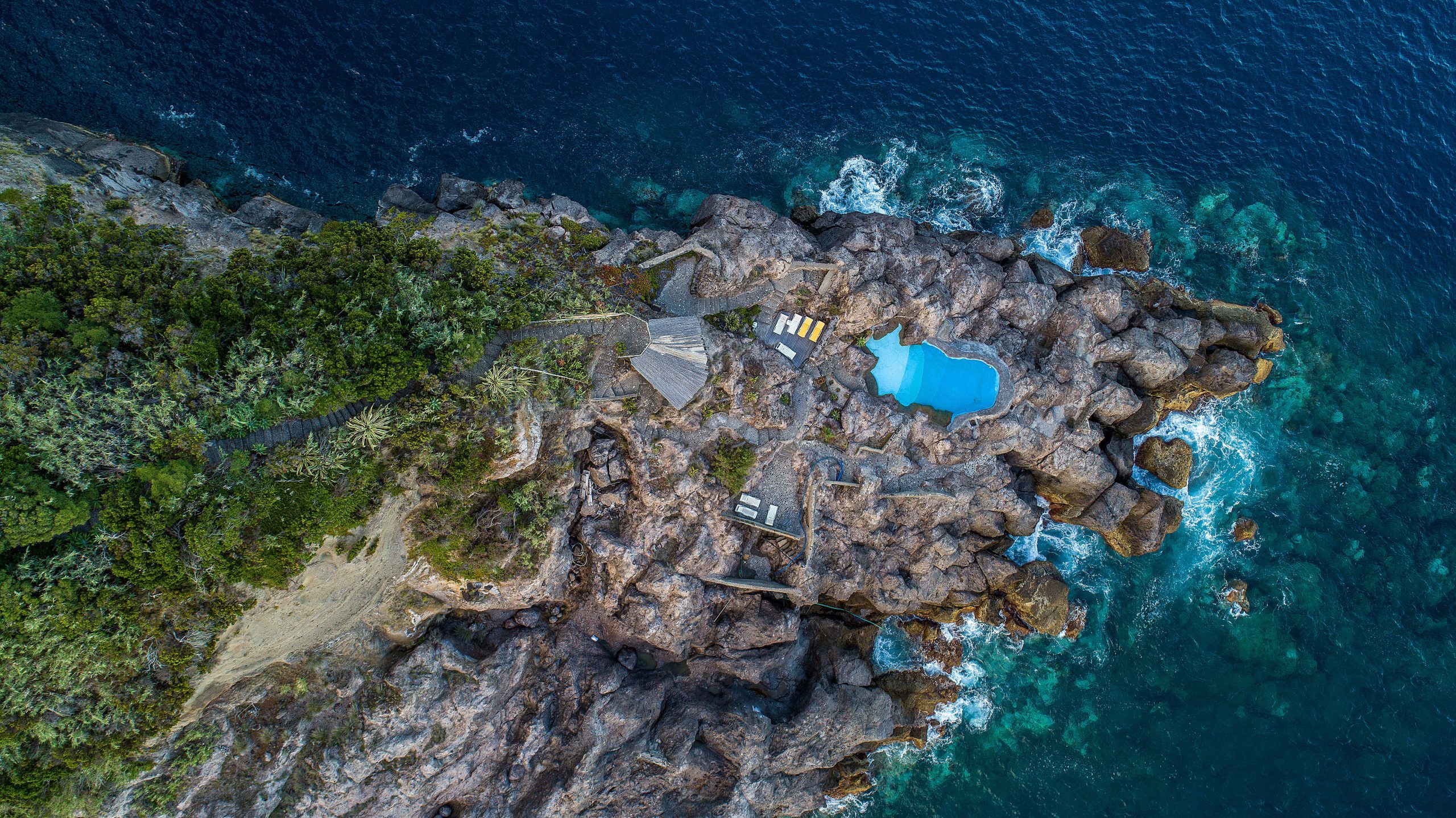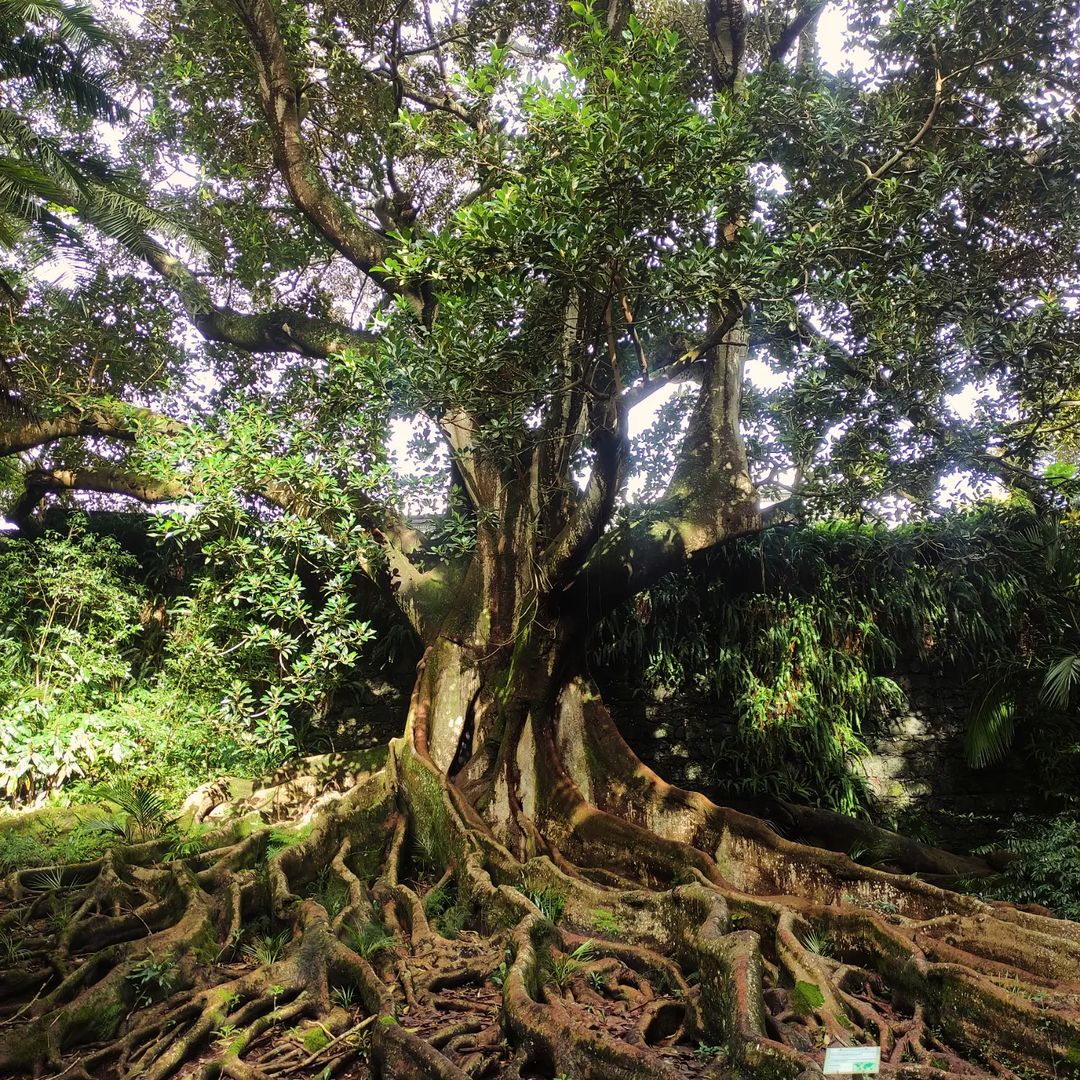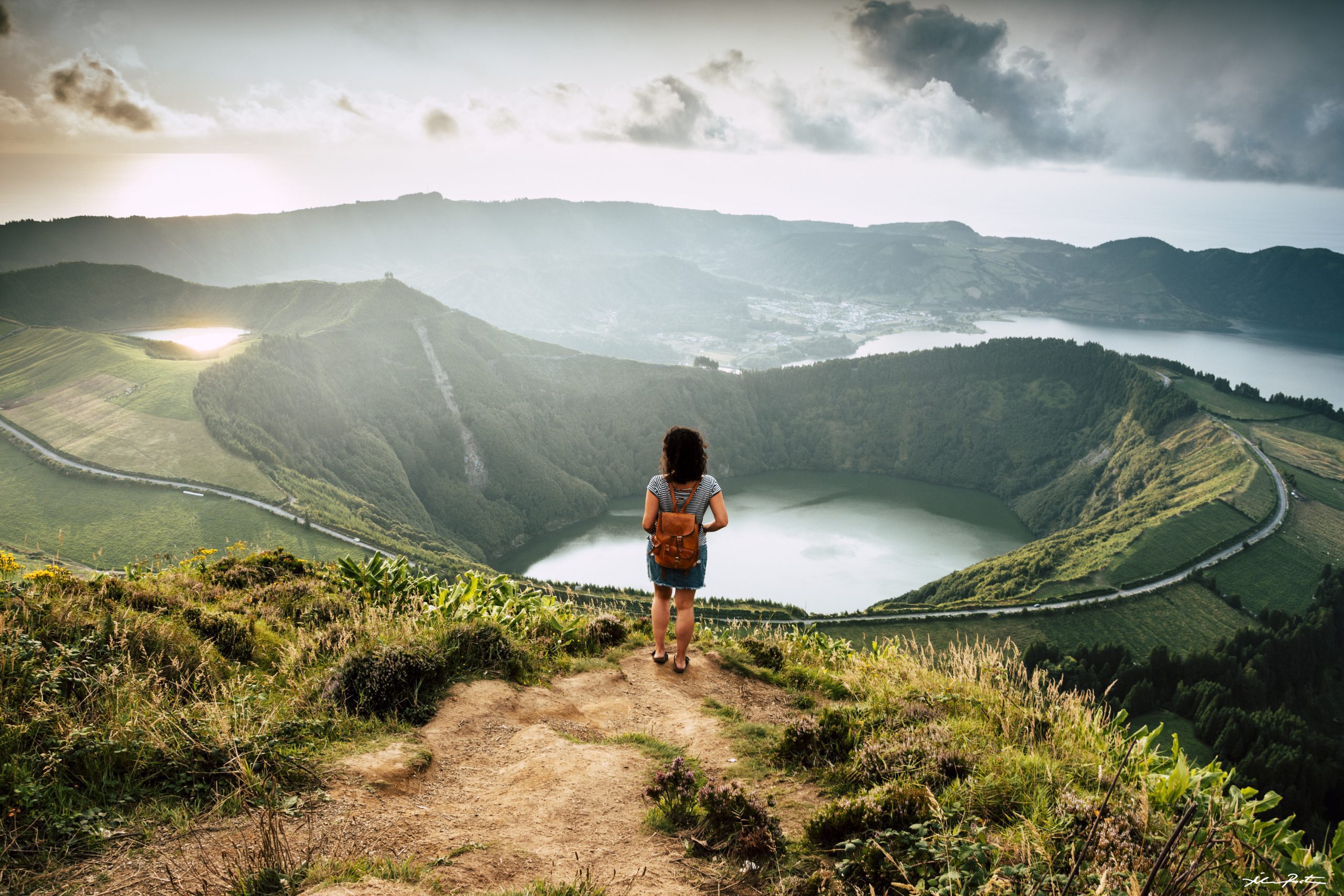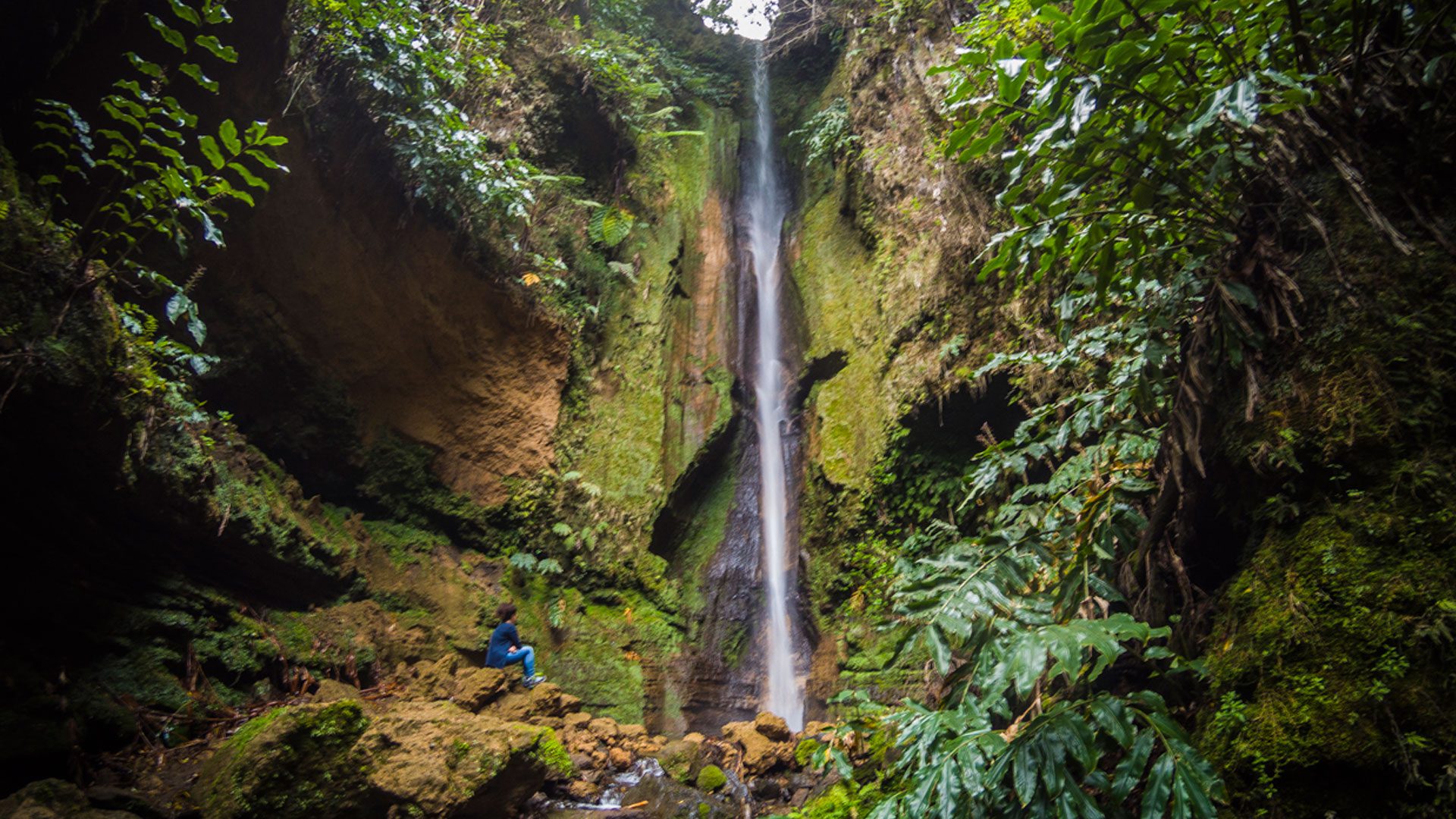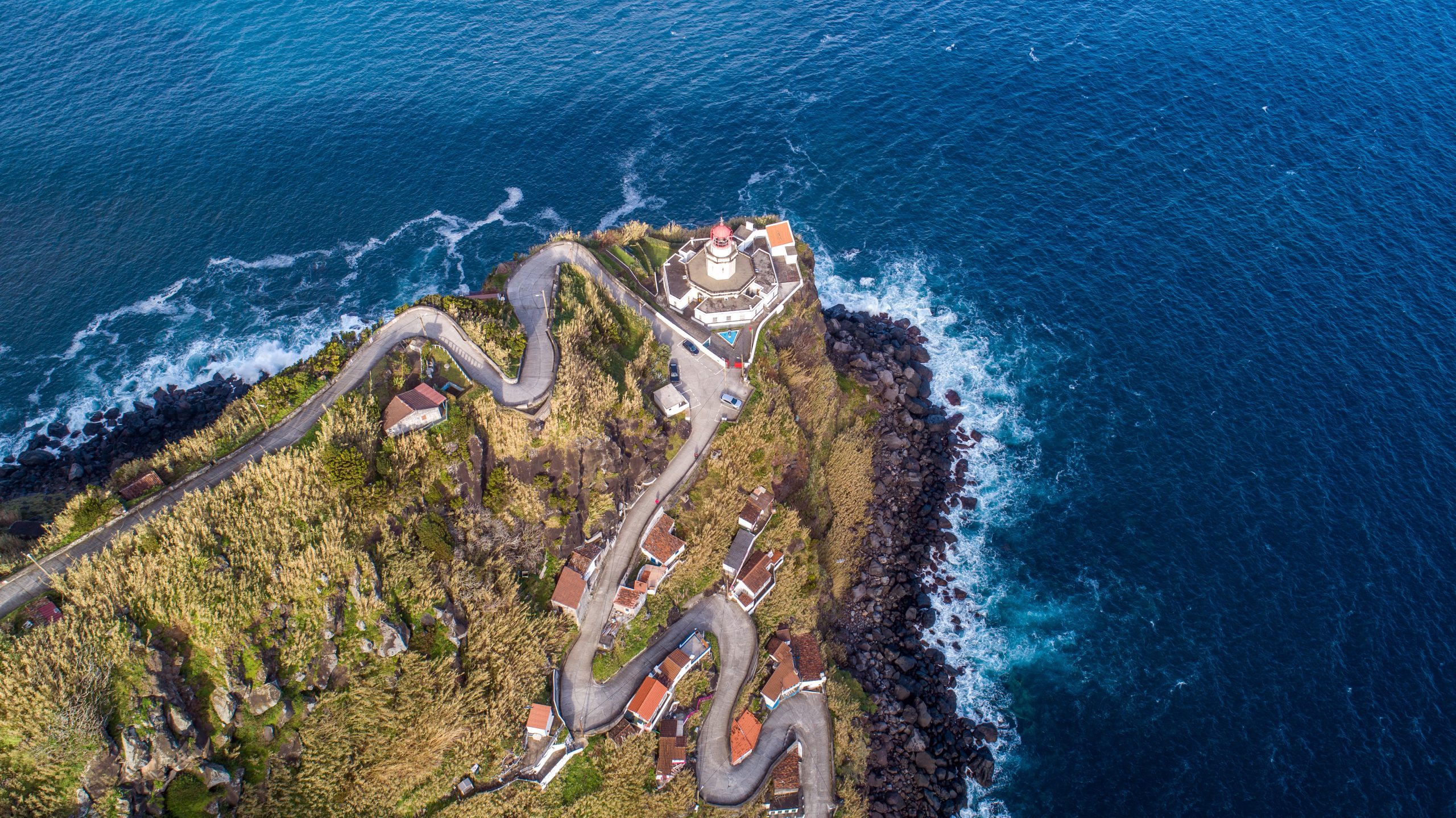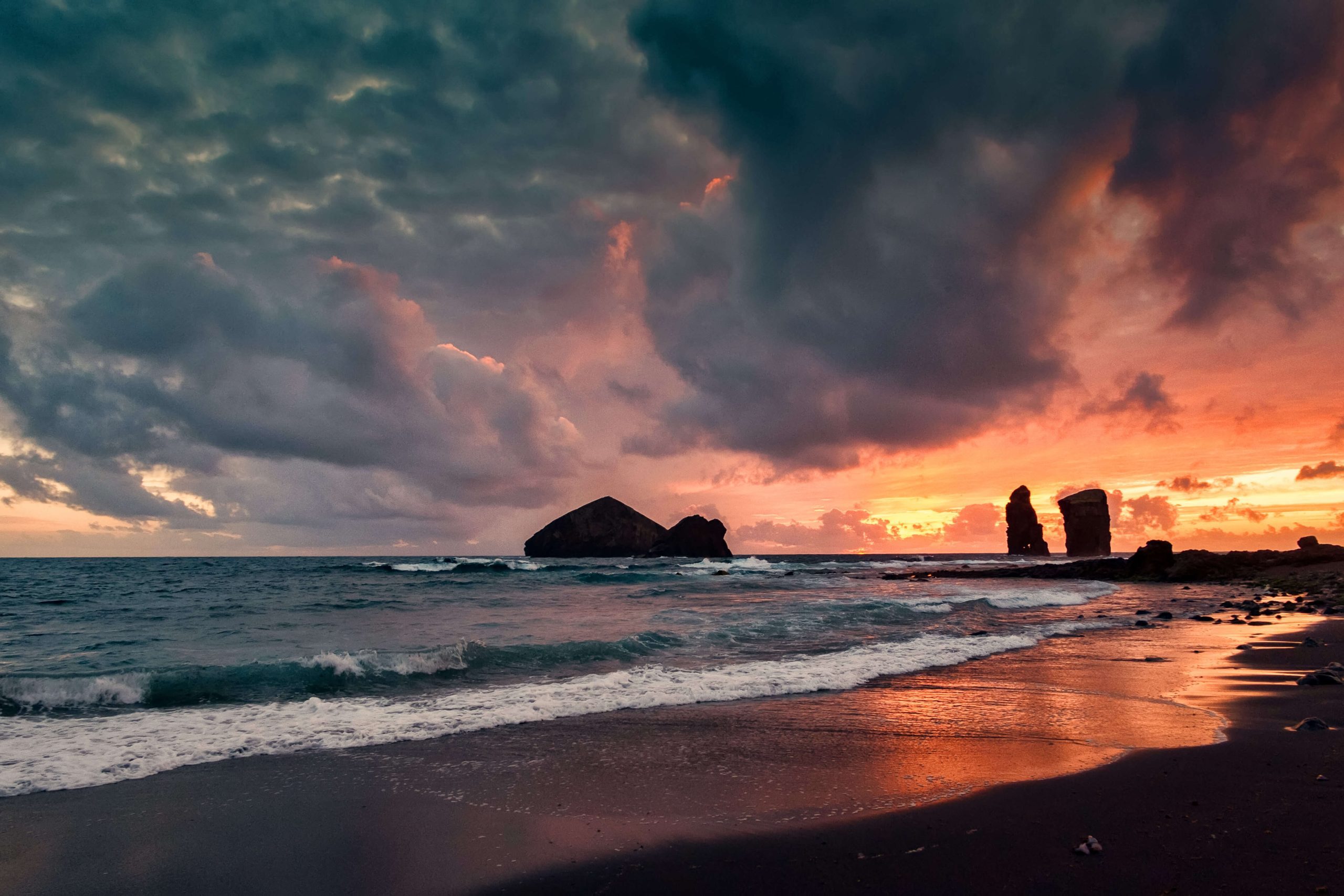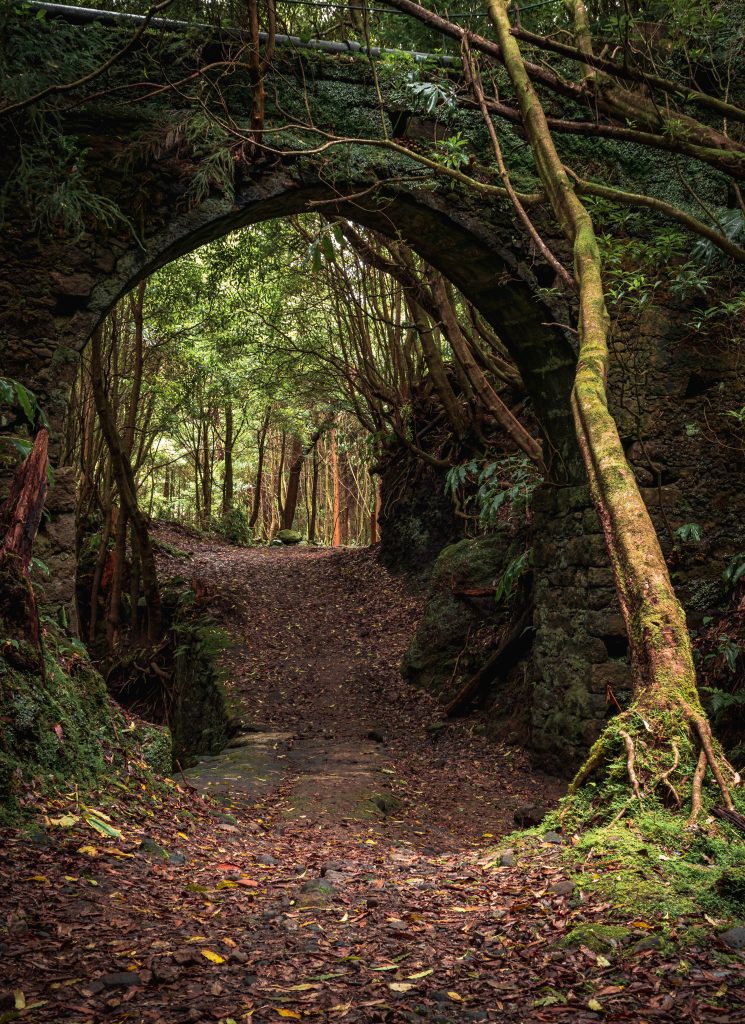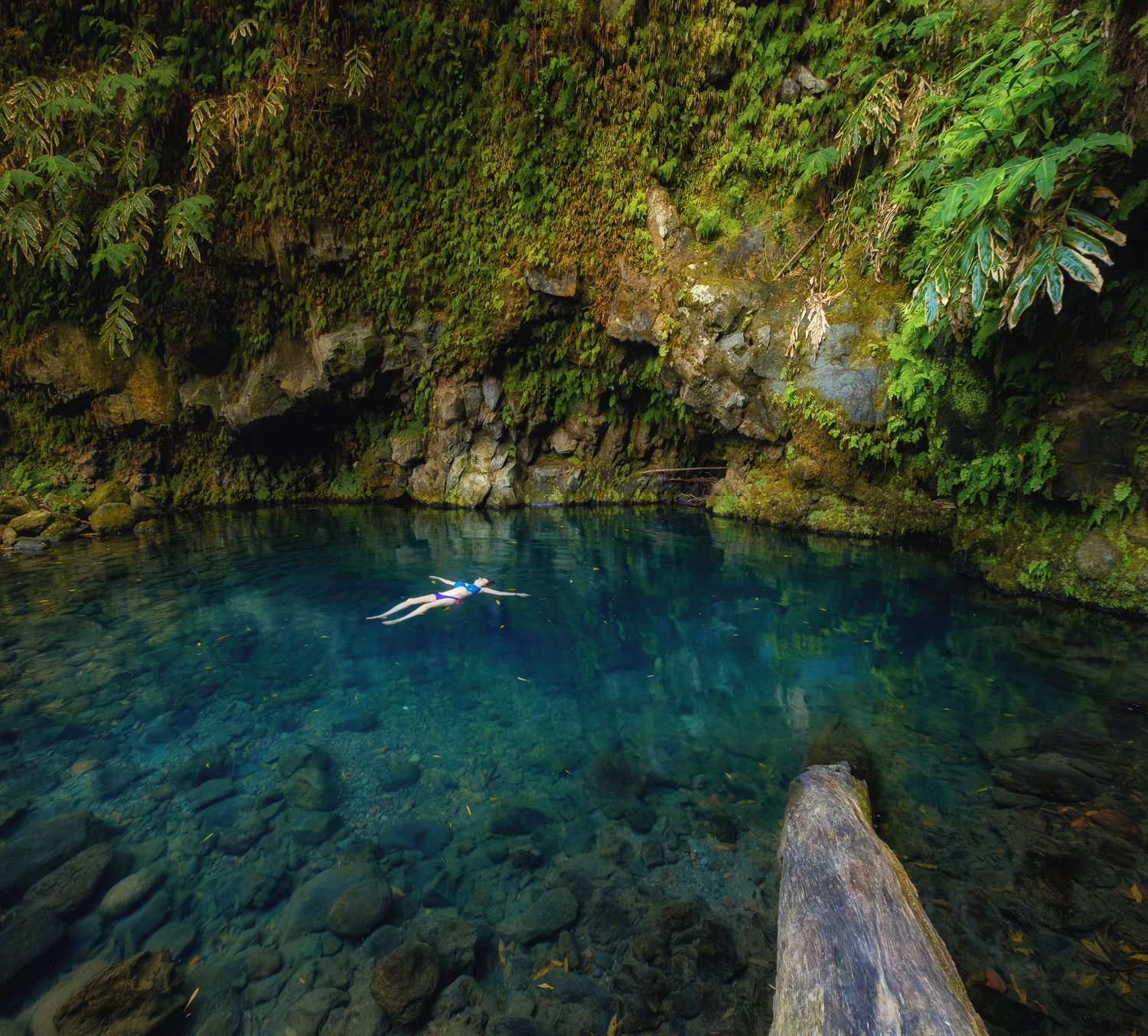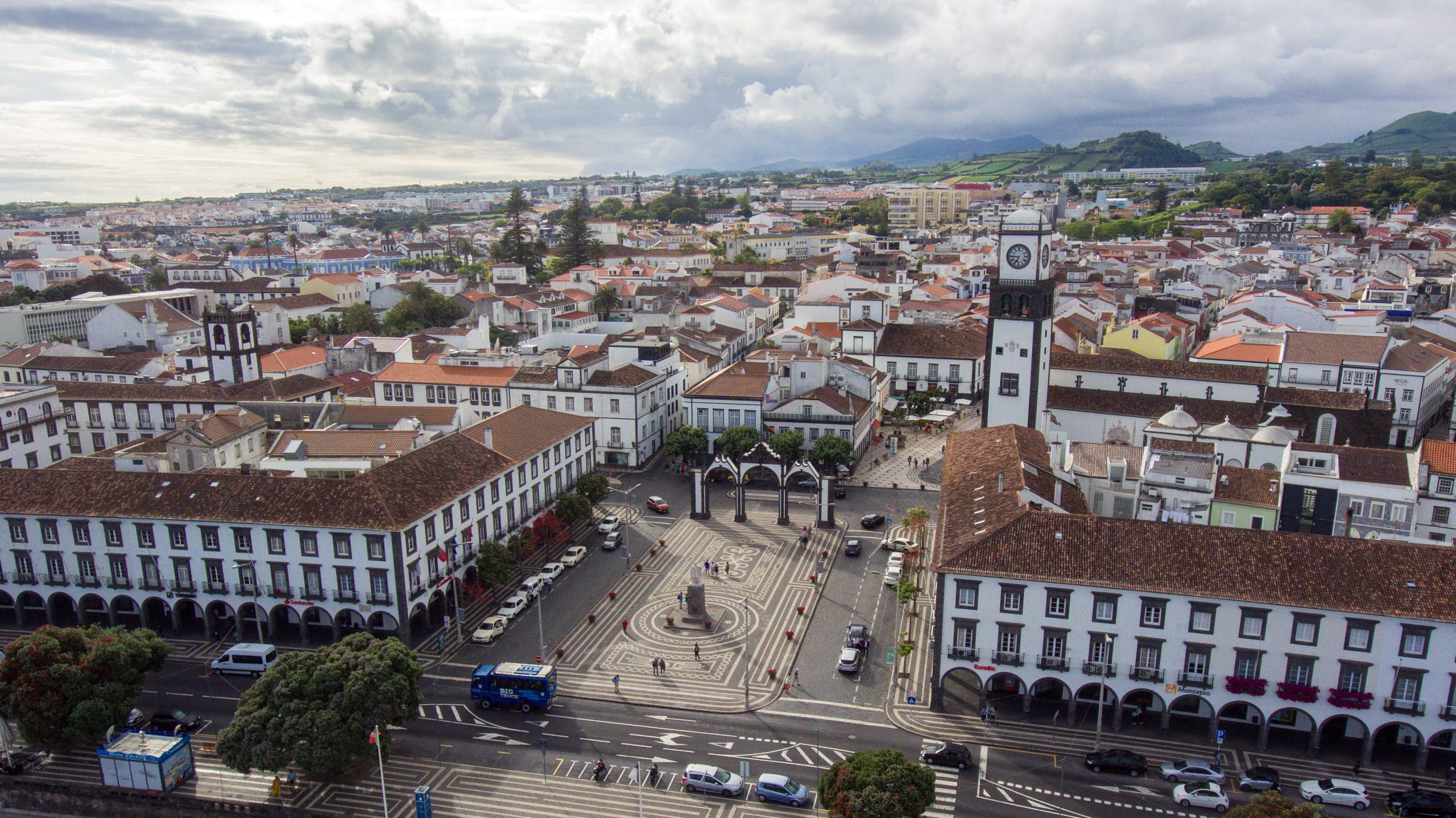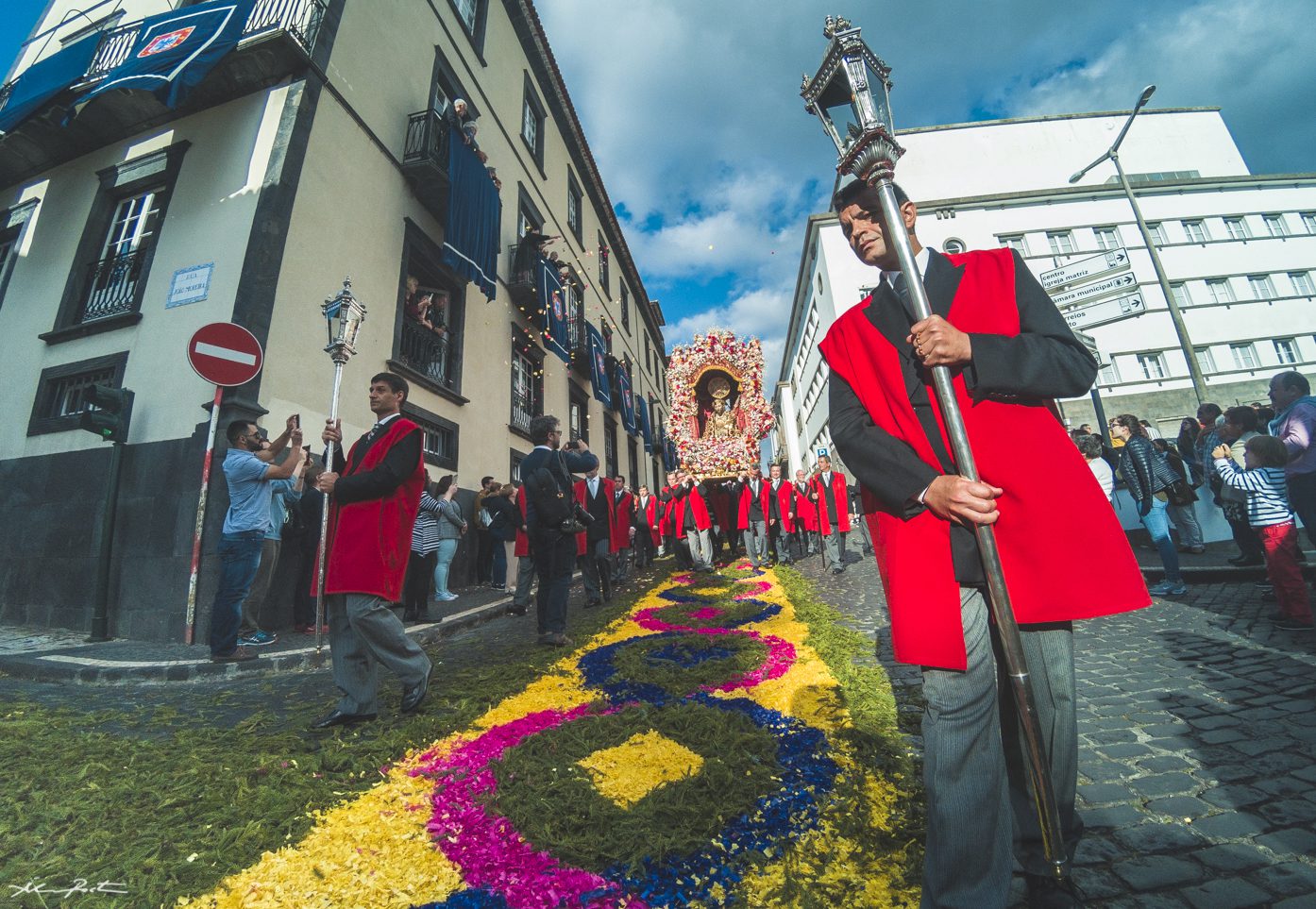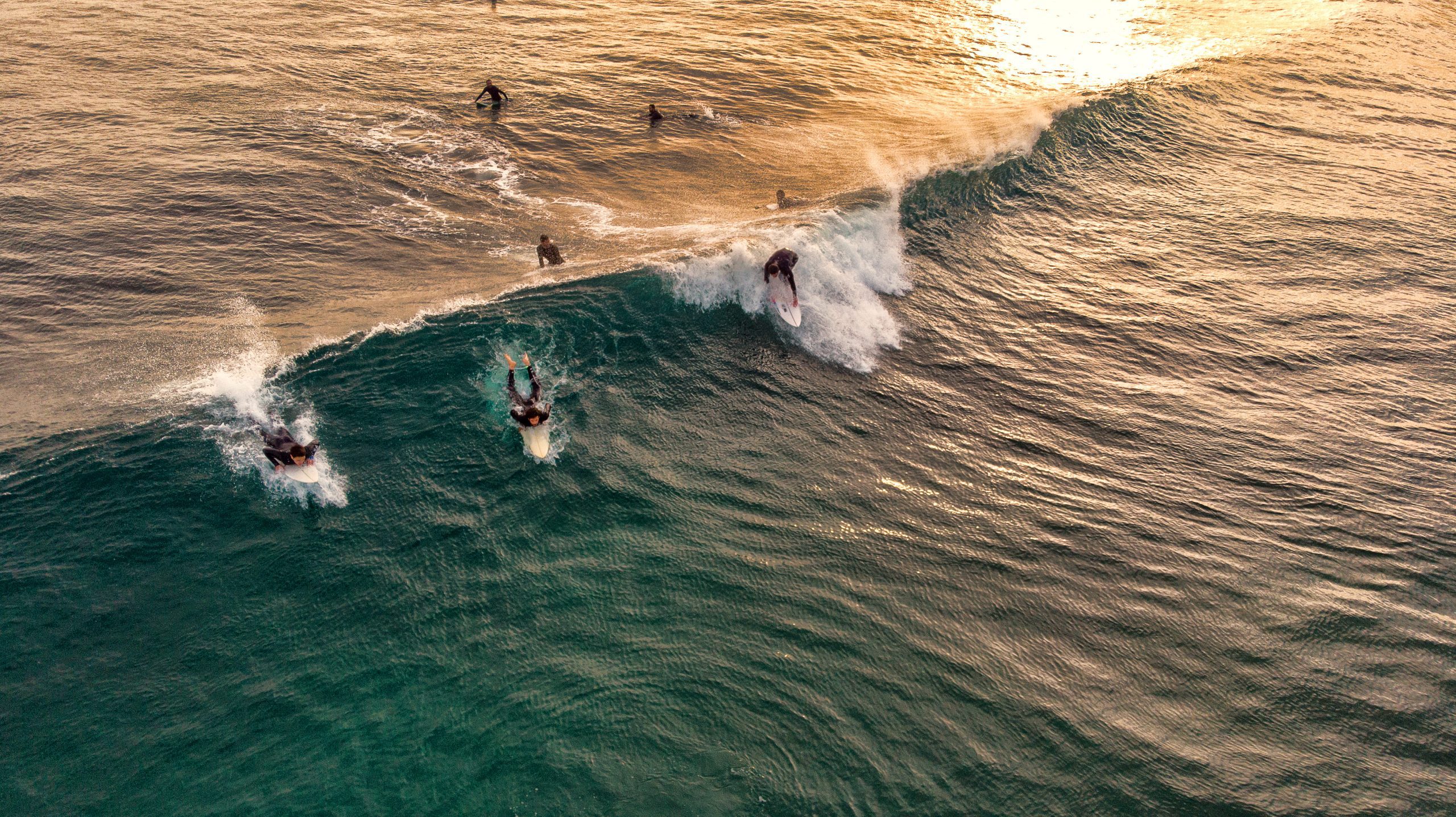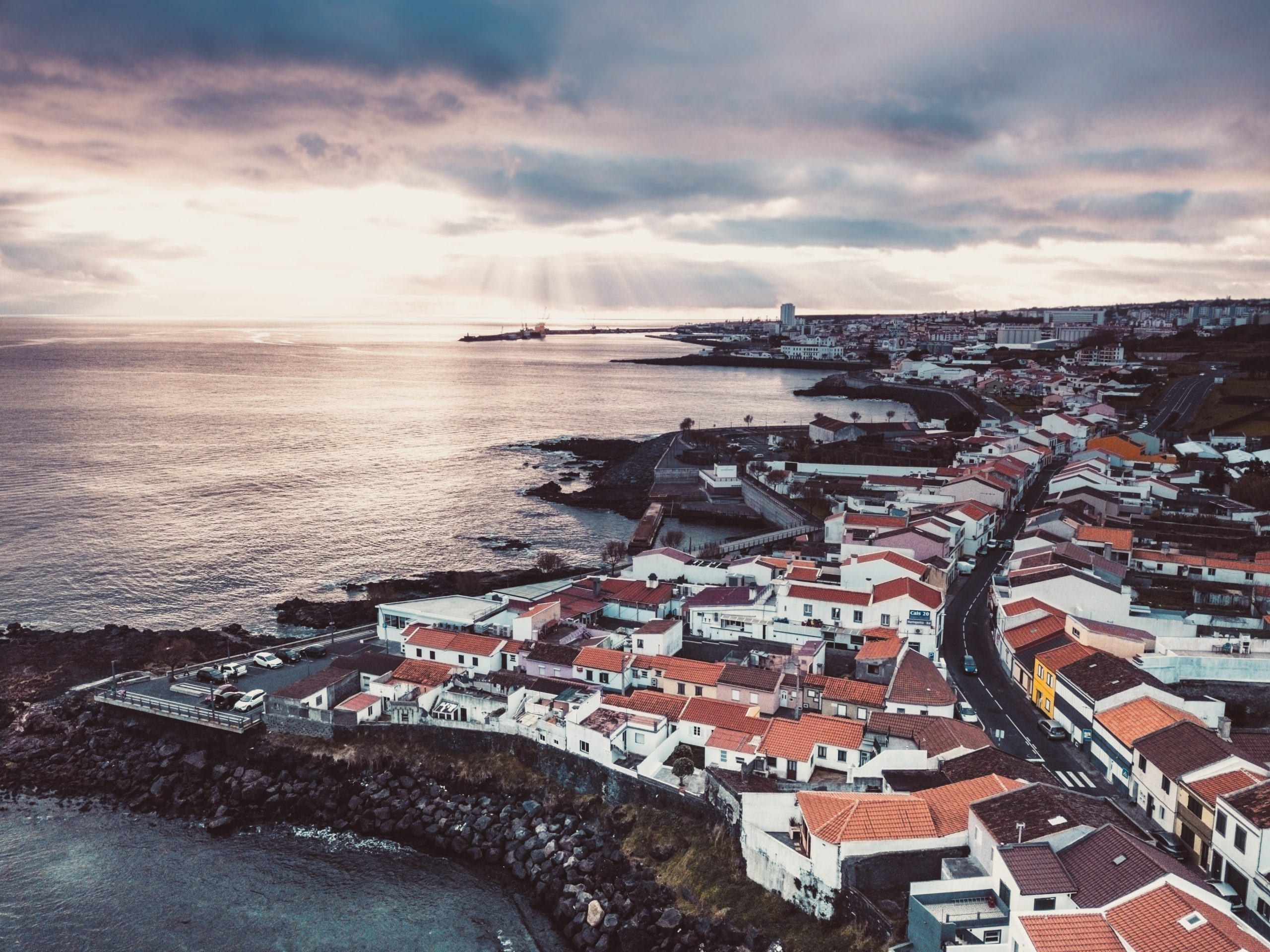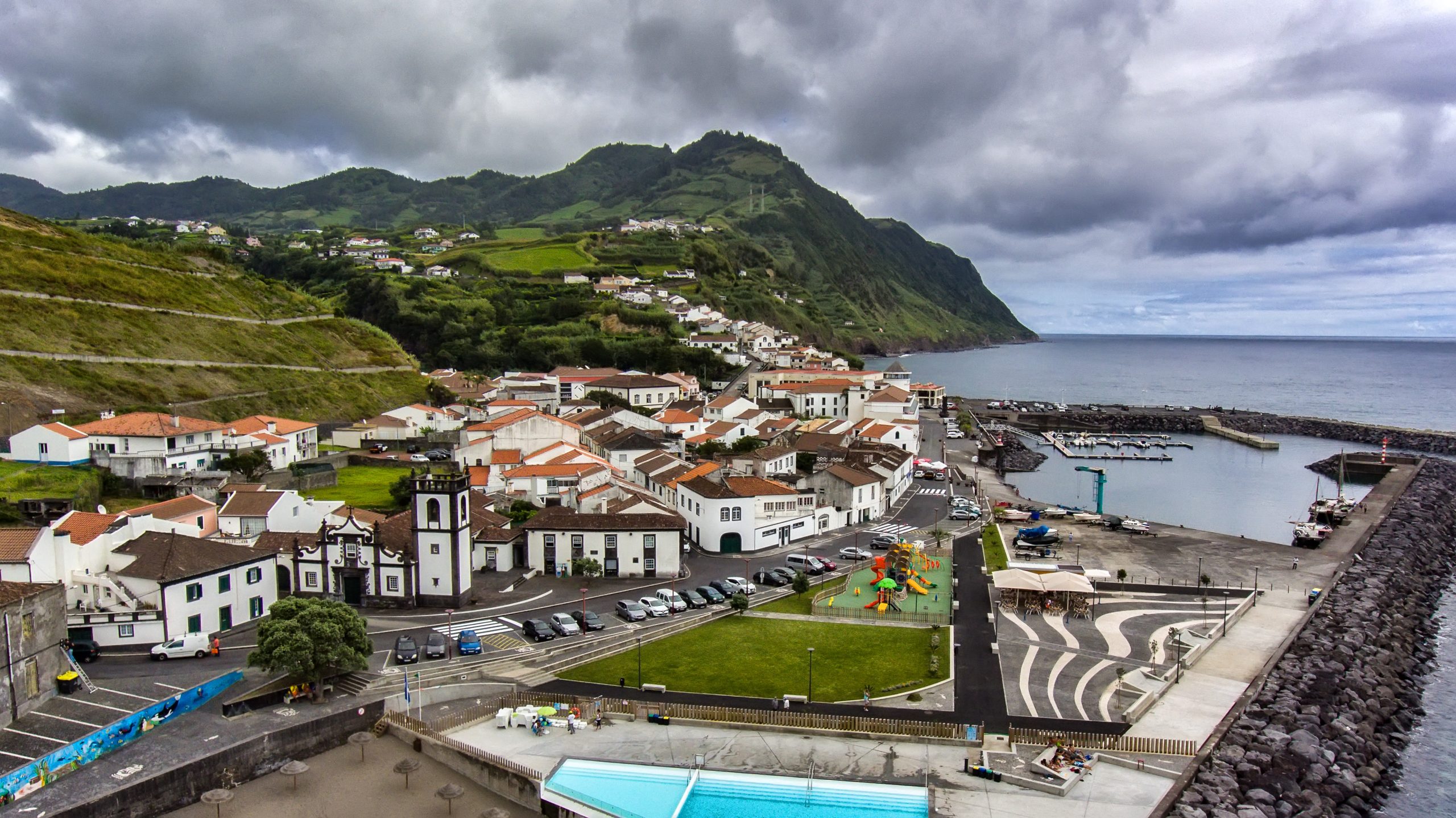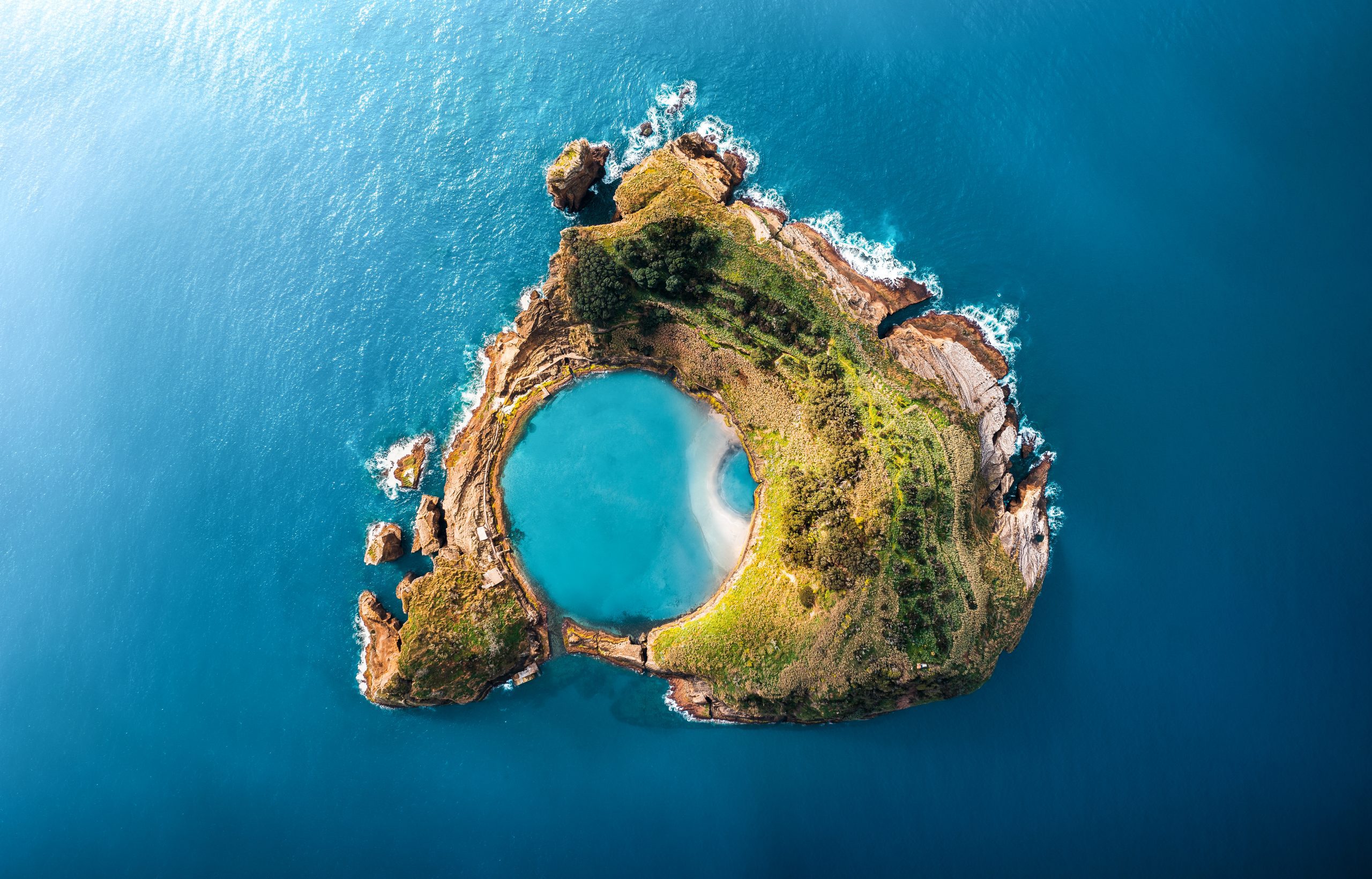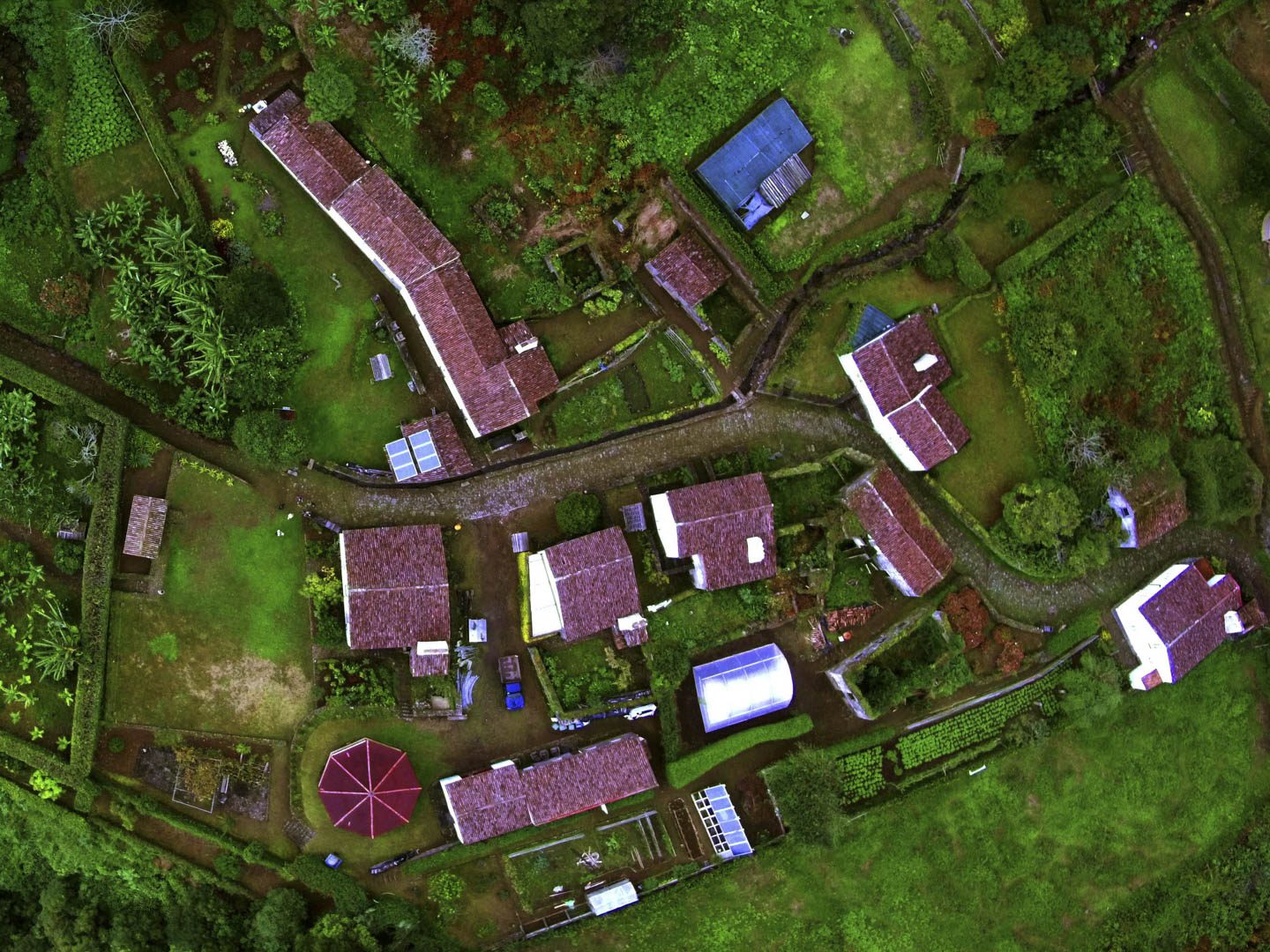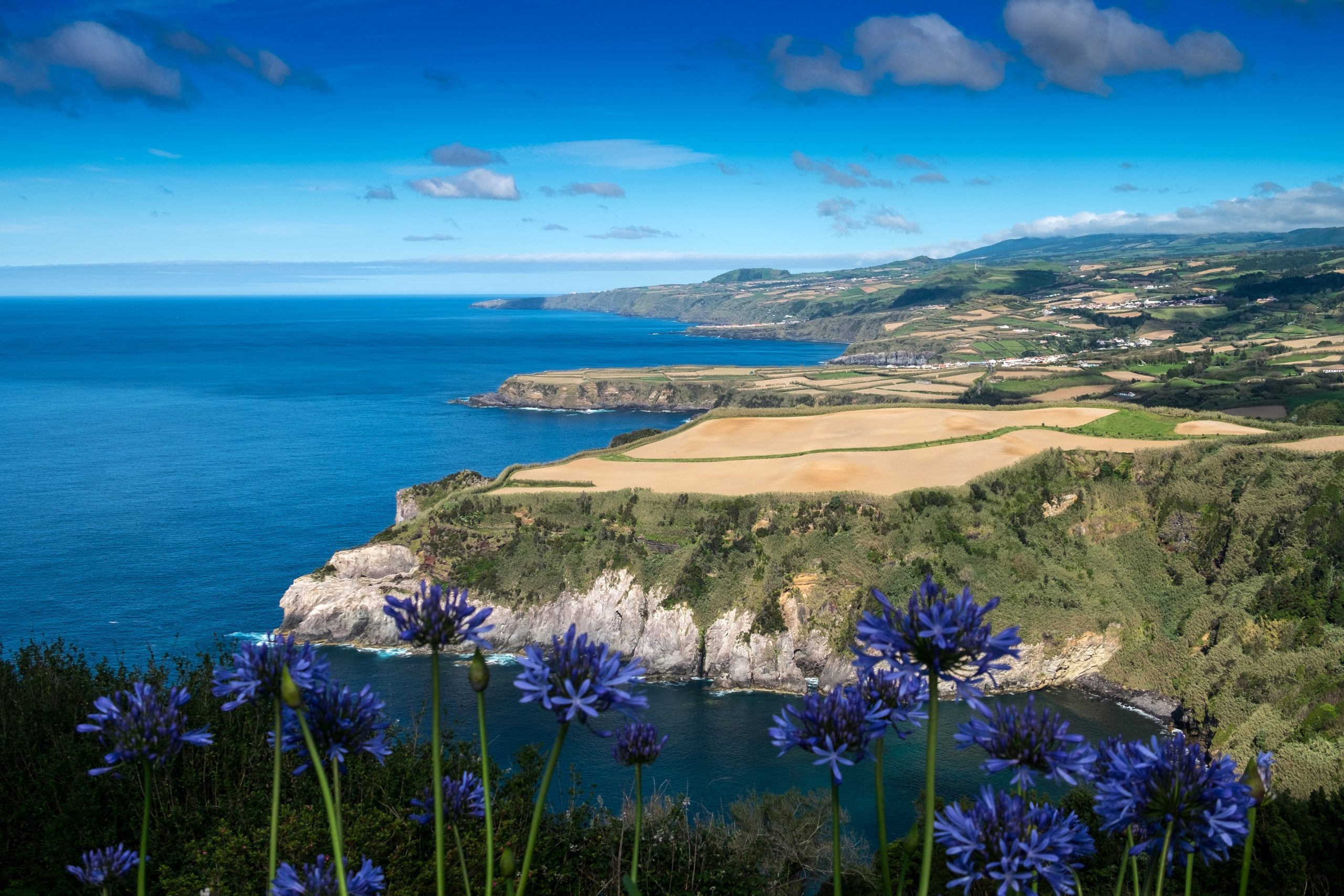The Islet of Vila Franca do Campo is a stunning natural attraction in São Miguel, Azores. Known for its unique lagoon and volcanic origins, it draws visitors for swimming, snorkeling, and the Red Bull Cliff Diving competition held on its iconic rock formations.
Picture this: A perfectly round volcanic crater partly emerging from the Atlantic Ocean, filled with crystal-clear water and colourful fish. A paradise for birds who nest and live there for months, and an equal heaven for travellers to swim and sunbathe the rest of the year. This is Ilhéu de Vila Franca (Vila Franca Islet), in São Miguel Island — Azores Archipelago.
What would be a better place than this little islet to work on your tan and swim in the Atlantic? Plus, due to the shape of the islet, there are usually very few or no waves at all. It is a peaceful environment for the whole family.
But what is this crater doing here, and why does it attract not only travellers but also biologists and athletes from all over the world? In this post, we will discover the history and geology of this wonderful place. Furthermore, we will provide you with all the necessary tips to ensure a great time at the “Princess Ring” in Ilhéu de Vila Franca.
What is Ilhéu de Vila Franca

Ilhéu de Vila Franca is not only a beach of the Azores, but also a Nature reserve. It is much more than that — a little paradise. It is nowadays one of the most popular tourist attractions in the summer, but it has served different purposes throughout time. The romantic islet is also known as the Princess Ring due to its perfectly round shape that resembles a ring. Let’s see together the origins of the islet and its story.
Geology & Volcanology

The islet of Vila Franca is the result of an ancient submarine volcano. Indeed, it is an extinct volcanic cone that is part of the Fogo volcanic complex. It formed inside the ocean by a shallow joint secondary eruption approximately 4,000 to 5,000 years ago. The total area of the islet is approximately 87 hectares, corresponding to a terrestrial surface of 6.2 hectares (62,000 square meters). It seems to be divided into two parts — the big and small islets — but the highest point is at 64 meters above sea level.
Furthermore, the rocky tower beside the islet — called Farilhão — goes up to 32 meters above sea level. About the narrow entrance to the North, channel Boquete, is not a natural area of the islet. Locals widened it to accommodate larger ships during the seismic crises, as the islet served as a shelter.
The volcanology type of the islet is surtseyan, which means the eruption occurred underwater. Studies have proven that basaltic eruptions occurred there, which are phreatic (meaning the eruption was explosive due to contact between magma and water). After the eruption, the volcanic material was compacted, and stratified structures formed.
On the islet, it is still possible to see the areas where volcanic ashes and pumice stones landed. The rocky ground consists mainly of tuffs — consolidated volcanic ash — of palagonite (a fragile, pale rock of low density and high iron content). The bottom of the crater is predominantly made of slabs of lava, and you can also find pebbles and sand.
History of Ilhéu de Vila Franca
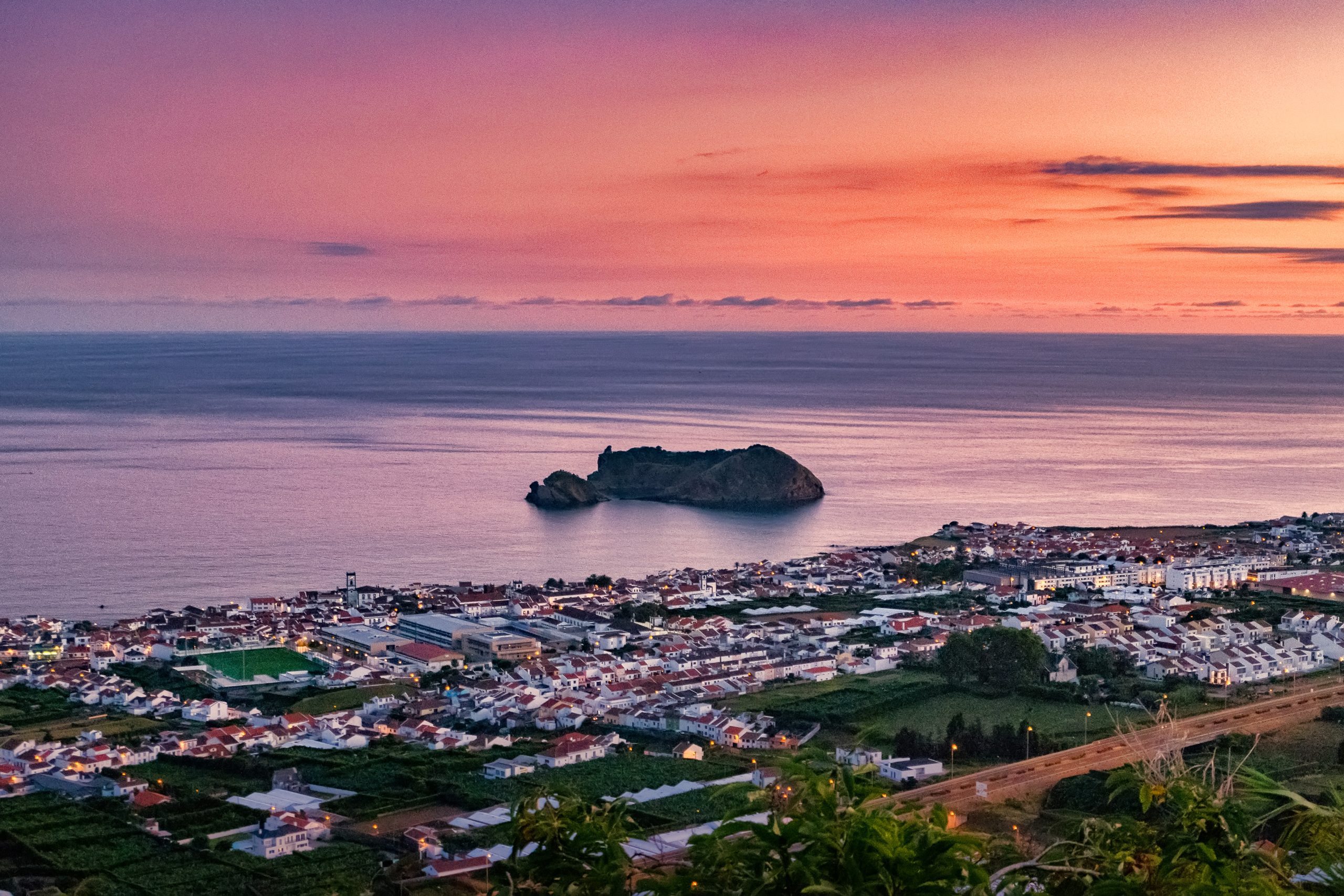
Ilhéu de Vila Franca has many stories to tell. It was officially registered for the first time in 1537, when the settlers of São Miguel began to move westward from Povoação. However, before that, in 1522, the capital of the archipelago at the time, Vila Franca do Campo, was destroyed by an earthquake, and the islet played a significant role in its aftermath. It served as a port of shelter for ships and locals.
In 1563, another seismic crisis hit Vila Franca, and the islet was once again used as a shelter. The next shelter harbour built was in Ponta Delgada. On July 26th of 1582, the islet was in the middle of a naval battle between Spanish and French forces. It served as a prison and an execution place for French prisoners.
Did you know
Did you know that some people would buy the islet over the centuries? It was indeed a private and not a public space. In 1846, the owner of the time, Simplicio Gago da Câmara, used the islet for his grapevine production.
Furthermore, whalers built a lookout hut on the highest point to help hunt sperm whales. In addition to that, the islet was a place to process dead whales.
In 1933, a new owner built two small buildings as holiday houses for his family. However, in the second half of the 20th century, Ilhéu de Vila Franca became a popular summer holiday destination for locals to go swimming. The Regional Government only acquired the islet in 1989. It is now a tourist zone, very popular from June to October, and a nature reserve that is strictly closed for the rest of the year.

Conservation of the Vila Franca Islet
Since 1983, the islet has been classified as a natural reserve. It is strictly forbidden to fish, remove plants, or introduce invasive species to this protected habitat. Furthermore, since 2005, boats have been prohibited from entering the lagoon. A small port outside provides for preserving the water inside.
There is a limit on the number of people who can enter the area, with a maximum of 400 per day and 200 at the same time, to limit the impact of tourism on the islet’s rich fauna and flora.
In 2008, the islet was reclassified as a Protected Area for the Management of Habitats or Species, allowing people to use the islet. From 2012, the Environmental Project LIFE and Safe Islands for Seabirds emerged to help preserve Ilhéu de Vila Franca.
This was a partnership between important conservation entities, including SPEA (the Portuguese Society for Bird Research) and the public sector, such as the City Council of Vila Franca do Campo.

From 2004 to 2007, another project led by Birdlife designated Ilhéu de Vila Franca as an IBA (Important Bird Area). The objectives of these preservation projects were many. Between them was the elimination and control of reeds (an invasive plant that prevents native vegetation from growing, as well as an obstacle for birds to enter their nests) and the plantation of native species.
Likewise, the elimination of fascinating mammals like rats and mice has led to the eradication of these species from the island. And finally, attract birds for nesting by installing sound devices and artificial nests. The bird population, specifically Cory’s shearwaters, is monitored annually.
Furthermore, note that the Naval Club of Vila Franca organizes underwater clean-ups every year, and anyone is welcome to participate. It is an excellent opportunity to help preserve this unique site and to see it closely.
Fauna & Flora

May it be on land, underwater, or in the air around, the islet is so rich in fauna and flora. Ilhéu de Vila Franca is home to a diverse array of animals and plants; we must preserve it for as long as possible.
Animals are the only residents of the islet. Among the fauna living on the islet, we have 29 different species of birds registered, including our dear Cory’s shearwaters, which nest there, as well as common terns, the yellow-legged gull, and the rock pigeon. Additionally, 18 identified species of Lepidoptera (butterflies and moths) are also flying.
In the water, there have been 24 species of littoral fish already registered, like parrotfish, grouper, dreamfish, and pufferfish. You can also occasionally see mollusks, such as octopuses. If you have a mask and snorkel, you can also try to find starfish, sea urchins, and colourful sea cucumbers. Outside the islet, it is frequent to spot dolphins, and sometimes even whales! On land, we have various geckos and crustaceans, including crabs.
Among the flora, you can see some 59 identified species, including nine endemic ones. There is heather, fire tree, reed, agave, or dragon tree, for instance. In the water, you can also spot some submarine flora, as there are 13 species of algae.
What to Do at Ilhéu de Vila Franca
Although it is a small islet, there are many things to do and see at Ilhéu de Vila Franca. That is why you should plan to spend at least half a day there. You can even bring a picnic to enjoy on the shore, which allows you to stay the whole day.
Combine Whale Watching & A Visit to the Islet

Why not make the most out of your day and combine a whale and dolphin-watching trip with a visit to the islet? At Futurismo, we have got your back to spend a fun day in the Azores.
Begin your day aboard one of our boats to explore the wildlife of the Atlantic Ocean. There are 28 different species of whales and dolphins wandering around the islands. From June to October (when the islet is open), you can still see some of the biggest whales in the world, like the blue whale, passing by during its migration, but also our resident sperm whales, visible every month of the year.
Then you will have lunch at a local restaurant, and in the afternoon, we will take you to the islet. We even have some snorkels and masks to borrow, but we always recommend that our travellers bring their own for more comfort. Spend the afternoon at the islet, relaxing on the beach and watching the colorful fish.
Would you like to know the best times for whale watching?
Take a look at our whale watching calendar and plan your next adventure! Don’t miss the chance to spot these majestic creatures in Azorean waters. 🐋 🌊
Sunbathe on the Beach
Lay your towel down on the rocky ground, around the lagoon, to relax to the sounds of the ocean. You can bring a book and enjoy this exceptional scenery to recharge your batteries. When the tide is low, another small beach inside the natural pool suddenly appears for some hours. This circular sand beach in the crater is also a good spot to sit with your feet in crystal-clear water. Plus, it is a super photogenic spot.
→ Related Post: Best beaches in the Azores. Read more!
Snorkel
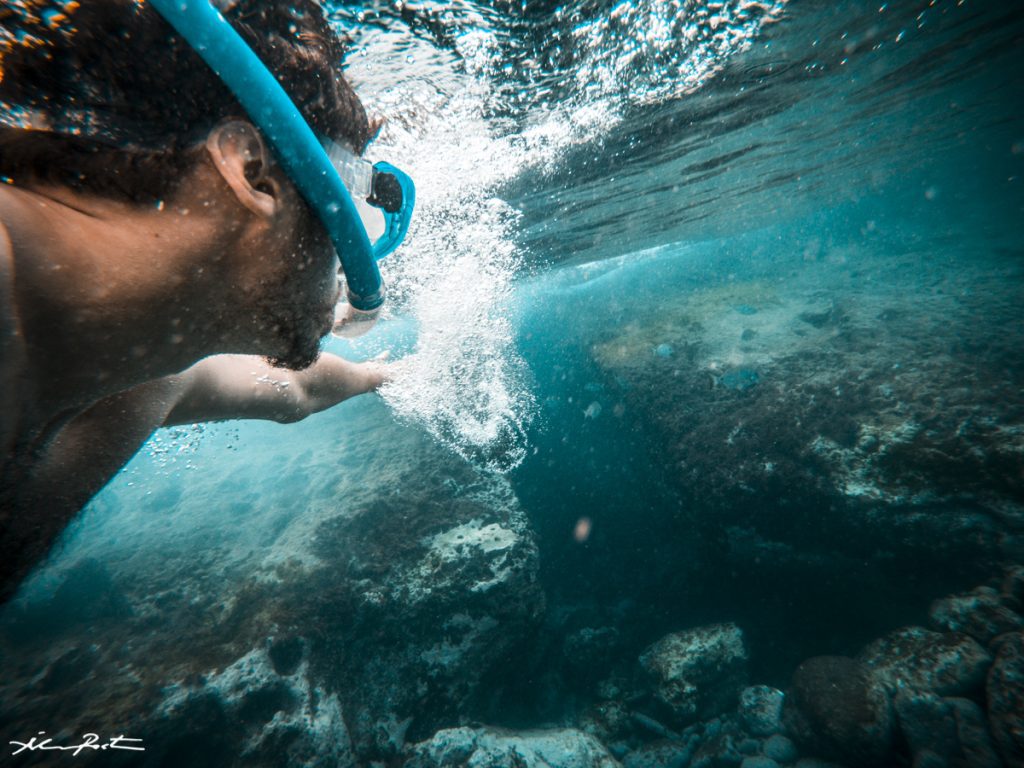
The shallow waters of Ilhéu de Vila Franca are a paradise for a snorkelling adventure. It is very safe as a lifeguard is always there, and there are few waves inside the lagoon. The maximum depth when the tide is high is approximately 20 meters. The lagoon in itself has a diameter of roughly 150 meters.
Along with the seven tunnels you can see around the islet, the marine wildlife is incredibly colourful in the lagoon. Between parrotfish, dreamfish, wrasses, and canary damsels, your eyes will be filled with rainbow colours. Also, look for starfish and octopus, but be cautious around sea urchins.
Walk Around & Go to the Viewpoint

Once you disembark from the boat at the small harbour at the entrance to Vila Franca Islet, this narrow passage to the North allows the water to flow between the ocean and the lagoon, keeping the water slightly warmer and avoiding high sea agitation. From there, you can walk inside and do almost the entire circle. There is a closed area for conservation purposes, but you can still go around the lagoon a bit.
And don’t forget to go up to the viewpoint to have a panoramic view of the islet, with the town of Vila Franca do Campo in the background. If you go on low tide, you can even walk inside the crater, on a thin sand band. Furthermore, look for birds if you enjoy nature and animals. Up to 29 different bird species are flying around the islet. It’s birdwatching time!
Red Bull Cliff Diving
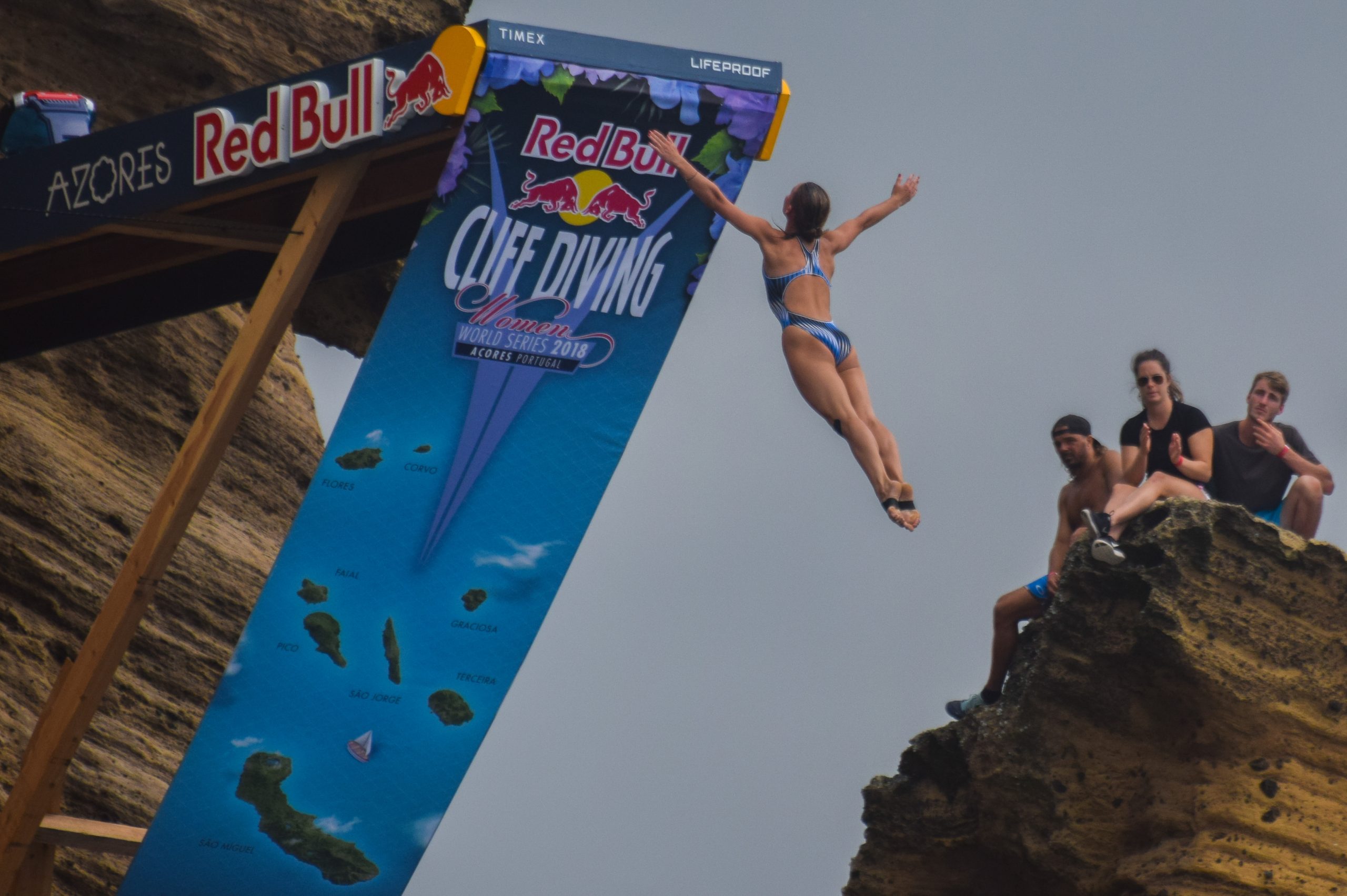
Every year since 2009, the renowned Red Bull Cliff Diving athletes have visited the Azores to jump from the top of Ilhéu de Vila Franca and perform impressive acrobatics. This is a crucial stage in the World Series competition, which spans from France to Australia. An event locals love to watch from a boat.
Professional international divers jump from heights of 27 meters for men and 21 meters for women. This is so spectacular to see. It usually occurs between June and July.
Kayaking
Sea kayaking around the islet is also a great activity to enjoy! It takes about 40 minutes to paddle there. You can visit the different caves, see the cliffs from up close, and even dive outside the islet. Spending time in the ocean can be very therapeutic for some people. The sound, the tranquillity, and the scenery around are unique when you arrive at the Vila Franca Islet, a volcanic crater lost in the sea.
Best Time to Visit Ilhéu de Vila Franca
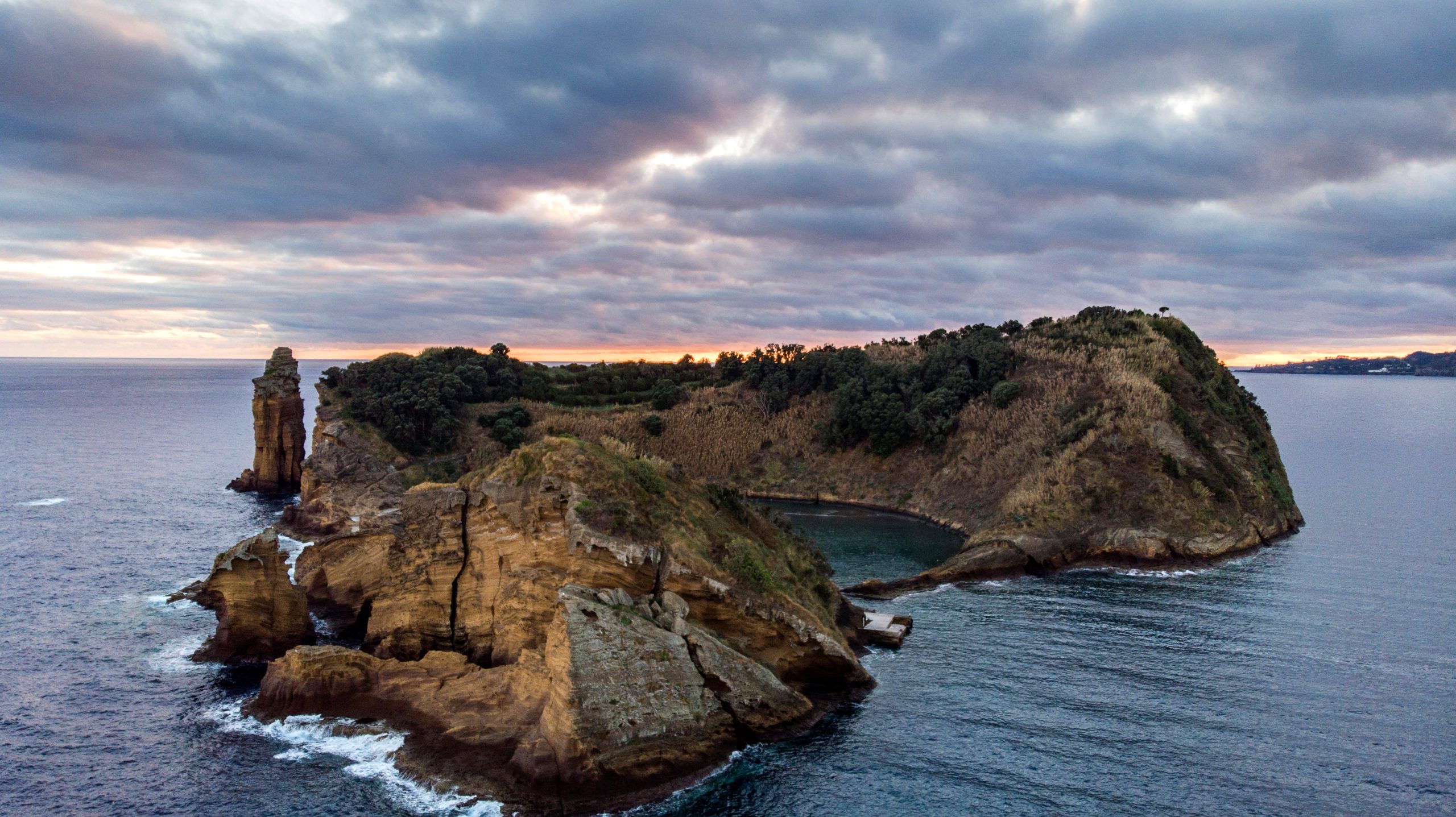
Now that you know all about the story of Ilhéu de Vila Franca and what to do there, let’s help you with helpful information about when to go.
Is a visit to the islet better in the early morning? Or maybe after lunch?
The islet is closed most of the year. Do you know when Ilhéu de Vila Franca is open to travellers? The answer is below!
Check all our articles about the weather in the Azores throughout the year 🌤️ ☔️: January | February | March | April | May | June | July | August | September | October | November | December
Summertime

The high season is the only time when the islet is open for visitors. It is usually from June 15 to October 15. The boat that transports travellers there only operates during that time of year. For the rest of the year, the nature reserve of Ilhéu de Vila Franca is closed for birds to be able to nest in peace. No one is allowed inside the islet outside the opening season, except for scientists.
Best Time of the Day
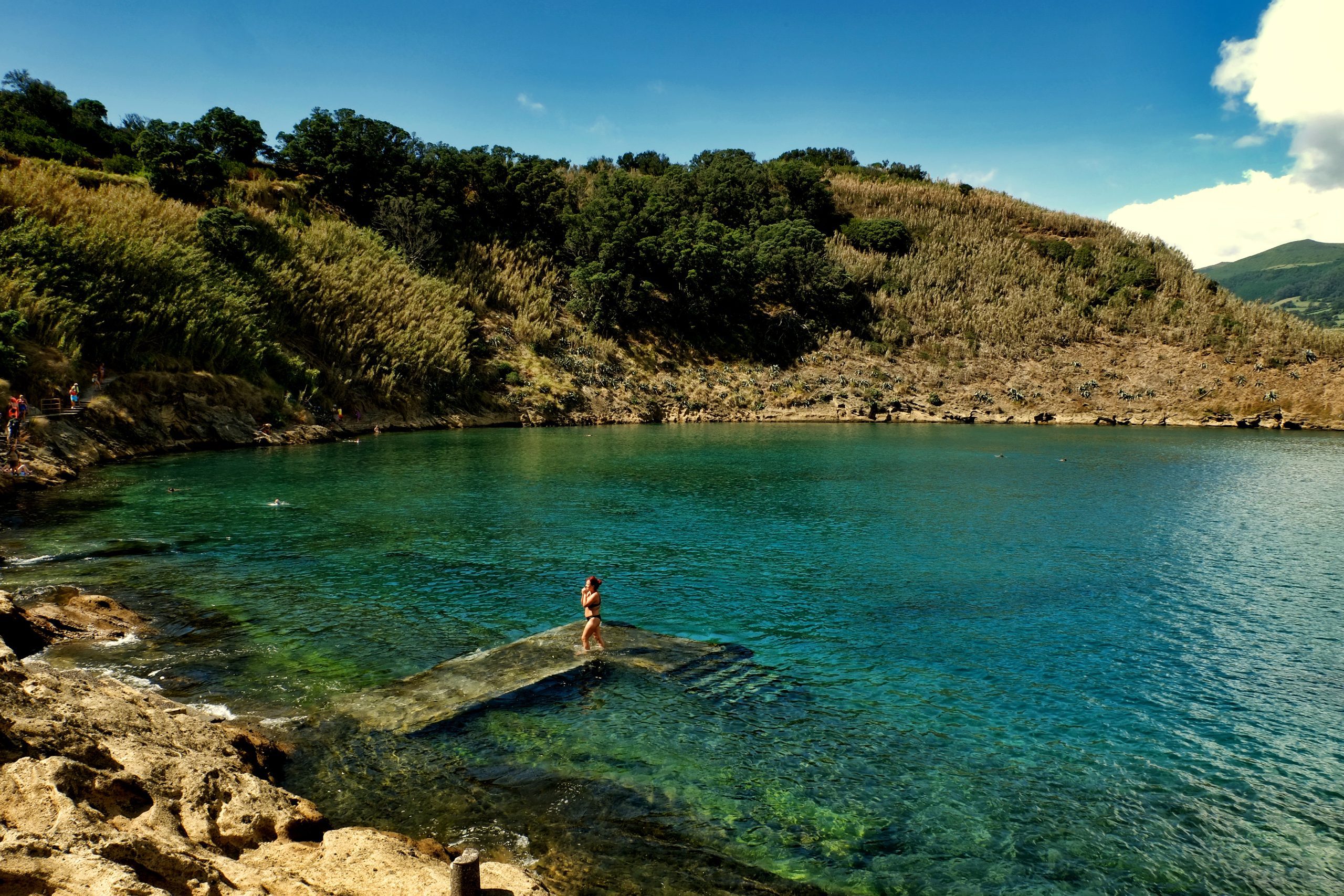
As the islet has a limited number of visitors, with a daily capacity of 400 people and a maximum of 200 people at a time, it is recommended to arrive early in the morning with the first boats. This way, you will arrive at the islet and not have so many people around.
The first boat frequently departs from Vila Franca harbour at 10 am, and it is necessary to purchase the ticket beforehand at the harbour or online. Please ensure you arrive before the departure time, as there may also be a queue to enter the boat, and not every seat is guaranteed.
If you decide to go in the afternoon, you risk not finding a nice spot to lay your towel, or also the maximum number of visitors could be reached already.
Furthermore, note that you need some time to enjoy the islet. One hour is not enough to fully appreciate the scenery and swim in the lagoon. We recommend staying at least two hours, but some people like to spend more time, as it is not something you see every day.
Be cautious in the intense sun of noon, as there are few shady spots. We recommend going early and finding a place with some shade for your comfort.
Plan your visit to Ilhéu de Vila Franca
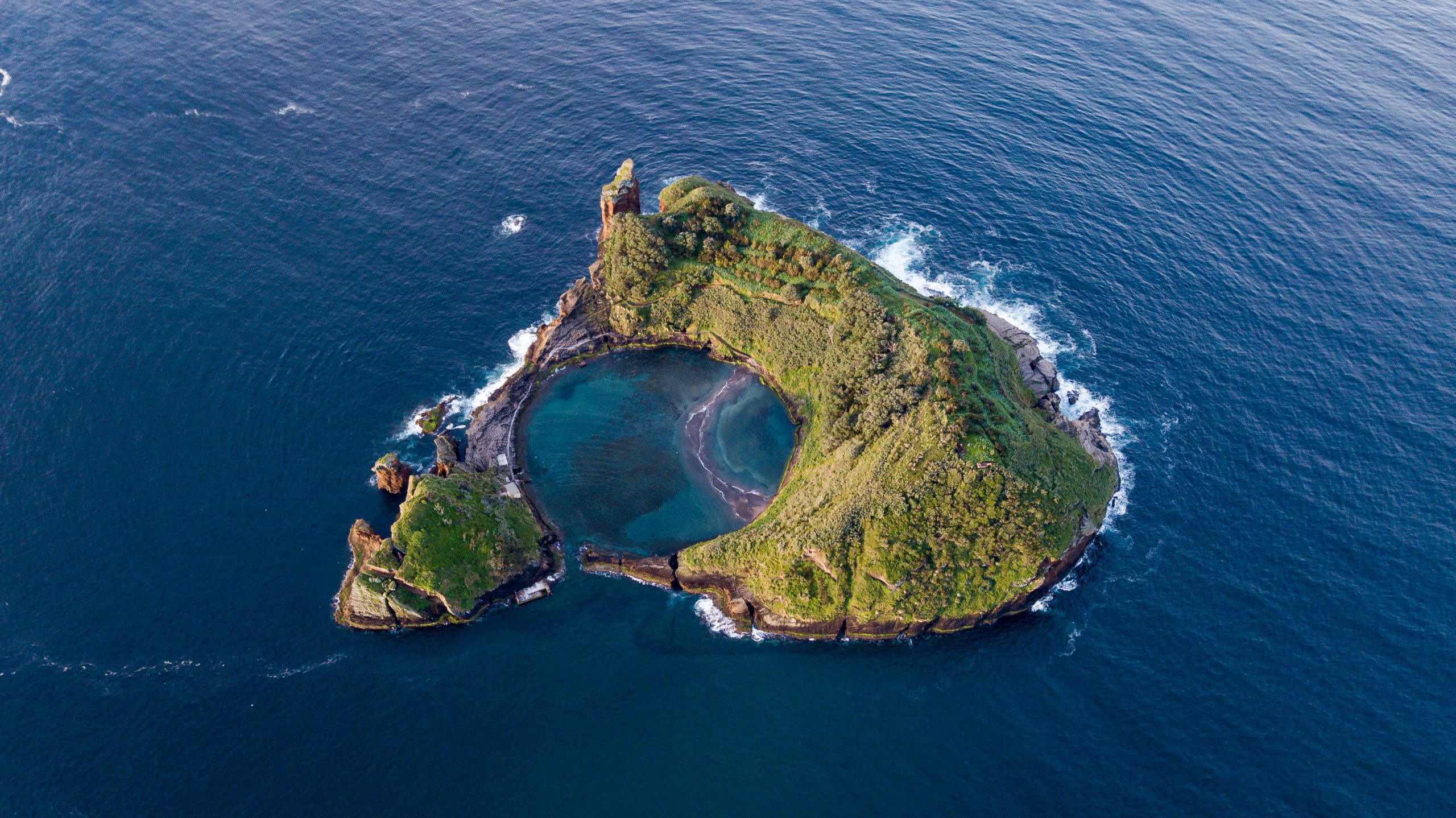
Next is everything you need to know to have a great time visiting Ilhéu de Vila Franca. From how to get there to how much it is to visit, the islet won’t have any more secrets for you. Let’s plan your perfect day at Vila Franca Islet.
How to Get to Ilhéu de Vila Franca

Ilhéu de Vila Franca is on the South Coast of São Miguel island, in the Azores archipelago. The islet is about 1000 meters away from the harbour of Vila Franca. There are a few ways to visit the interior of the beautiful Ilhéu de Vila Franca.
First, you can go to Vila Franca do Campo harbour — Cais de Tagarete — and take the ferry boat, which departs every hour from 10 am to 6 pm. It is an old fishing boat that has been converted to provide ferry services during the summer. It takes about 10 minutes to arrive at the islet. The returns are usually right when the ship arrives at the islet, every hour.
Alternatively, you can come with us on a full-day tour to watch whales in the morning and visit the islet in the afternoon. This is the best way to enjoy this beautiful part of the island, and you even have lunch in a local restaurant included!
When you disembark at the islet, you will feel how small you are in front of nature. It truly is something worth seeing with your own eyes to realize its amazingness.
Price & Opening Hours
The price of the ferry tickets for both ways is:
- 10 € for foreigners
- 6 € for residents
If you book online, a small tax will be added. Furthermore, note that this price includes a tax for nature conservation.
The first boat leaves the harbour at 10 am, and the last boat comes back to São Miguel Island at 6:10 pm. Outside this time, it is not possible to go inside the islet.
Pro Tips
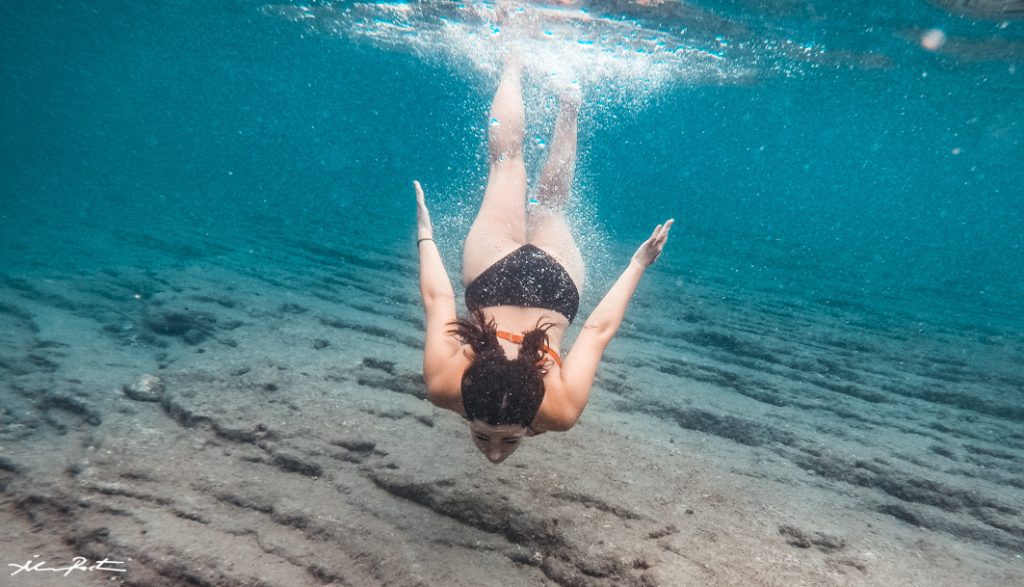
As there is not much shade on the islet, be sure to bring some good sunscreen, sunglasses, and a hat. Furthermore, please keep in mind that water and snacks are available, as there are no cafés or restaurants on the islet.
For more comfort on the rocky ground, bring a thick towel to lie down, as well as water shoes or flip-flops.
If you want to go snorkelling, you can usually find masks and snorkels at the ticket office. But we always recommend getting your own, as this is not a guarantee. Furthermore, for fun, underwater pictures, get your waterproof camera!
In terms of clothing, as you might have already heard, we have the 4 seasons in a day in the Azores. So, get ready for anything! It can be very hot and sunny, and suddenly raining heavily.
We also recommend bringing a bag with you to collect all your litter and take it back with you. Remember, leave nothing but footprints.
What to Do After Ilhéu de Vila Franca

There are so many things to do near Vila Franca do Campo! You can enjoy a walk inside the town that was once the Azorean capital.
Also, if you have the chance to go up the mountain by car to see the fantastic view from Ermida de Nossa Senhora da Paz, go for it because you won’t regret it! From up there, you have a beautiful panorama of Vila Franca do Campo and the islet. Such a picturesque place!
Not so far away from Vila Franca, you can find a less touristy but unique spot. We are talking about Lagoa do Congro. This otherworldly lake in the middle of the forest is a curious place to visit. The scenery is lush, from the water to the surrounding trees. You will understand why São Miguel is the green island after seeing Lagoa do Congro.
Check all our articles about each one of the most relevant points of interest in Vila Franca do Campo: Vila Franca do Campo | Ermida de Nossa Senhora da Paz | Ilhéu de Vila Franca | Praia da Amora | Praia da Vinha da Areia | Praia de Água D’Alto | Lagoa do Congro | Lagoa dos Nenúfares | Miradouro do Castelo Branco
If you are not lucky with the weather, then consider heading to Furnas hot springs instead of Ilhéu de Vila Franca. You can choose between the Terra Nostra Park and the Poça da Dona Beija. They are perfect for rainy days.

Complementary Information
Best Season to Visit the Azores
The Azores Archipelago boasts a unique climate that shapes its lush landscapes, making it a splendid year-round destination. With mild temperatures and minimal fluctuations, each season offers something unique. Spring averages 16 °C, summer reaches 21 °C, autumn cools to 18 °C, and winter remains mild at 14 °C.
→ For a detailed breakdown of the weather by month, check the following links 🌤️☔️: January | February | March | April | May | June | July | August | September | October | November | December
How to Get to the Azores
The Azorean Archipelago is easily accessible through numerous flight routes. Lisbon and Porto are the main entry points to the continent, with direct flights available to São Miguel (PDL), Terceira (TER), Faial (HOR), Pico (PIX), and Santa Maria (SMA). To find the best flight, use search engines like eDreams or Skyscanner. These platforms let you compare prices and schedules from multiple airlines in one convenient location.
For more details on how to get to the Azores, take a look at our complete guide. But what if you want to explore beyond your arrival island? We’ve got you covered!
- Azores airports 🛬
- Flights between islands ✈️
- Ferries between islands ⛴️
- Which island to choose? 🏝️
- What airlines fly to the Azores? 🛩️
→ Once you’ve found the perfect route, book your tickets and get ready to experience one of the world’s most stunning island groups!
Travel Essentials
Essential Information for your Azores trip: Azorean Language & Phrases 🗣️ | Currency & Banks 💵 | Credit Cards & Traveler’s Cheques 🏧 | Driving in the Azores 🚗 | Electricity 🔌 | Experiences & Tours 🗺️ | Health & Safety 🩺 | Internet & Wi-Fi Access 🛜 | Phones & Mobile Service 📞 | Post Offices & Buying Stamps ✉️ | Public Holidays 🏖️ | Shopping 🛒 | Time & Daylight 🕒 | Whale Watching Guide 🐳 | Best Island to Visit 🏞️
Useful Tools & Apps
The weather in the Azores can be variable, so it’s helpful to use some apps before visiting the islands. Spotazores provides live camera feeds from the main tourist attractions, allowing you to check the weather and plan your visit. For accurate weather predictions, use Windy or Windguru — they provide the most reliable predictions.
Video
Conclusion
Now that you are an expert on Ilhéu de Vila Franca, you need to book your ticket to the Azores and visit this natural wonder on São Miguel island. We hope you found everything you needed to know, and that we can share this experience in the wild Atlantic.
Authors’ Note
I am pleased to inform you that all the recommendations in this article are based on my personal experience and observations. As the author, I have personally visited each attraction mentioned, ensuring that every suggestion is grounded in first-hand knowledge and genuine enthusiasm.
FAQs
To visit Ilhéu de Vila Franca do Campo, you can take a boat tour from the marina in Vila Franca do Campo. The boats operate regularly during the summer months. Check out a tour here!
Visitors can enjoy swimming, snorkelling, and exploring the natural pool formed inside the crater. There are also walking trails that offer stunning views of the island and the surrounding ocean.
Yes, there is a small entrance fee to help maintain the natural reserve. The cost is typically included in the ticket price for the boat tour.
It’s recommended to bring swimwear, sunscreen, a hat, water, and snacks. There are no facilities on the islet, so come prepared with everything you might need for a few hours.
Photo Gallery
